

Sustainability Action Plan
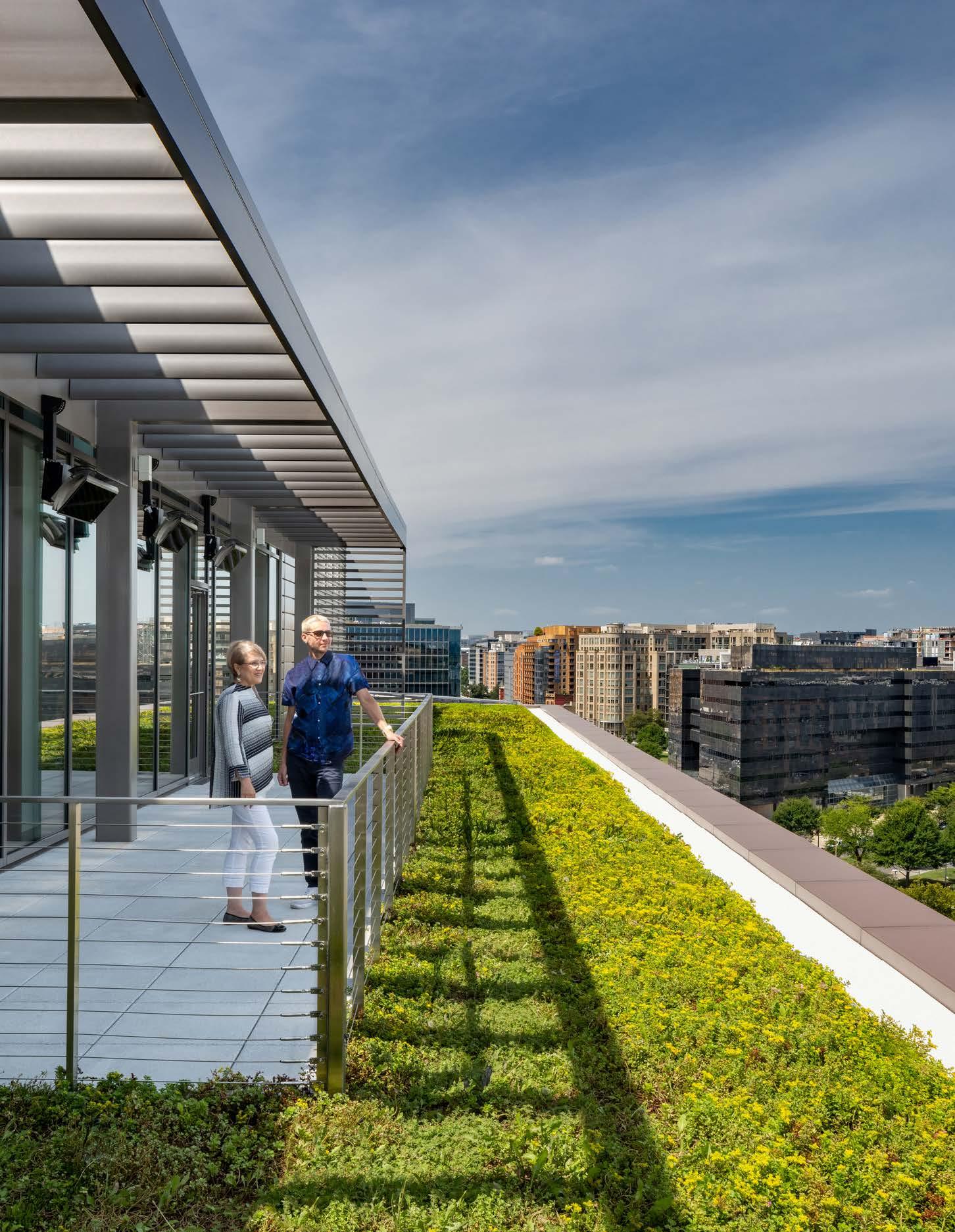
1 Introduction / 6-15 About Us
Our Purpose
Our Vision
Our Commitments
2 Our Structure & Key Principles / 16-31
Our Organization
Our Key Principles
- High Performance Design
- Decarbonization
- Responsible Materials
- Well Being
- Post-Occupancy Evaluation
3 Approach / 32-45
Our Process
Goal Setting
The Workshop Design Review
Using the AIA Framework for Design Excellence (FDE)
4 Reporting: Our Commitments / 46-57
AIA 2030 - Our Reporting Process
SE 2050
MEP 2040
AIA Materials Pledge
5 Education / 58-67
Company Wide Education Commitment Education Resources
6 Operations / 68-73
Carbon Benchmarking and Targeted Reduction Strategy Policy, Review, and Implementation
7 Advocacy/Community Engagement / 74-77
Conference Presentations & Publications
Community & Industry Engagement APPENDIX A & B / 78+
1 Introduction
About Us
LEO A DALY’s diverse and creative teams combine expertise in planning, architecture, engineering and interiors to offer a holistic response to our clients’ challenges. For more than a hundred years, we’ve created places that inspire wonder, connect communities and enable a rich diversity of experience. Our design approach is based in inquiry, focused on innovation and rooted in social and environmental responsibility.
Founded in 1915, LEO A DALY rose to national prominence for pioneering the use of interdisciplinary project teams: a “whole project” approach that ensures maximum efficiency, coordination and client satisfaction.
Today we continue a legacy of innovation and commitment to client satisfaction. More than 400 design and engineering professionals in nine studios worldwide continue to create exceptional spaces that enhance and enrich the human experience. Our diverse, award-winning portfolio includes projects in a wide range of markets in more than 91 countries, all 50 states, and the District of Columbia.
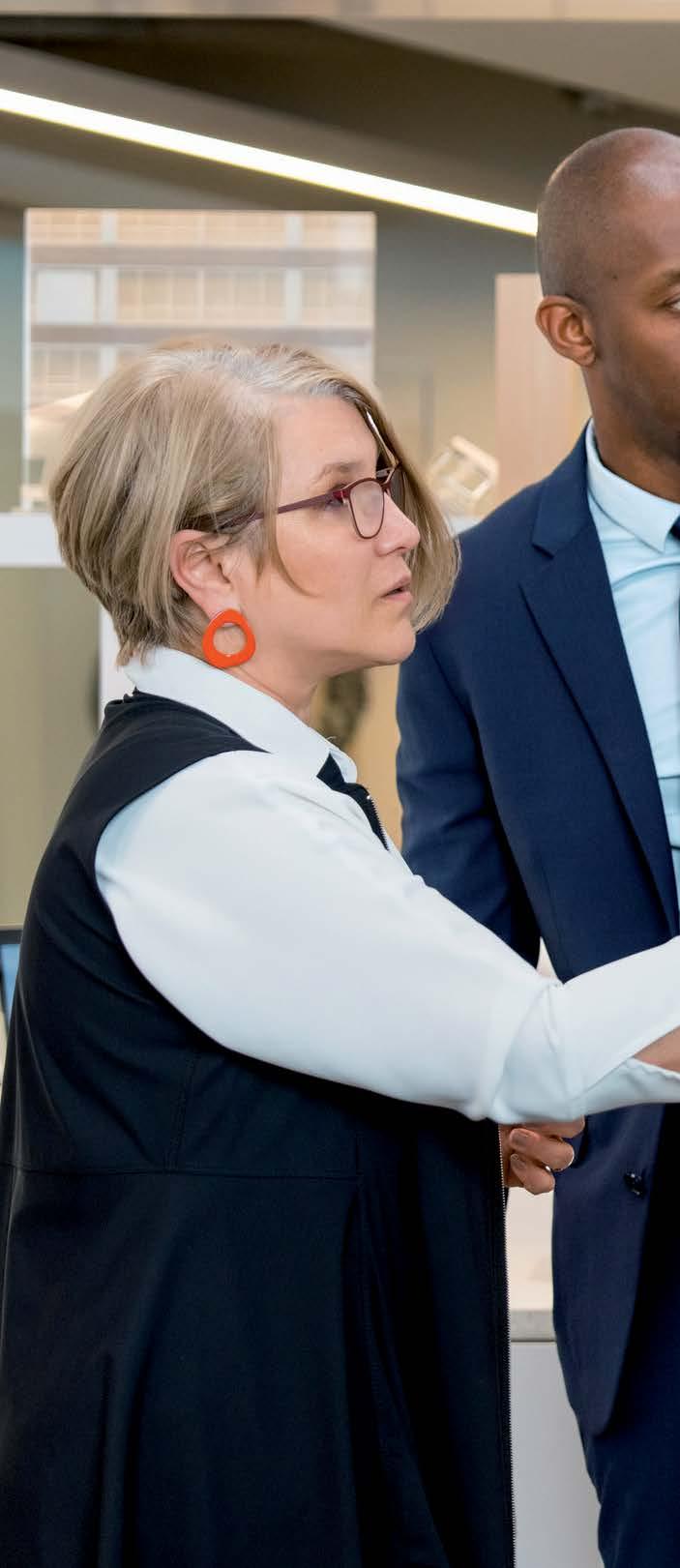
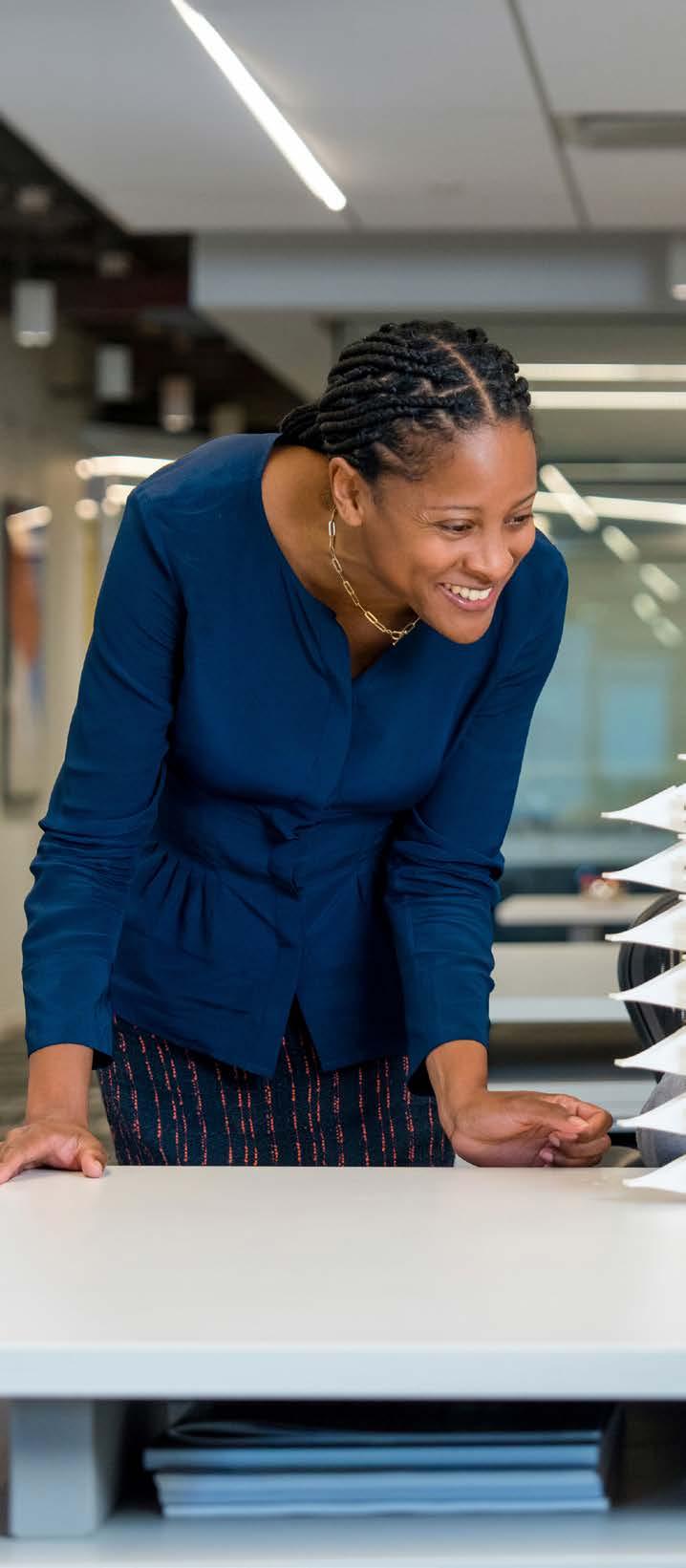


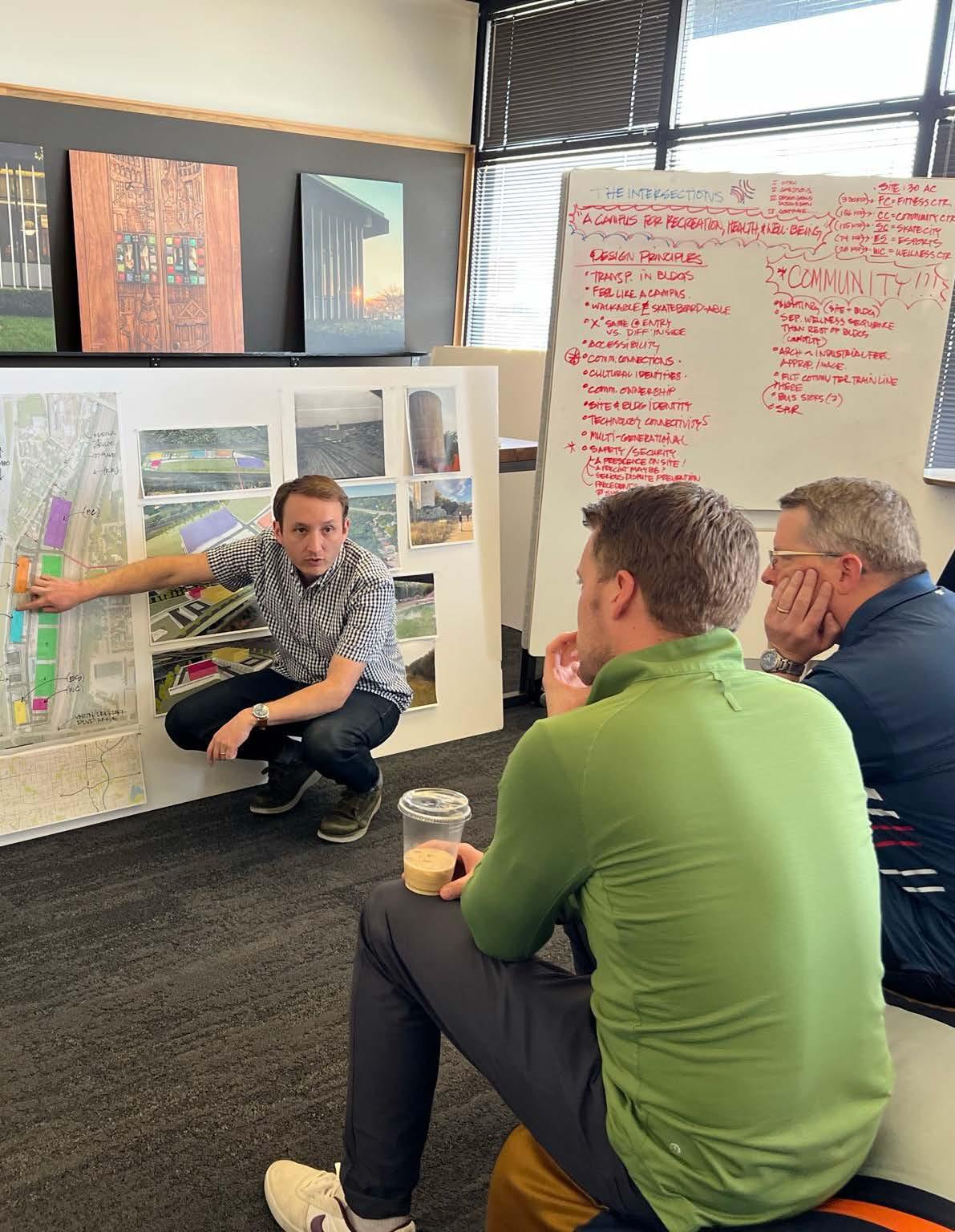
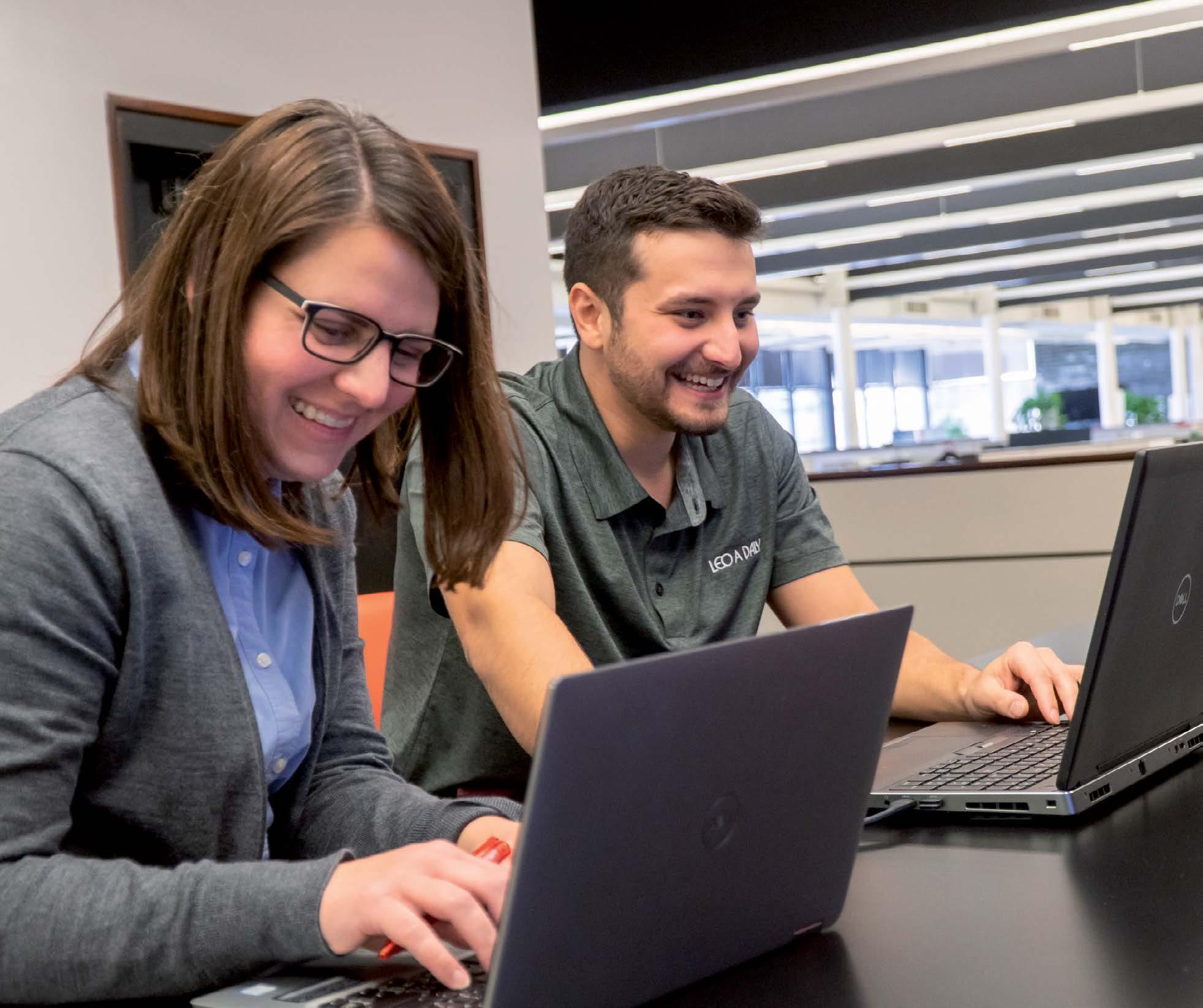


Our Purpose
LEO A DALY is a global design firm working in a time of unprecedented change with pressures on multiple fronts – social, environmental, economic and political. Embracing the view that architecture must respond to the spirit of the age, our responsibility and our relevance lies in making the world a better place through work that responds to the challenges the era presents.
We consider how a work performs in our physical, social and economic environment - how it accommodates its program and purpose, makes community, fits within the natural environment, the city, the economy and time. Performance, as a measure of a building's fit, is our focus and common design agenda. This agenda is not only our responsibility and contribution to the larger profession; it is at the core of a continual evolution that is essential to the vitality of our practice.
As a firm committed to client service, we recognize our responsibility to our clients’ agenda. As a multi-office firm, we bring multiple attitudes and sensibilities to the work of giving physical form to each agenda. To advance our practice as a global design firm responding to the challenges of our day, we are committed to bringing consistent and coherent design standards to our work – an agenda that includes but also moves beyond that of the client, founded on core principles and a shared commitment to environmental, social and economic good.
Our Vision
As a global practice engaged in the design of the built environment, we are committed to the work of transforming our profession to lead the way to a sustainable future.
Our responsibility begins in each studio with the challenge of changing the culture of our practice into one in which sustainability and good design are intertwined, one in which every design decision automatically considers the impact on building performance and the environment. We are committed to using data to inform those design decisions and to measure their effectiveness in a performance-driven design agenda.
Our practice is project based. The results of a change in culture will be manifested in our work. As our expertise grows through experience, staff education, professional engagement and an ever-expanding knowledge base, we look to collaborate with our clients to generate work that consistently pushes beyond certifications to performance-driven projects that are carbon neutral and, ultimately, energy positive.

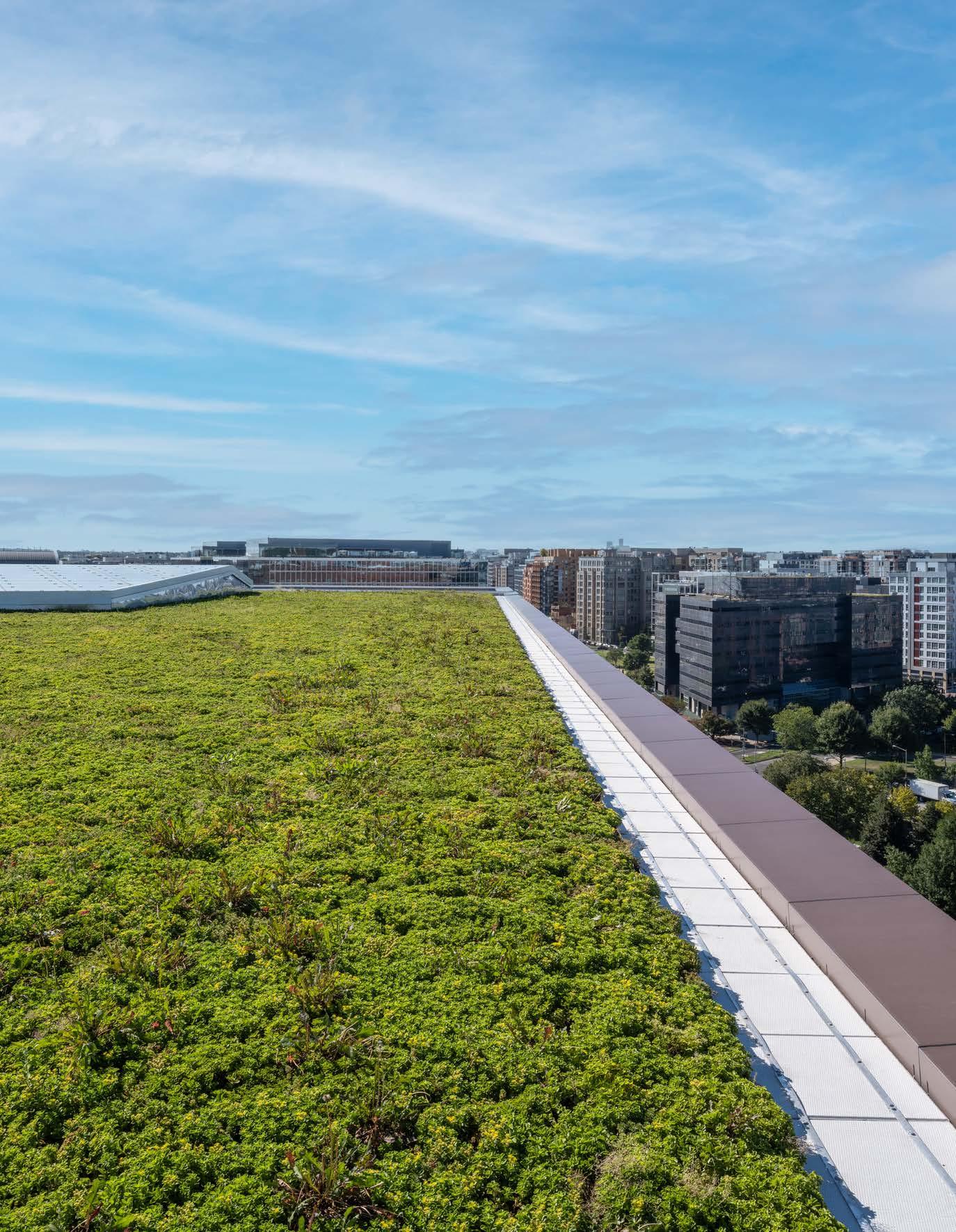


Our Commitments
The vision of a more sustainable future requires our profession and our industry to act. LEO A DALY strongly supports the AIA’s leadership in providing benchmarks through sustainability related pledges. We are honored to count ourselves among the signatories of the AIA 2030 Commitment, the MEP 2040 Commitment, the SE 2050 Commitment and the AIA Materials Pledge. Active participation in these pledges allows us to stay on the forefront of sustainability efforts.
We also embrace the AIA Framework for Design Excellence (FDE) as a tool to give structure to a performance-based design agenda. The FDE is an inclusive structure to help set objectives and establish priorities for each design discipline in service of a sustainable whole.
Structure & Principles2
Organizational Structure
Our sustainability organization, like the integrated practice of sustainability, threads through all of our studios and all disciplines. This organization-within-an-organization operates from the bottom up as well as the top down in support of our primary activity of high-performance design. It also includes the separate but related activities of data collection/reporting and education.
An organizational chart gives structure to our sustainability community to formalize lines of communication and to build a hierarchy through which we hold ourselves accountable. In practice, the structure is necessarily more fluid; the organization will continue to evolve as our practice continues to integrate sustainability into every aspect of our work.
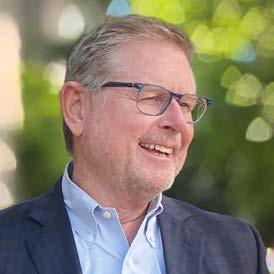
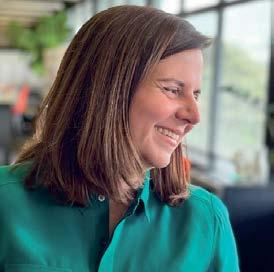
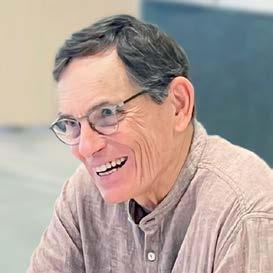

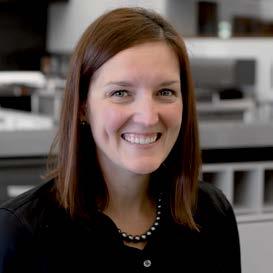
Projects
Kim Cowman
Dennis McFadden
Nick Lassek
Steve Lichtenberger
Nancy Melby
Executive Sponsor facilitates, provides leadership, and advocates to firm leadership for the work of the Sustainability Steering Committee. The Sponsor meets on a regular basis with the Steering Committee to advise and to track the progress of initiatives.
Sustainability Steering Committee works with the Executive Sponsor to:
1. Provide vision and strategic priorities in alignment with firm goals and sustainability best practices.
2. Using the LAD SAP as a guide, implement strategies and monitor ongoing initiatives and Commitment reporting.
3. Support and advocate for sustainability working groups, SMEs and project sustainability leads.
4. Connect LAD to external sustainability networks for current best practices.
Knowledge Communities are the working groups focused on one particular aspect of sustainability lead by and in support of the SMEs. The various knowledge communities are in support of our identified key principles of sustainable design: High Performance Design, Decarbonization, Wellbeing, Responsible Materials, and Post-Occupancy Evaluation.
Sustainability Subject Matter Experts are leaders with a deep knowledge of some aspect of sustainability. They act as advisors to the champions embedded in projects as well as lead specific sustainability working groups.
Sustainability Coordinator monitors, advises, and coordinates the work of all the project sustainability leads across all studios.
Education and Reporting are specific Knowledge Communities with focused outcomes independent of project work. Both are crucial contributions to the larger sustainability efforts of the profession as a whole.
Sustainability Leads are the sustainability champions embedded in every project team. The lead is not necessarily an expert but a team member responsible for working between the project team, the SMEs, and the Coordinator to implement the project’s sustainability agenda.
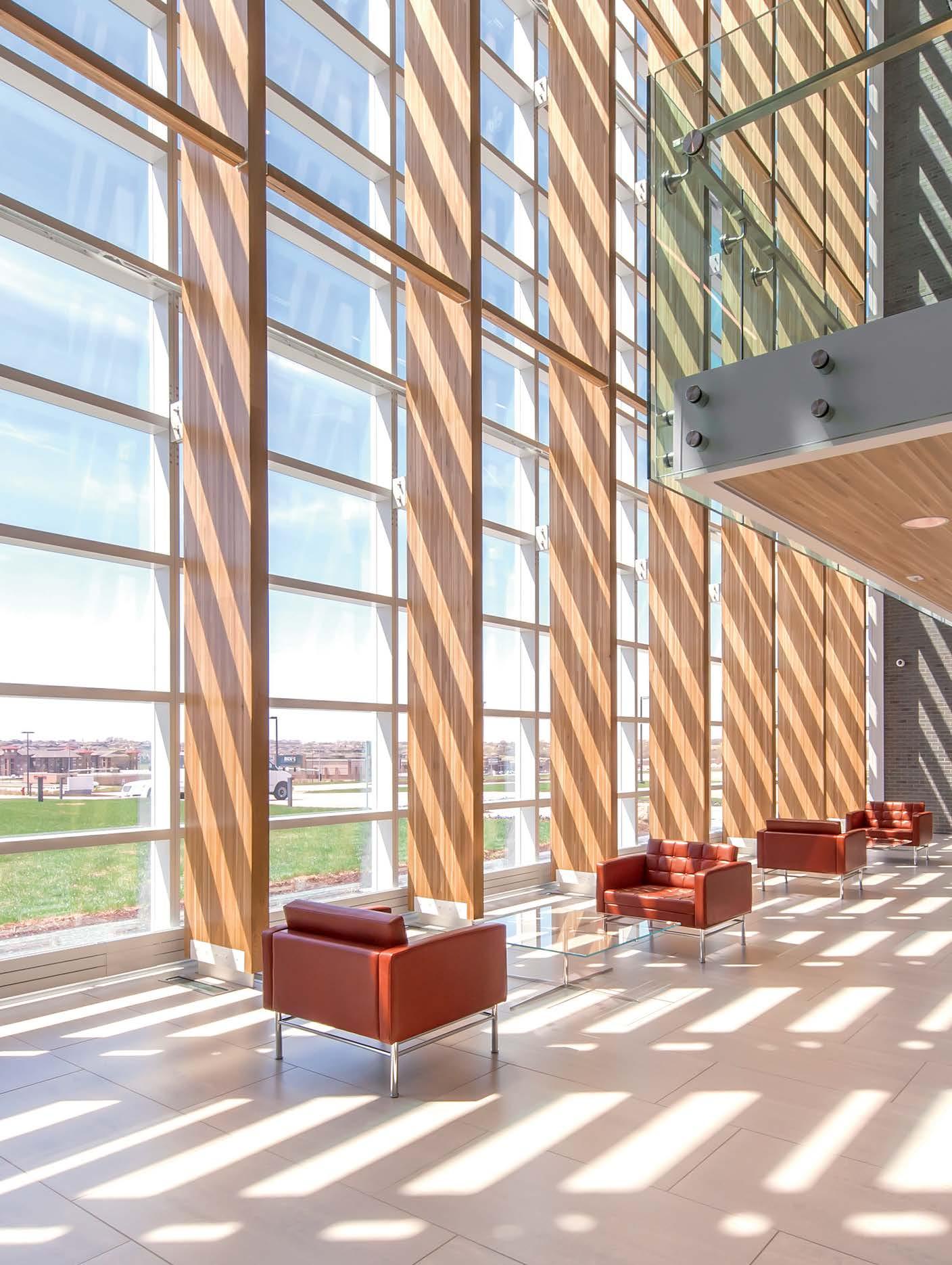

Our Sustainability Key Principles
In our commitment to sustainability, we are focusing our practice around five key principles of sustainable design that allow us to implement a holistic approach to how we build and implement a sustainability-driven culture and process across our operations and portfolio.
Key Principles:
• High Performance Design
• Decarbonization
• Responsible Materials
• Wellbeing
• Post Occupancy Evaluation
These principles are reinforced through our development of subject matter expertise, our selected industry commitments, our internal processes, and execution of project design.
Sustainability Key Principle:
High Performance Design
In our commitment to a sustainable built environment, high-performance design is central to our approach. This design philosophy, grounded in data and analysis, enables us to create spaces and systems that prioritize performance.
From the earliest stages of a project, LEO A DALY mandates that every design begins with benchmarking its energy performance. We will set an energy target to guide the design process and conduct preliminary performance analyses to inform key architectural decisions such as massing, orientation, glazing, and fenestration.
By integrating performance analysis throughout the design process, we can explore all potential design solutions to enhance performance. The types of analysis come in many forms including energy modeling, daylight and glare, solar radiation, renewable energy, occupant comfort, computational fluid dynamics, embodied carbon, indoor air quality, wind, water, and life cycle cost. Each analysis is intended to strengthen our integrated design approach, fostering interdisciplinary coordination to create buildings that perform at their highest potential.

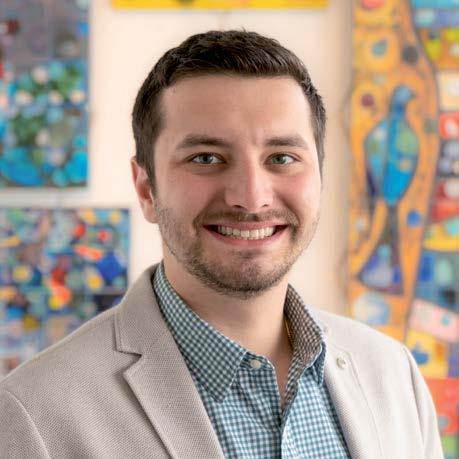
Nick Lassek PE, CBCP Mechanical Engineer
High Performance Design Subject Matter Expert
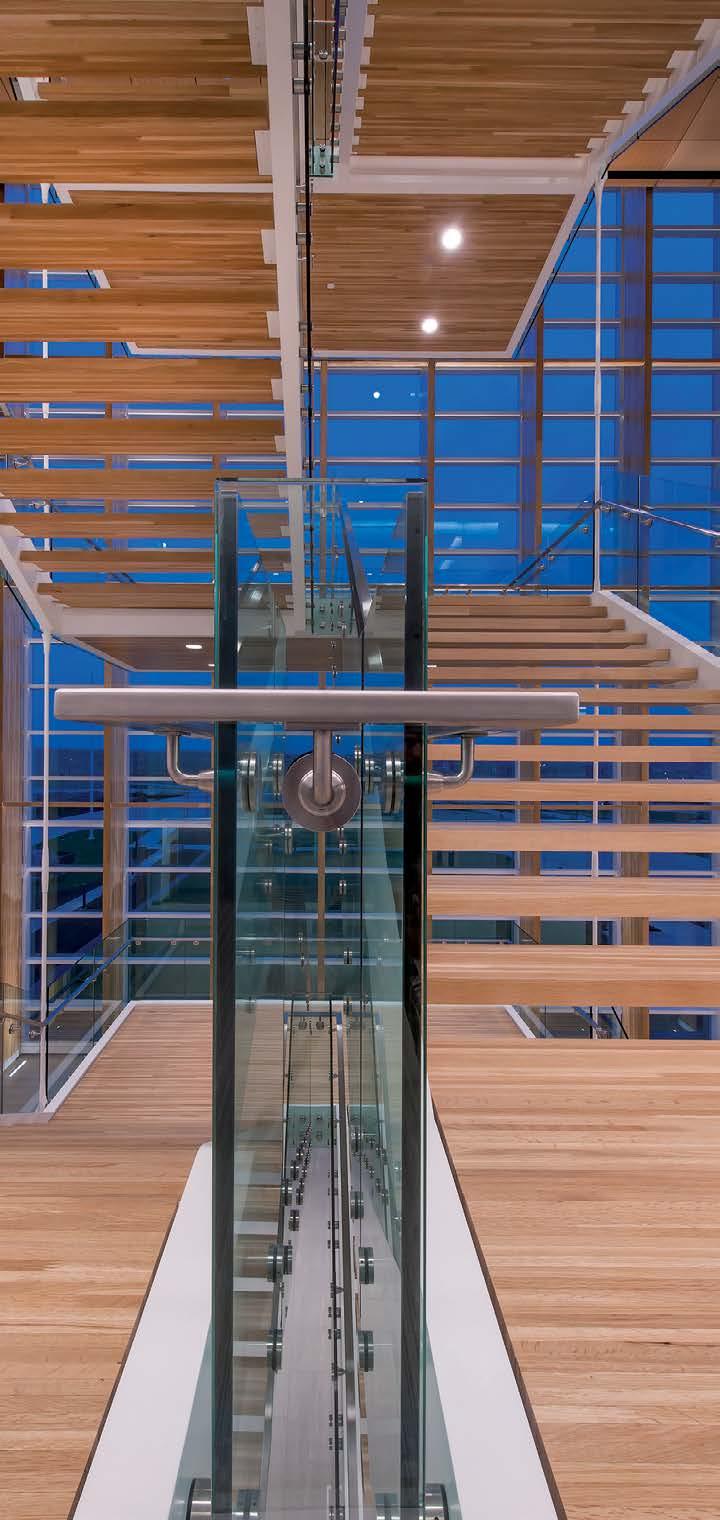

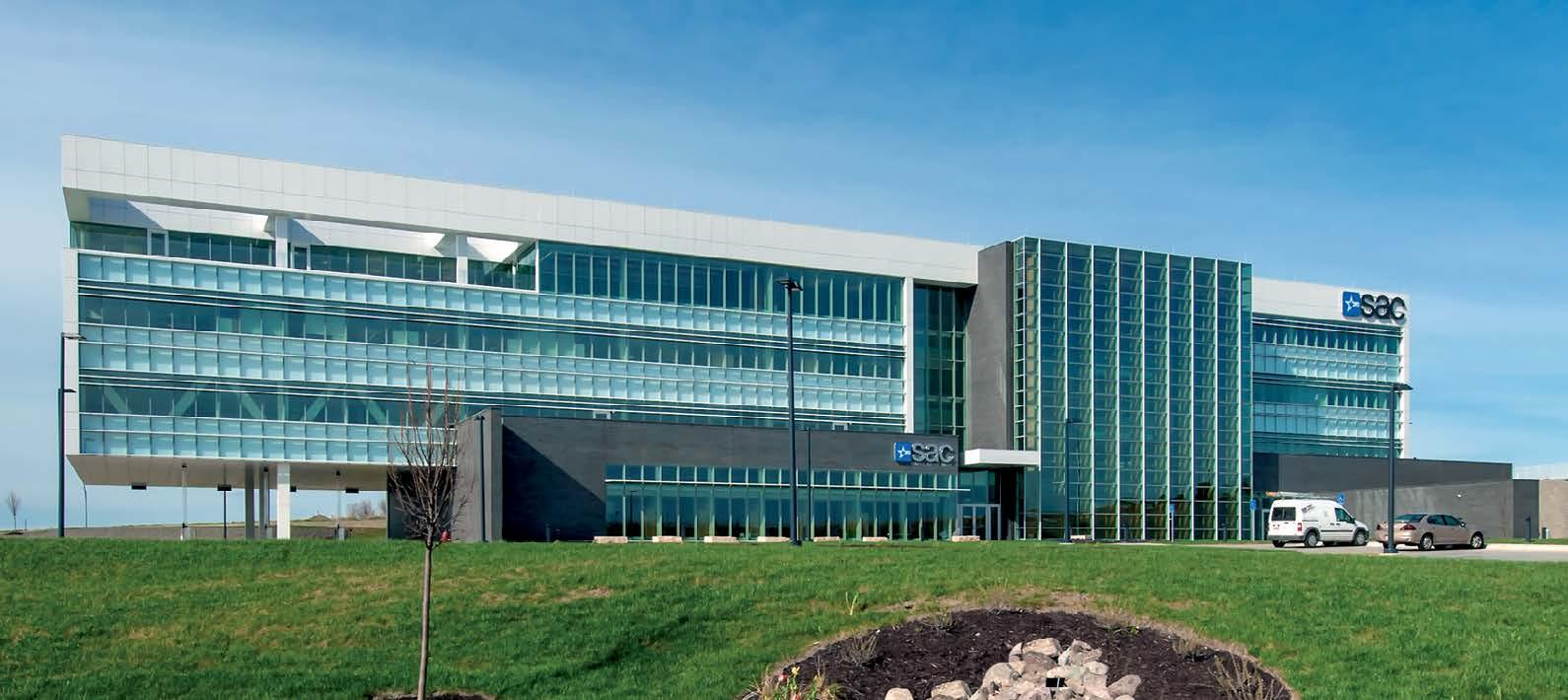
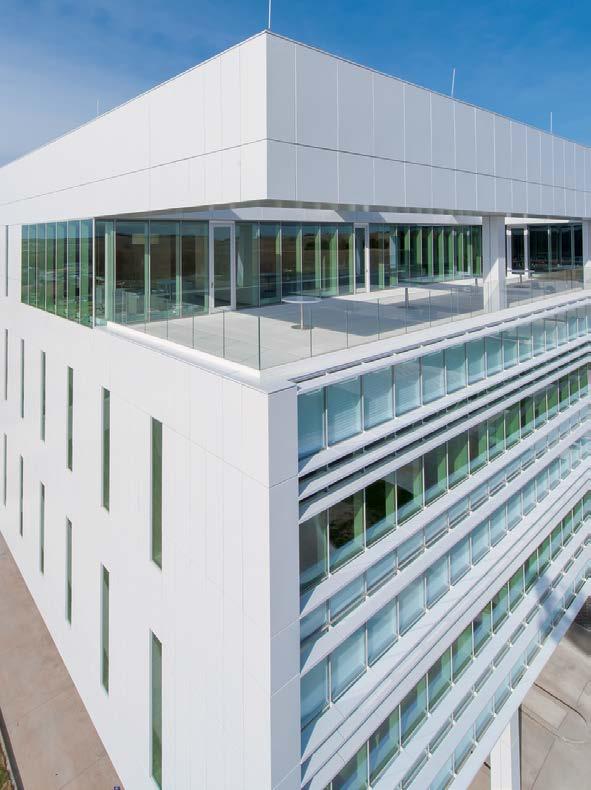
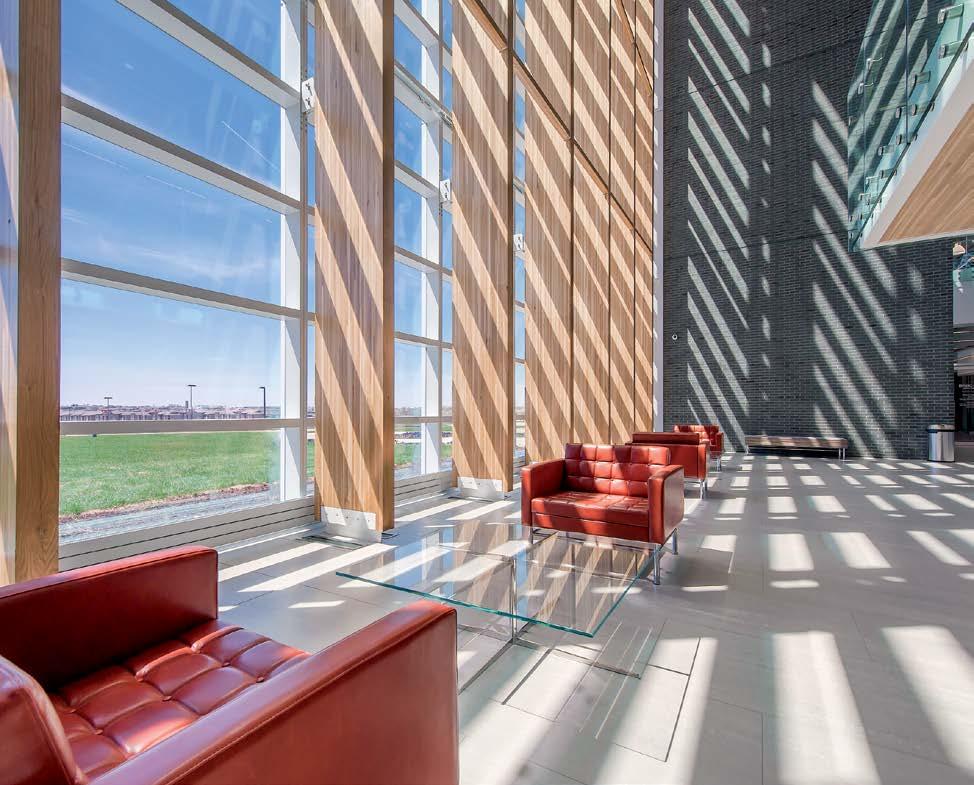
Spotlight: Cobalt Credit Union
During a period of incredible growth, Cobalt Credit Union (formerly SAC Federal Credit Union) recognized they needed a consolidated home to sustain the next 30 years of operation. Cobalt commissioned LEO A DALY to design a new and efficient headquarters near Omaha, Nebraska.
The building systems feature multiple strategies to reduce operational carbon and minimize cost. A chilled beam system, a water-to-water heat pump and energy-efficient lighting all contribute to an efficient structure.
Heat pump air handlers connected to a geothermal well field loop supply dehumidified air to the building. This allows for lower air temperatures to maintain dehumidified air, with resulting energy savings.
Modular chiller/heaters connected to the geothermal well field supply chilled and heated water, with two of the building’s four pumps switching between chilled and cooled depending on needs, a system that’s 17% more efficient than ASHRAE standards.
Spotlight: 20 Mass
LEO A DALY designed this adaptive reuse project, turning a former federal office building into a mixed-use building including retail and a luxury hotel.
Use of field technology such as laser scanning of existing structure informed design and construction decisions, minimizing time consuming and expensive changes in the field. Building on the existing structure saved 6,905 metric tons of CO2e, which is equal to emissions from 1,488 cars in one year, or the carbon sequestered by 114,175 saplings over 10 years.
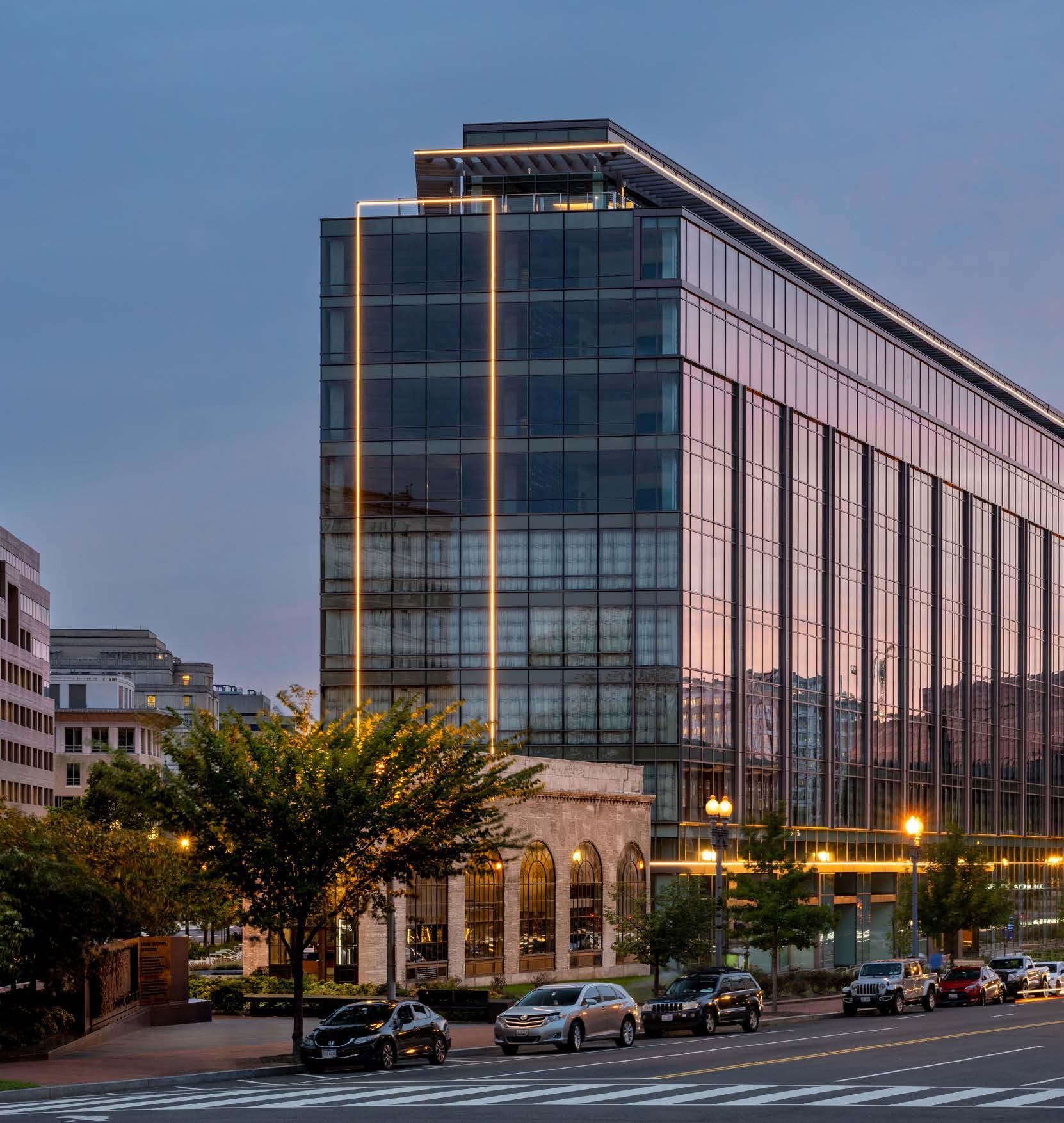
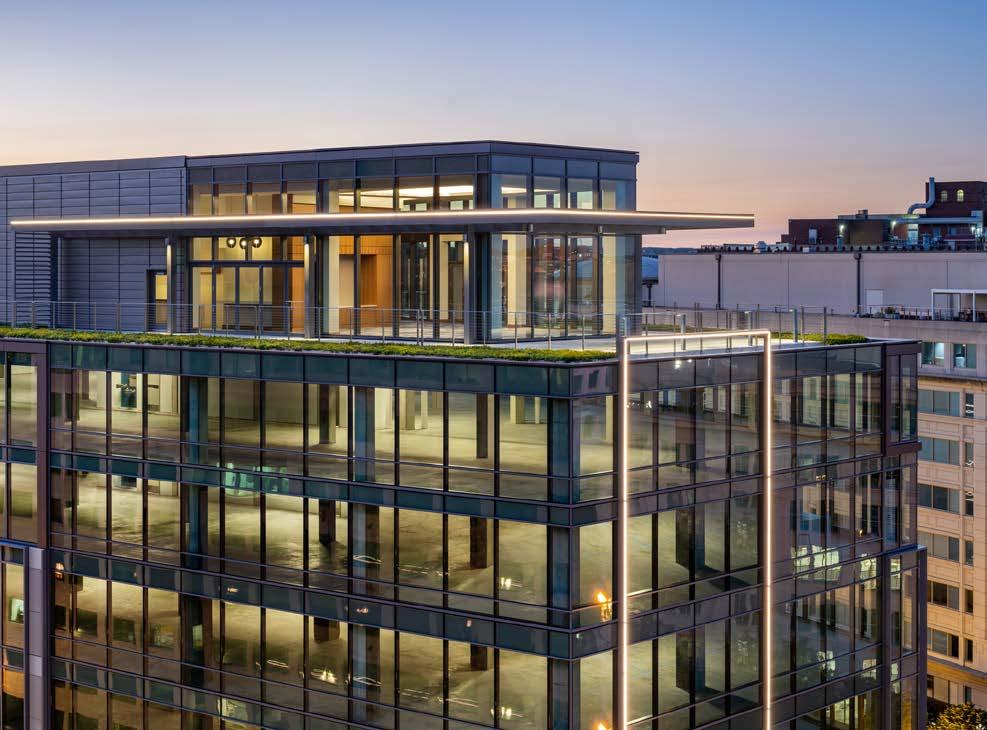
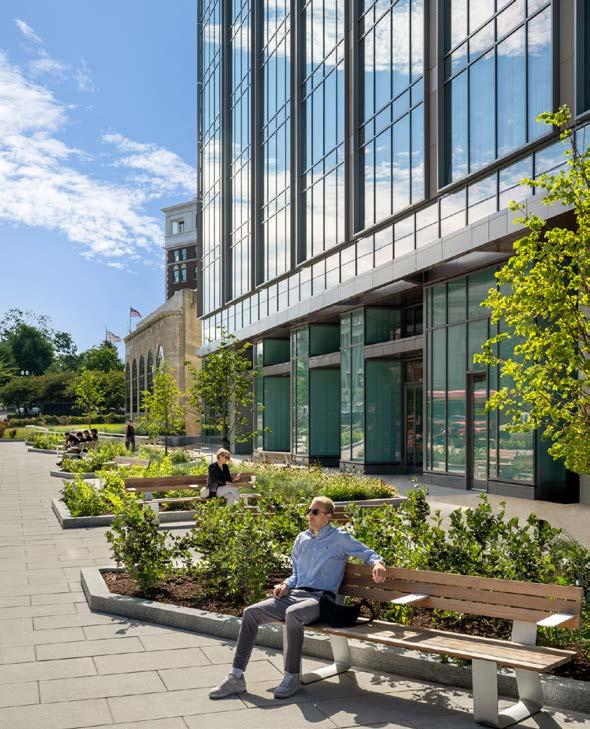
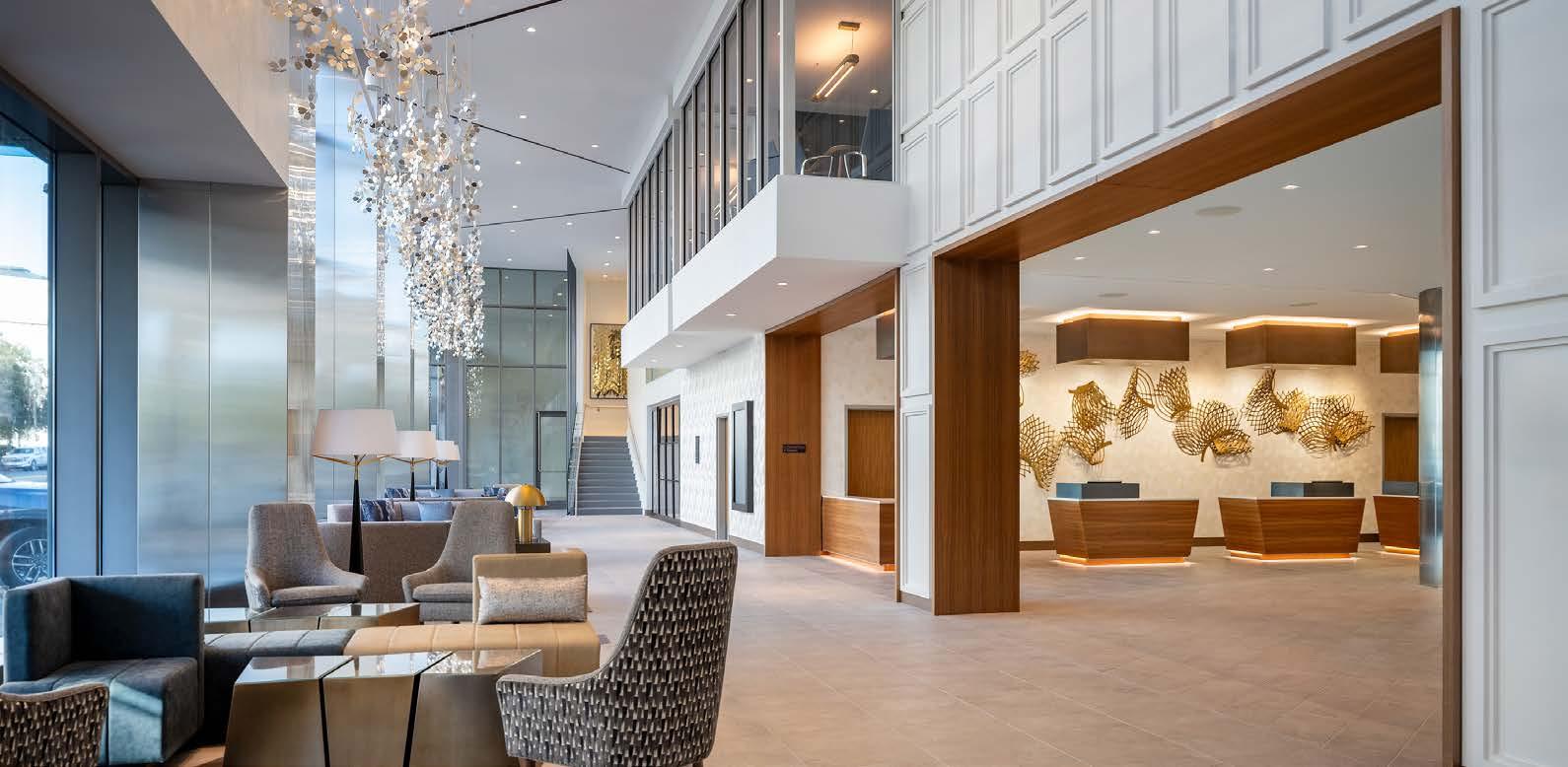

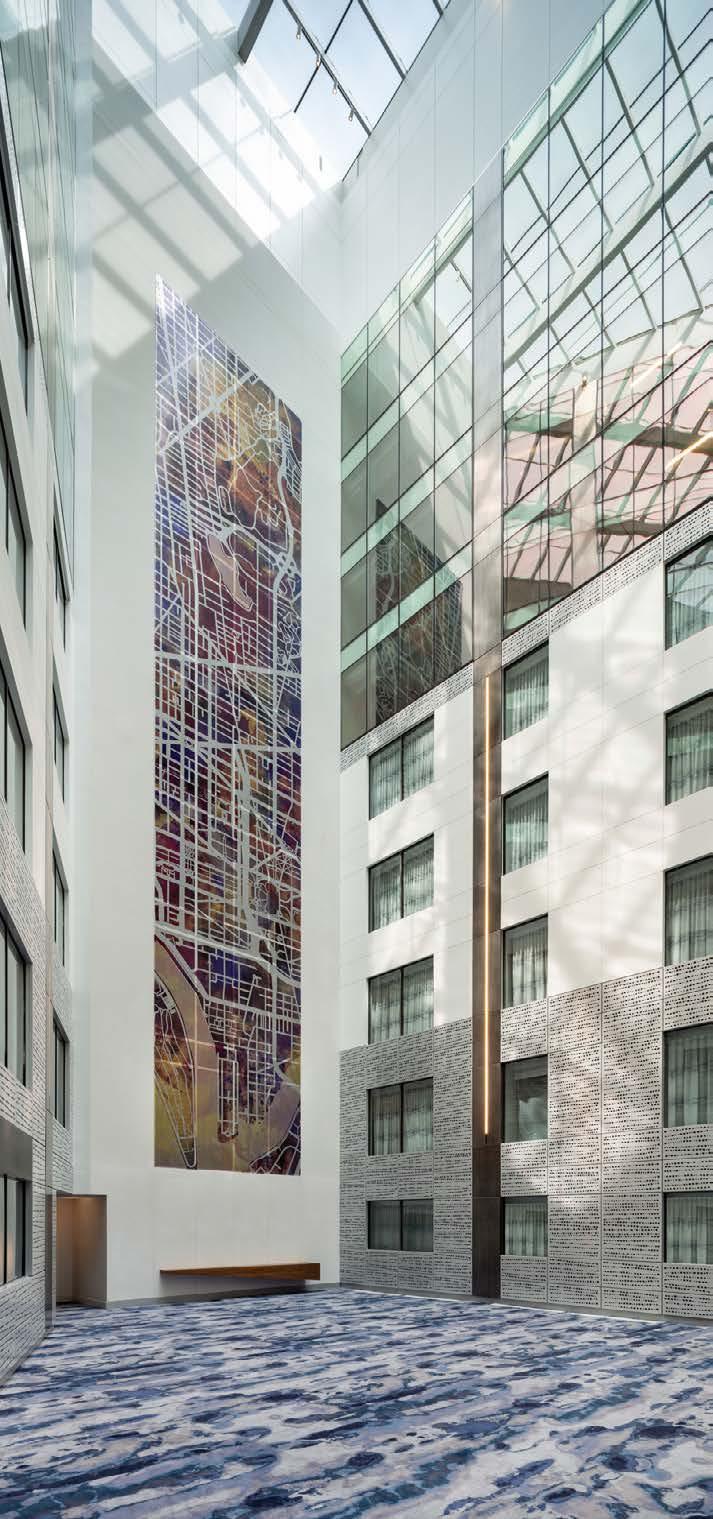
Sustainability Key Principle:
Decarbonization
We help clients explore, manage and reduce embodied and operational carbon emissions. While energy efficiency and clean energy are still important parts of the decarbonization conversation, there is more to consider and address as we work to enhance the built environment. Our experienced professionals provide, measure and evaluate a range of carbon–reducing and carbon-free options that align with project and operational goals.
Within the last few years, the industry has recognized that designing buildings to operate more efficiently is not enough to keep global temperatures under the 1.5-degree threshold that scientists believe will enable us to avoid the most catastrophic consequences of climate change. We must also reduce embodied carbon, defined as the carbon emitted in association with the extraction, manufacturing, transport, and demolition of building materials.
Embodied carbon is found in all building materials but is most heavily concentrated in steel, concrete (specifically cement), aluminum and glass. Because of this, our short-term goals are focused on structural and envelope design, using life cycle assessments to help us understand the order of magnitude impact of these materials and lower impact alternatives, such as wood, bamboo, cork, and cement alternatives.
Our structural engineering practice evaluates options ranging from “low hanging fruit” strategies, specifications and substitutions to assessing opportunities for mass timber structures. In addition, we evaluate options to make changes to envelope designs as well as influence interior materials selections through the lens of embodied carbon reduction.
We have invested in life cycle cost analysis tools to measure design embodied carbon impacts and are dedicate to educating our clients on the value of prioritizing building reuse.
Abby Goranson Director, Structural Engineering
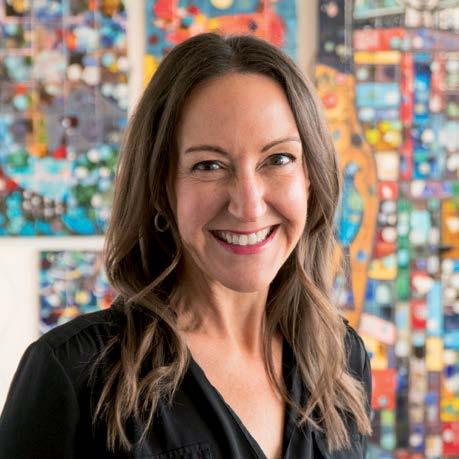
Sustainability Key Principle:
Responsible Materials
The chemical makeup of furniture and finishes plays a critical role in the health impacts of the built environment. We are committed to understanding and using product transparency and optimization labels as a lens through which we make material selections. We give preference to products that freely disclose their chemical makeup and are striving for benign impacts from cradle to grave.
Our Responsible Materials working group is dedicated to advancing collective awareness of the environmental and human health impacts of building materials. Our two-pronged approach focuses on the two most common ways materials make it into buildings – design selections and specifications.
Education directly affects material selections made by architects and interior designers, and we proactively require vendors to address the impacts of their product lines and identify materials with labels and certifications.
Our designers are empowered to research and understand various labels. Our general requirements specifications for all projects set minimum thresholds for product selections with environmental and human health disclosures.

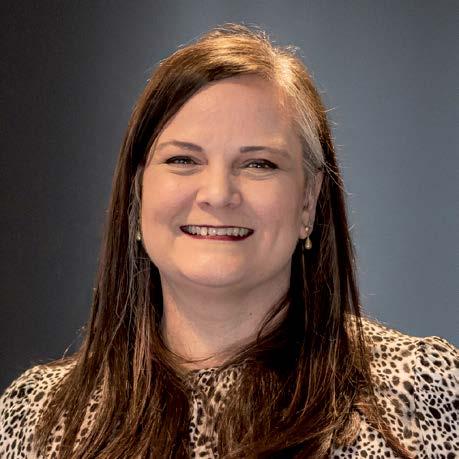
Jennifer Gustafson Senior Interior Designer
Responsible Materials Subject Matter Expert
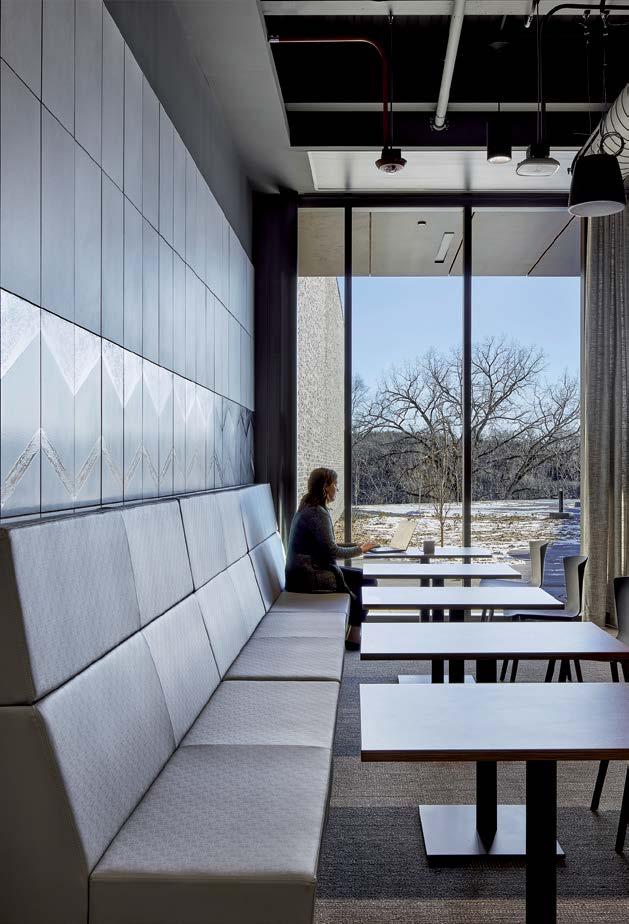




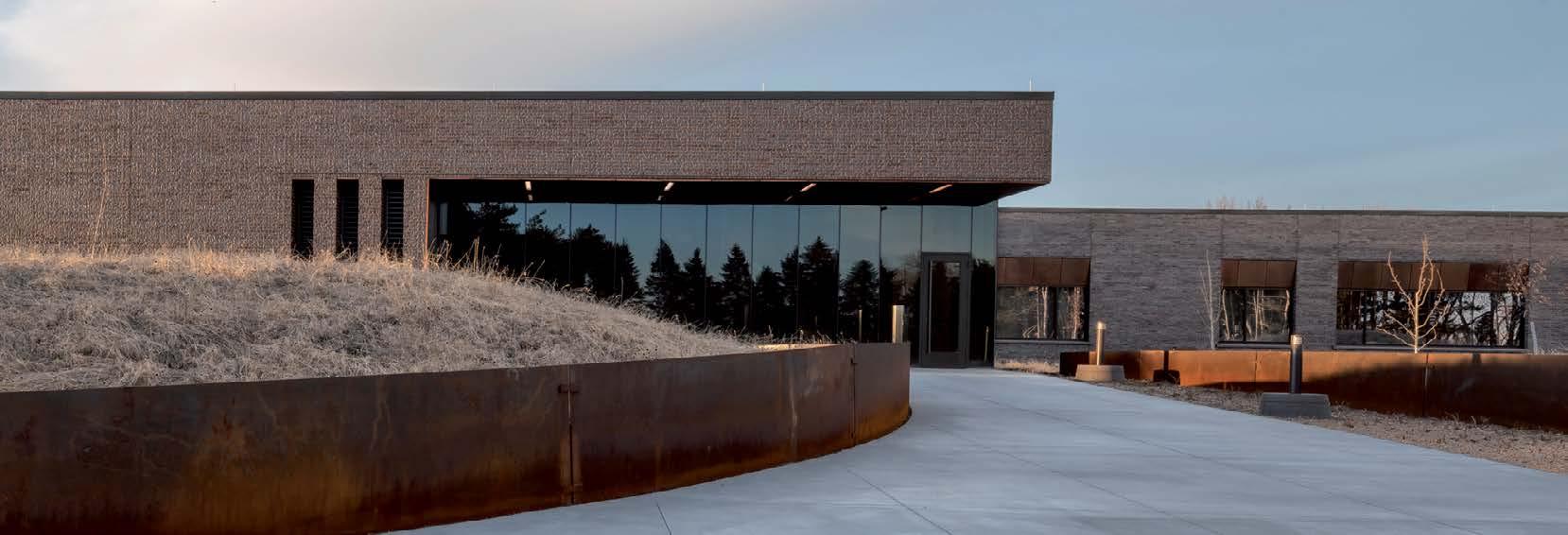
Spotlight: Hennepin County Medical Examiner's Facility
The state-of-the-art Medical Examiner's Facility makes Hennepin County a regional magnet for forensic death investigations and medico-legal autopsy services.
The project was required to use at least 55% salvaged or reused, recycled, recyclable, bio-based, responsibly sourced, or regional materials. It far exceeded that target with a ratio of 81%.
For lab spaces, the design predominantly features stainless steel surfaces with high recycled content and Terrazzo with recycled porcelain content to balance the selections of epoxy and solid surfaces.
Office spaces use carpet with high recycled content, ceiling tiles with plant-based binders, and reconstituted wood wall covering instead of vinyl. Every material used in the facility is low-VOC – a feature that improves indoor air quality and contributes to the health of occupants. The project was named a Best of B3 award winner.
Spotlight:
General John W. Vessey Readiness Center
The award-winning General John W. Vessey Readiness Center serves as the home for the 34th Infantry Division “Red Bulls” of the Minnesota Army National Guard. Connection, flexibility and the mental and physical wellbeing of citizen-soldiers was paramount to the design. Wellbeing design solutions were focused on improving the cognitive and emotional health and well-being of those living, working, learning and spending time in the built spaces.
The design incorporates all aspects of wellbeing, from lighting to landscape to physical comfort. Sunlight pours through windows throughout the facility, and solar light tubes bring in additional natural light to enclosed rooms with an efficiency rate of 99%, identifying and reducing workplace stress through space design.
The ventilation system supplies air from near the breathing zone and returns it at the roof structure. This not only increases ventilation effectiveness but decreases the amount of outside air required, saving energy.
Physical health and comfort is addressed in variety of ways, including ergonomic furniture, prominent stairs and fitness facilities.
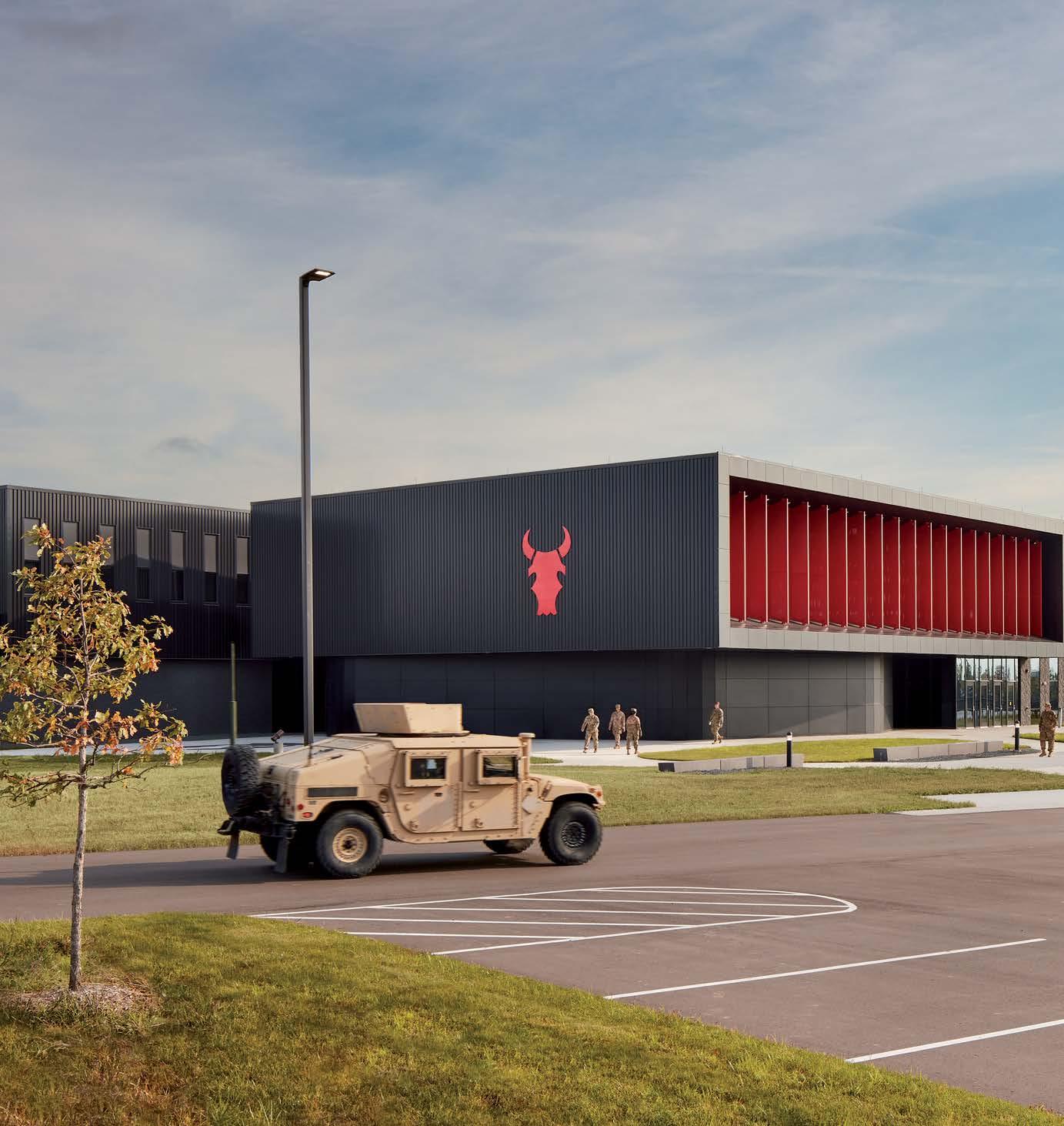
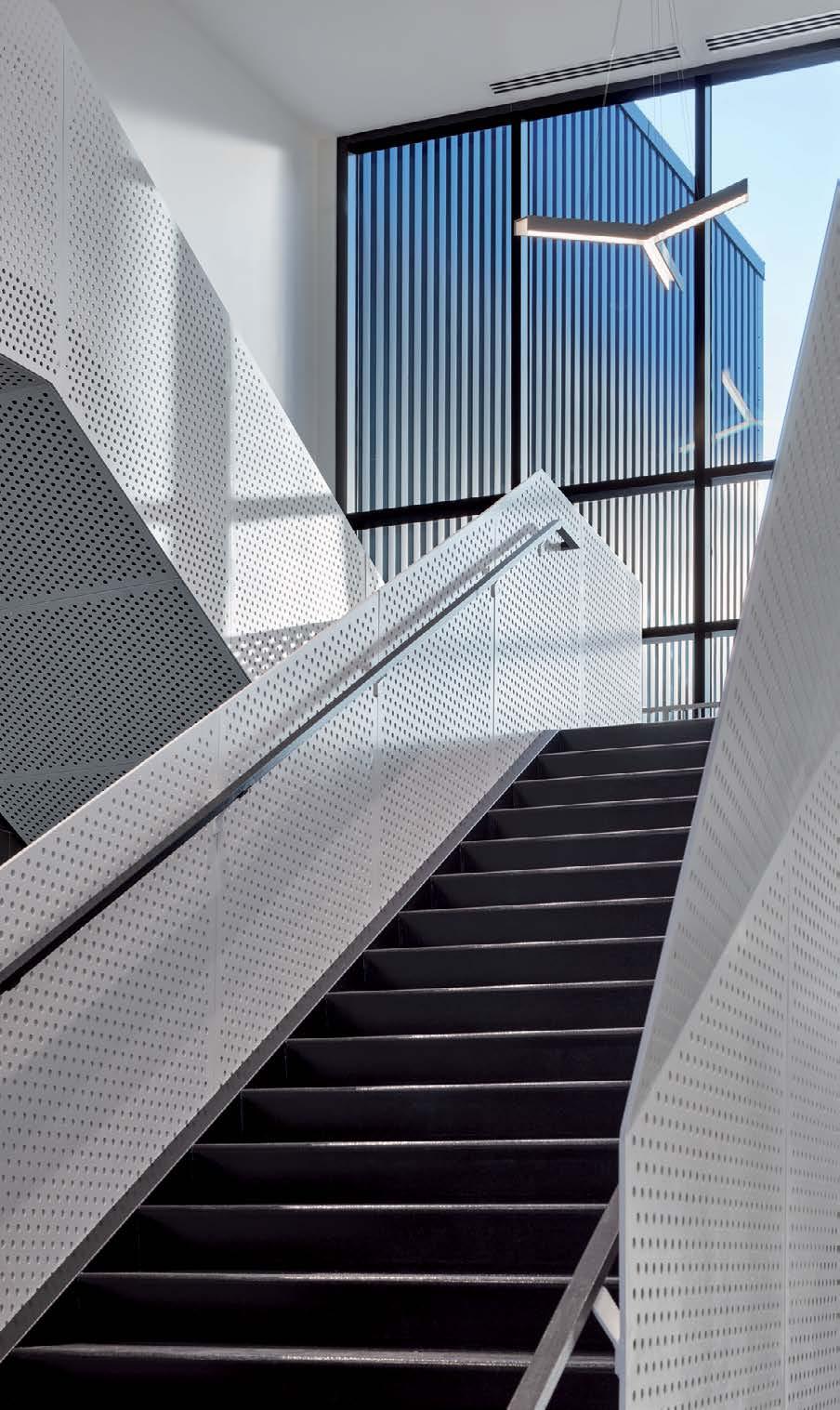




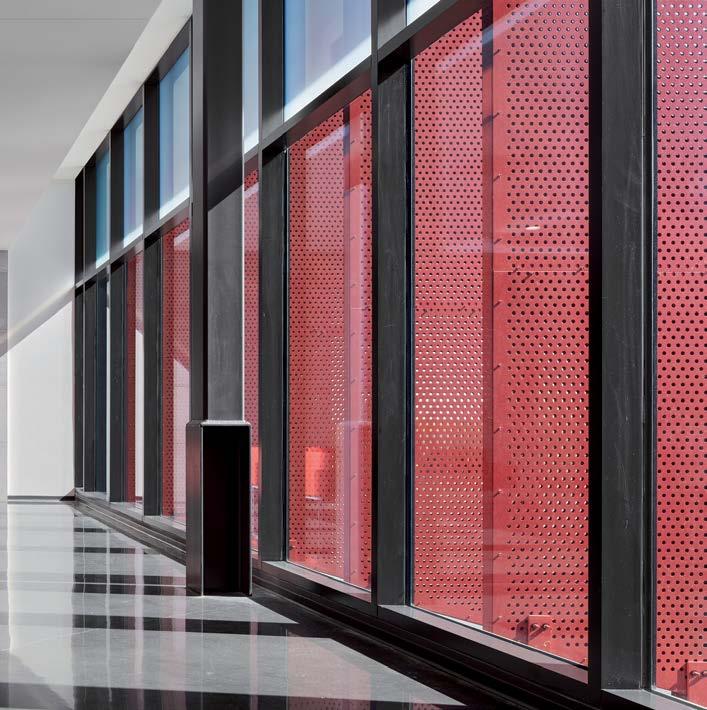

Sustainability Key Principle:
Wellbeing
What surrounds us matters. Research and experience shows a complex relationship that exists between the mind and the body with a direct link to health and well-being. Holistic planning and design is necessary as it considers and influences both human and environmental health. Our design process focuses on wellbeing across scales – from individual spaces within buildings to buildings themselves, and beyond to the context of neighborhoods and communities.
Our multidisciplinary approach enables us to broadly look at indoor environment quality. We assess ventilation, temperature and humidity, air filtration and air flow. We maximize the amount of useful daylight through both architectural and lighting design, optimizing for variables such as access to usable daylight, ability of users to adjust lighting to meet their unique personal requirements and reinforcement of the circadian system.
Using data to validate human health and comfort metrics is equally important as evaluating energy performance. Our design experts evaluate modeling and performance analyses to find integrated solutions that result in high performance buildings without sacrificing human-centric design practices. We leverage the latest design technologies to evaluate a building's operational performance simulating daylighting, glare potential, and thermal comfort. We take information learned through in depth analysis sharing across our integrated design team to optimize performance.
Strategies are developed with our clients and tailored to fit the specific occupant wellbeing needs of different building typologies. Solutions for healthcare patients and professionals, public safety professionals, laboratory researchers, students, educational faculty, corporate office workers, and industrial space employees must address the unique needs of each user group. Strategies can include:
- Adjustable lighting and thermal comfort controls
- Seating arrangements that accommodate a range of user preference and activities
- Natural materials, patterns, shapes, colors, images or sounds
- Visual privacy and areas creating a sense of safety
- Restorative spaces for reduction of stress or promotion of restorative sleep
- Increased contact with nature within internal spaces to support cognitive and emotional health
- Feature stairwells to promote occupant movement
Trevor Hollins Practice Lead, Lighting
Wellbeing Subject Matter Expert
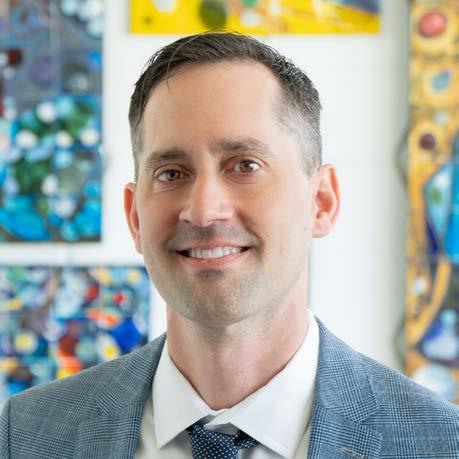
Sustainability Key Principle:
Post-Occupancy Evaluation
This critical step in our integrated design process captures real-time performance data linked to the implementation of design decisions and solutions. Using defined research methodologies, we work with owners to gather operational data and user feedback from building occupants after construction is complete and business operations are underway. All project stakeholders and partners benefit from this documentation which goes beyond operational efficiencies and drives continuous improvement for the built environment.
Obtaining user and occupant feedback is invaluable in understanding how people experience their spaces under normal, everyday operating conditions. Post-occupancy surveys solicit feedback to optimize our processes and provide insight to drive design innovation. Our concise and user-friendly online surveys facilitate a straightforward data collection process focused on occupants’ experiences and perceptions of the design.
In addition to survey-gathering, we also collect data specific to indoor environmental factors, including temperature, acoustic, lighting, glare and air particulate measurements. These metrics validate design solutions and performance modeling calculations.
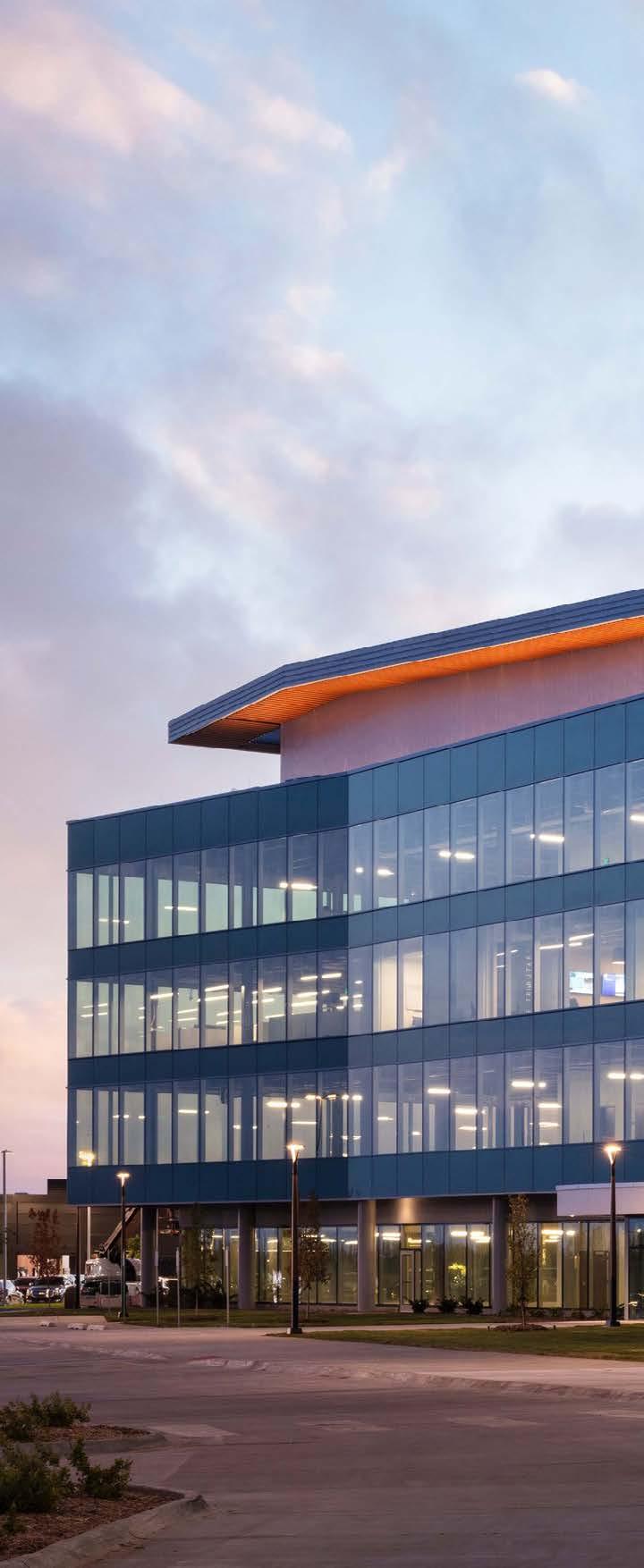
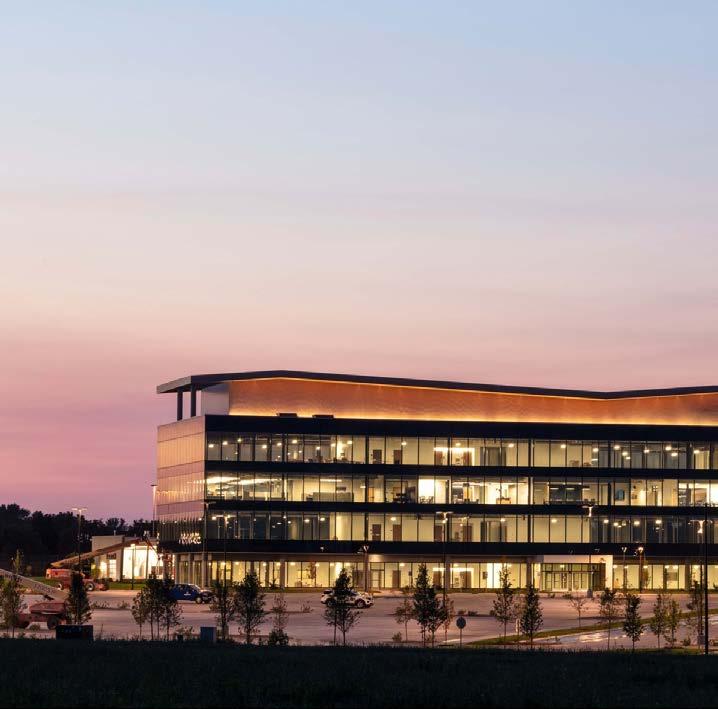
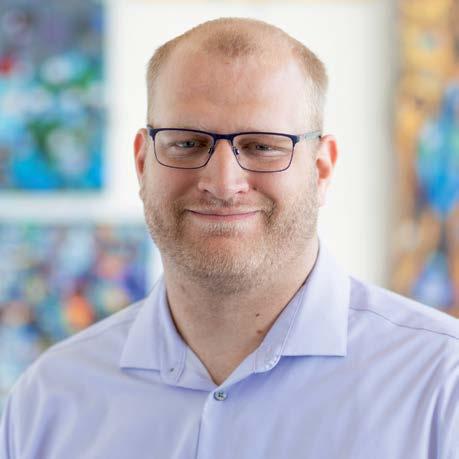
Michael Kuhlenengel Post-Occupancy Evaluation
Subject Matter Expert
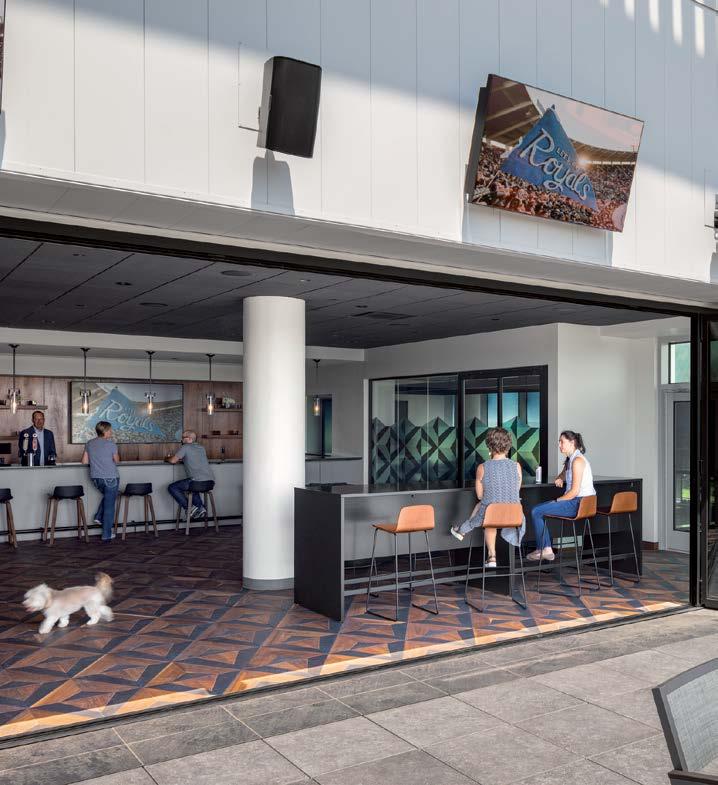
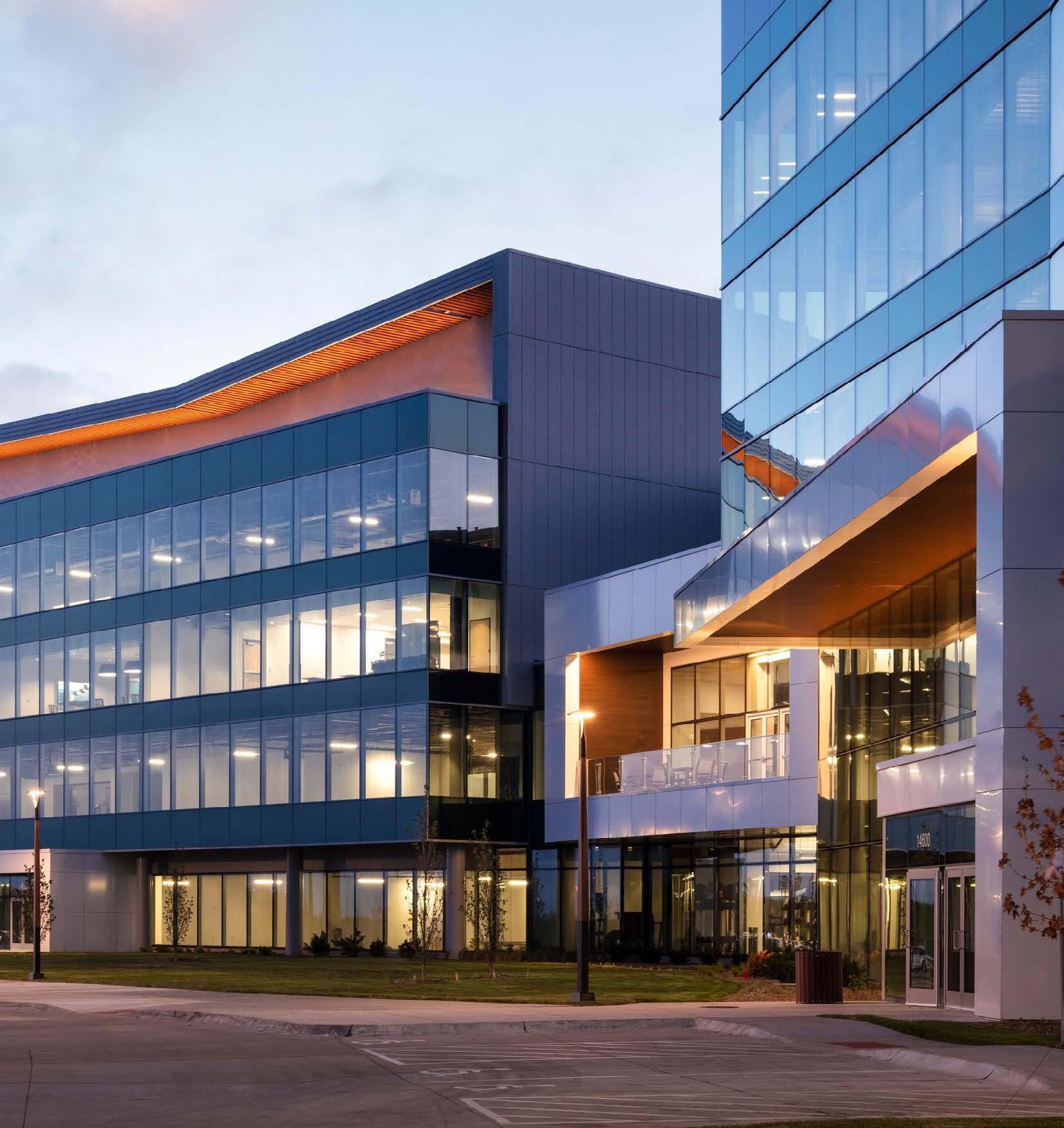

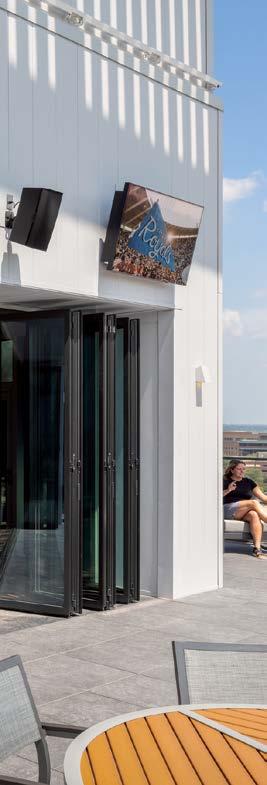


Spotlight: Carson Group Headquarters
LEO A DALY developed the concept for an eight-acre campus with three connected buildings totaling 200,000 SF, with high performance at the core of the design.
The buildings’ innovative shell bathes the interior in healthy daylight, including its premium productivity, social, entertainment and fitness spaces. Yet occupants experience very little glare or heat gain.
A post-occupancy evaluation confirmed performance using luminance meters, spectrometers and other measurement devices.
We found that the electrochromic glazing lived up to its claims for both energy performance and occupant comfort. Allowing occupants to control the dimming qualities of the electrochromic glass proved less effective than allowing the envelope to operate automatically.
Approach
Process
Elements of our design process adapt to the needs of each client and each project. The core of our design approach, though rooted we embrace the AIA Framework for Design Excellence as a tool for integrating all systems into a considered whole. We also identify
1. GOAL SETTING
Establishing project goals is the critical first step in our design process. Beyond project management objectives, these also include design and sustainability objectives which reflect the more aspirational ambitions of the practice.
2. THE INTEGRATION WORKSHOP
The Workshop is an opportunity to collaborate as a team in the initial design stages to elaborate on the project goals by developing detailed, project specific performance goals focused on meaningful and measurable impact.

rooted in a spirit of inquiry, is a constant. To pursue a high-performance design agenda in alignment with our vision, identify four essential components to add to our design process in the early phases of all projects.
3. EARLY PHASE ENERGY MODELING
As a key component of the AIA 2030 Challenge, early phase energy modeling informs the team about the energy consequences of siting and massing alternatives early enough in the design process to allow for meaningful change.
4. PROJECT DESIGN REVIEW
Firmwide design reviews occur at early concept phase and schematic design phase as a tool to track project design and sustainability goals and to hold ourselves accountable for their implementation.

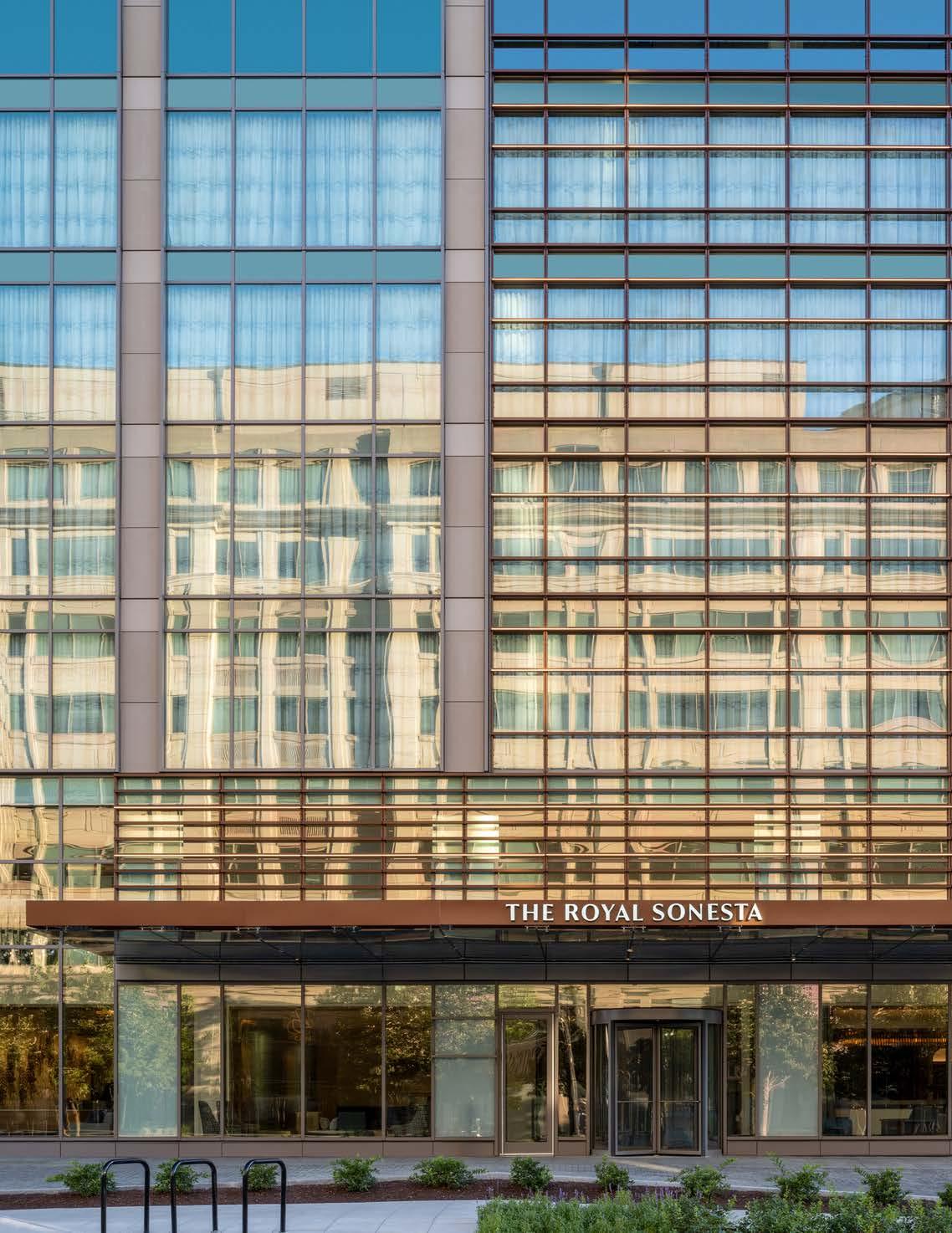

Using the AIA Framework for Design Excellence
As described by the AIA, the Framework is both a vision of what the profession aspires to achieve and a set of practical guidelines outlining a path forward. The 10 principles provide a comprehensive structure of sustainability objectives and priorities for each design discipline in service of the whole.
The Framework serves as the outline for our project integration workshops. While the Framework itself is not a process, it offers a set of tools to apply to any design process. The first principle, “Design for Integration”, asks for the big picture – the conceptual whole that the other nine principles serve. This critical step in our design process follows from the initial goal setting and concept studies and focuses the direction of the project workshops. The structure the framework provides also facilitates tracking the progress and implementation of sustainability measures throughout all design and documentation phases.
View the Framework here.
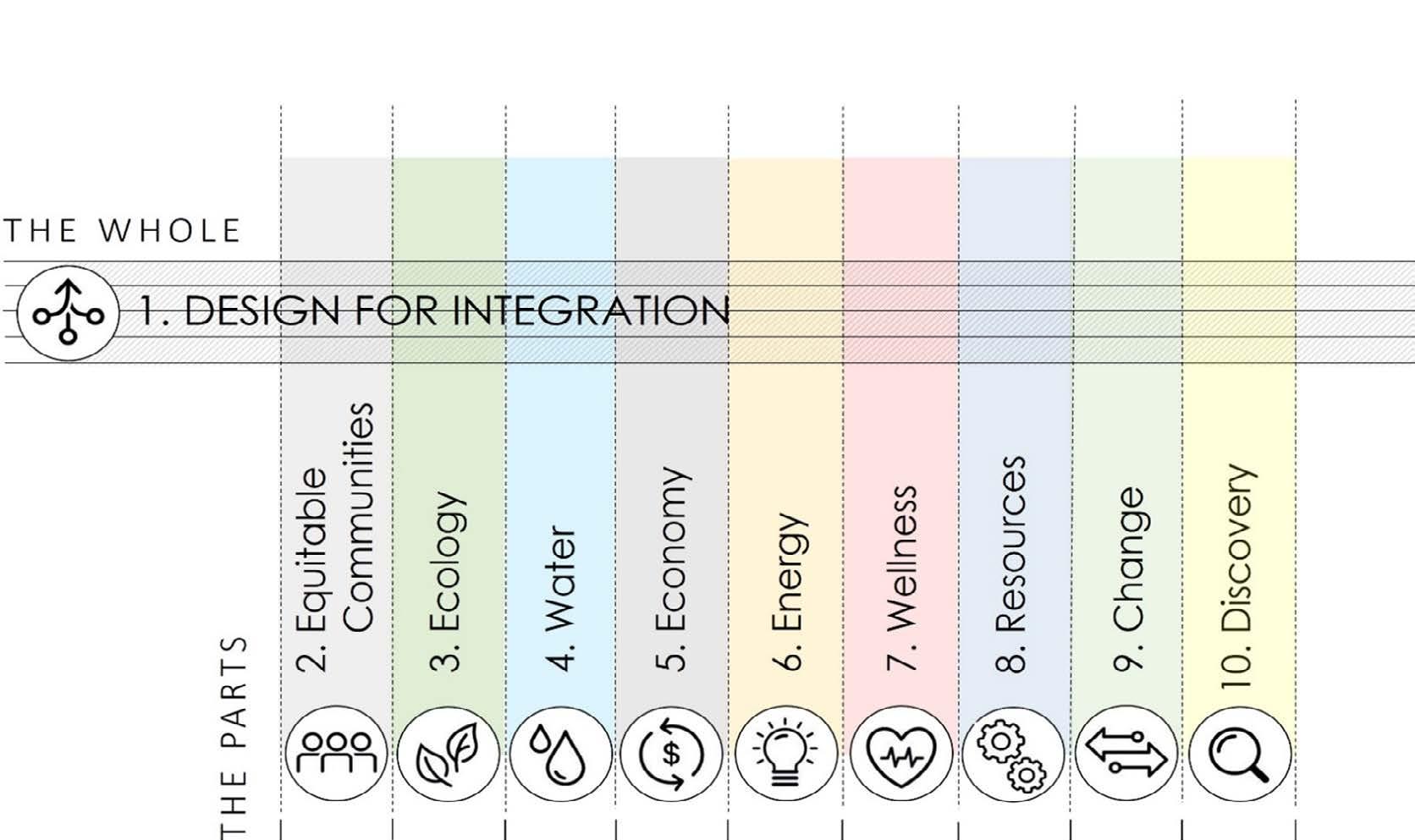

Goal Setting
Firmwide project initiation protocols have been expanded to include not only project management objectives but also design and sustainability objectives.
Documentation of goals at project initiation identifies opportunities and constraints within the circumstances of client, budget, site context, and time. These include both client objectives and LEO A DALY design and integration goals, which become important baselines for tracking the evolution of the design through all phases.
Timing is important. The goal setting exercise should take place before or concurrent with project budgeting to ensure that opportunities are adequately supported by fee allocation. Timing is variable depending on project type and the procurement process.
Project goals should be developed jointly by the project manager and the design director or project designer.
Sustainability goals are also to be developed by team leadership but in consultation with sustainability SME’s. The goals identified at this time are a broad outline as a prelude to the Integration Workshop during which it will be filled in with specific, measurable sustainability goals.
Design goals should be aspirational. Beyond immediate functional requirements, goals should aim toward a level of innovation in some area of the work, whether it be in site design, program planning and organization, construction technology, or material use. The project should also be considered in the context of other work of the same typology and in the context of work of the other studios. Specific and measurable design goals will emerge in the workshop as the design becomes more focused.
The goals established at project inception will be used as a point of discussion and a measuring stick for the Design Review process to follow as the project evolves in design.

PROJECT GOALS TEMPLATE
1. What design opportunities does the project present (consider the categories of site, program, and technique)?
2. How can this project advance LEO A DALY's design thinking?
3. How is performance defined in the context of this project?
4. What opportunities exist in the project for advancing sustainable performance?
5. What opportunities exist in the project for advancing discipline collaboration?
6. What larger social or cultural issues are inherent in this project at a local scale?
7. What opportunities exist in the project for the advancement of building design as a discipline and a profession?
8. What opportunities are embedded in the project for design research?
The Integration Workshop
The purpose of the Integrative Workshop is to collaborate as a team to develop detailed, project-specific performance goals to guide the development of the project. The workshop is intended to take place early in the design process and to focus on the collaboration among engineering and design disciplines to generate strategies for meaningful and measurable performance impact.
This workshop is an evolution of the earlier ”sustainability charrette” which was devoted exclusively to sustainability strategies. The Integrative Workshop is a more inclusive approach which recognizes that sustainability is not a stand-alone discipline but must be embedded in all aspects of the design process. The AIA Framework for Design Excellence, which we use as a model for integrating sustainability into the design process, is built on that premise.
The AIA Framework is used as the general outline for the workshop agenda which is developed and facilitated by a pairing of an SME and the project design leader. Consistent with the organization of the Framework, the generating ideas of the project should be presented by the design lead and used as the basis for discipline-specific sustainability strategies. The elements of the Framework should be prioritized to suit the needs and opportunities of the specific project.
The timing of the workshop is an important consideration. If too early, the workshop and resulting strategies are too generic - not tuned to the yet-to-be-defined specifics of the project. Ideally, the workshop should be scheduled at a point in concept design where the basic parameters of the building and site organization are defined but remain open to change.
The workshops are scalable to suit the needs and resources of projects of different size and scope. The sample agenda is based on a full day meeting. Large projects could warrant two-day in-person team meetings with all stakeholders involved, including client decision makers. For small projects, half-day meetings or even two two-hour virtual workshops have proven to be effective.

SAMPLE WORKSHOP AGENDA




Early Phase Energy Modeling
Energy modeling plays a crucial role in shaping our projects. Energy modeling during conceptual design phases can help make informed, data-driven decisions that guide the project toward optimal performance from the outset.
Whether exploring various massing options, determining ideal window-to-wall ratios, assessing window placement for daylight and energy efficiency, or establishing a baseline Energy Use Intensity (EUI) to track throughout the design process, early-phase energy modeling ensures our designs are informed by performance metrics. These insights help us balance aesthetic, functional, and environmental goals, reducing inefficiencies and unlocking opportunities for innovation.
Incorporating energy modeling early aligns our projects with our commitments to sustainable design, enabling us to proactively address energy efficiency and carbon reduction goals while maintaining flexibility in the design process. The results from these analyses help spark fruitful conversations through the integrated design process. Early-phase energy modeling is not just a best practice; it is an essential tool for delivering high-performance buildings that respond to the needs of our clients and the environment.
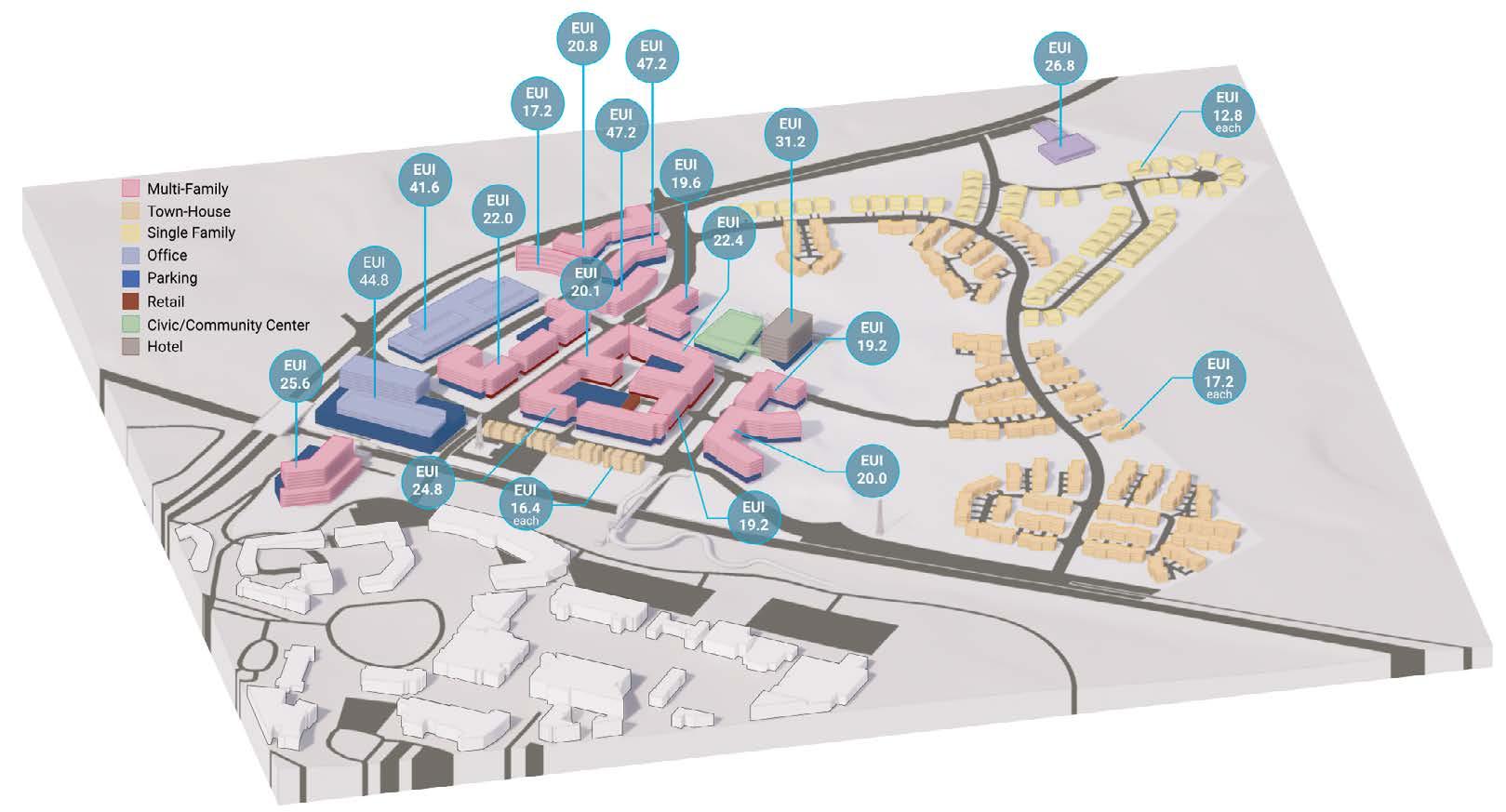


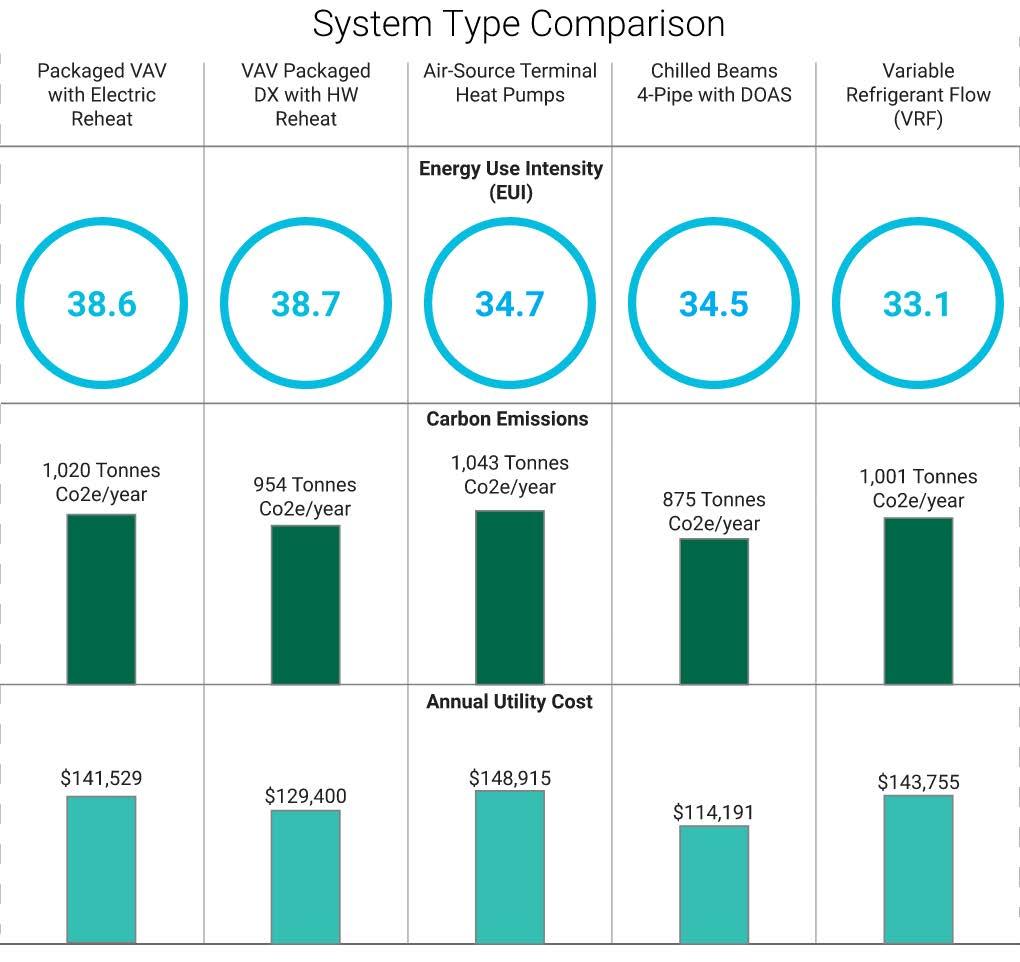

Design Review
PURPOSE AND FORMAT
As part of our commitment to bring consistent and coherent design standards to our work, and in keeping with our strategy of operating as One Firm, the Design Review Committee meets on a monthly basis to review the design of projects from the different studios.
The intent of the Design Review process is for it to work in concert with the early goal setting to track the incorporation of those goals into the work as it evolves through the initial design stages. The process also has the potential to clarify and focus the ideas and basic direction of a project by presenting it to independent eyes for discussion and critique. Sustainability goals from early goal setting and from the integration workshop are of primary consideration.
The LEO A DALY Executive Committee and Kim Cowman, Director of Engineering, are executive sponsors and are invited to all meetings as are studio Design Directors who present the work from their studio.
The Managing Principal of each studio presenting work is invited to observe and comment on work from other studios.
Meeting notes from each occurrence are located on the local G drive.
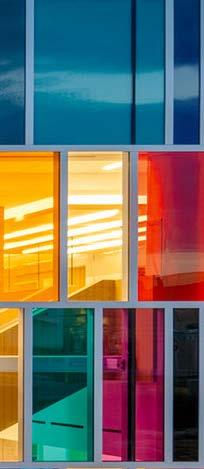
DESIGN REVIEW COMMITTEE MEMBERS

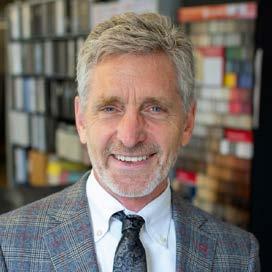
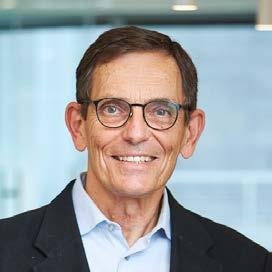
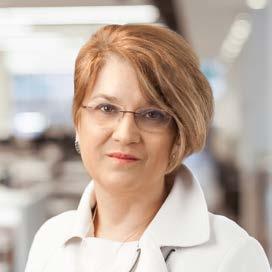
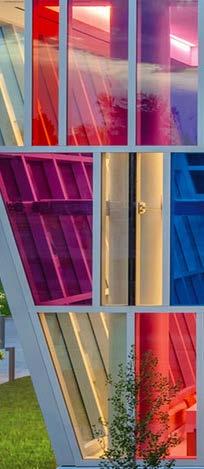
Rauzia Ally Michael Bjornberg
Dennis McFadden Irena Savakova
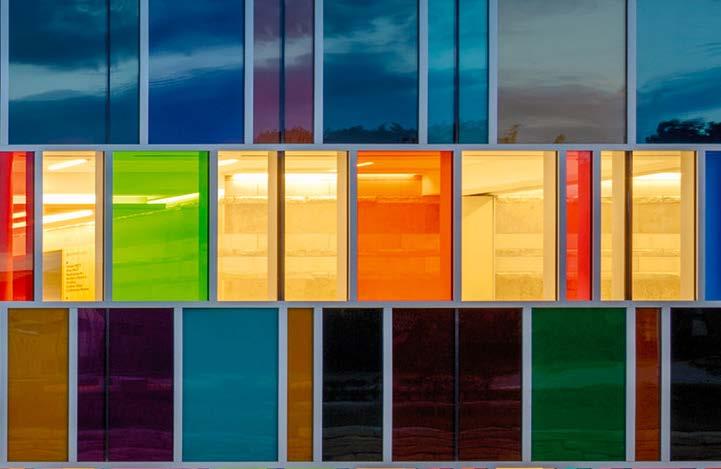
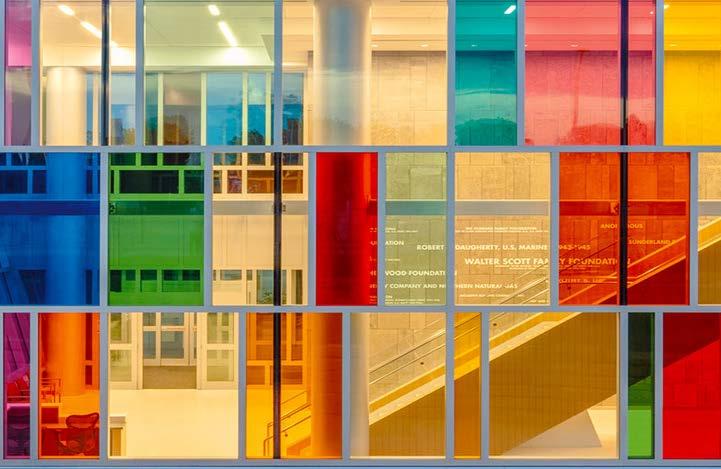
Reporting: Our Commitments4

AIA 2030 Commitment
The 2030 Commitment aims to transform the practice of architecture to respond to the climate crisis in a way that is holistic, firmwide, project-based, and data-driven. Signatories have committed to transform their practices to deliver carbon neutral buildings by 2030. They demonstrate their progress by reporting the predicted energy performance of their entire body of work to the AIA each year. In 2009, LEO A DALY became 2030 Commitment signatories and committed to sharing our design portfolio energy performance data.
LEO A DALY Targets and Goals
• 100% of our applicable design projects to be energy modeled and reported in the 2030 DDx database.
• Our annual EUI reductions for reported projects to be increased by 8% each year to achieve net zero energy by 2030.
Our Subject Matter Experts
Our 2030 reporting effort is supported by our reporting SME's who manage the coordination between all studios for tracking project performance into the AIA's DDx database for 2030. This team works with a group of 2030 reporting champions with representatives in each of our studios to help coordinate and track project phases of design and connect project teams to resources for completion of energy modeling efforts.
Nick Lassek is our early phase energy modeling subject matter expert. Currently, cove.tool is the primary software used throughout the company for early phase energy modeling analysis. Nick has a working group of cove. tool users across multiple studios where he provides monthly training to educate and serve as a resource for completing early phase energy modeling on projects. For late phase, certification level, or code compliance energy modeling the IES-VE software tool is used across the firm with our mechanical engineering department leading these more detailed modeling efforts.



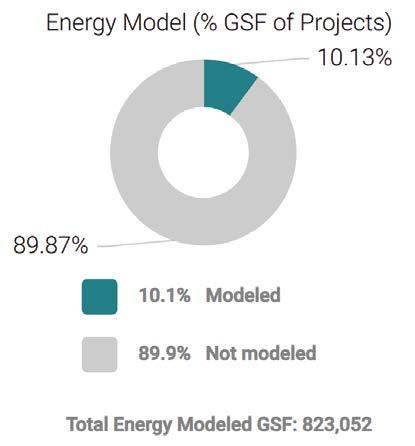

Our Approach
• LEO A DALY requires all new construction projects and all major renovation projects that involve mechanical system upgrades to be energy modeled and reported through the AIA 2030 DDx database.
• All interior renovation projects with lighting scope replacement are to be reported for Lighting Power Density (LPD) to AIA 2030.
• All projects are to report their predicted Energy Use Intensity (EUI) at each major phase of design completion; Schematic Design, Design Development, Contract Documents.
Starting in 2024, we have moved towards a quarterly reporting structure to improve our contact with design teams at the various stages of a project's design schedule to ensure consistent reporting across the firm. Our reporting SMEs are responsible for facilitating this quarterly reporting and working with studio reporting champions to identify projects in design that meet our requirements.

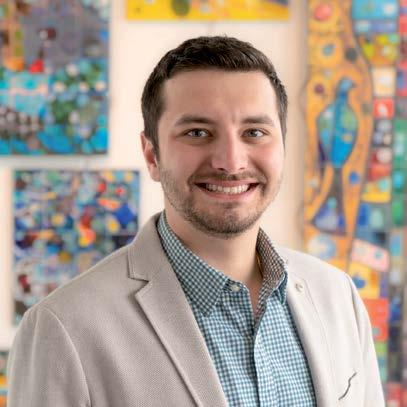

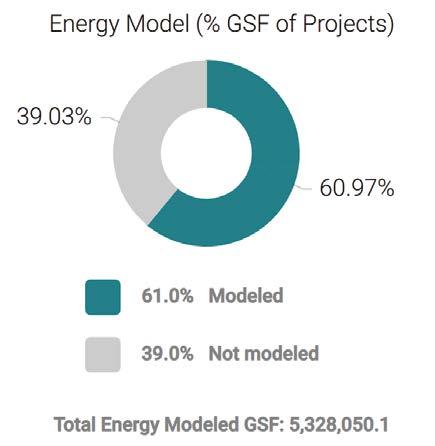
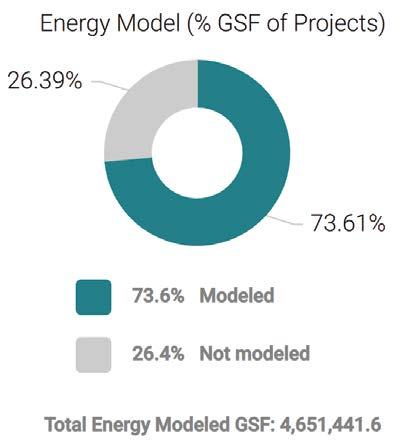
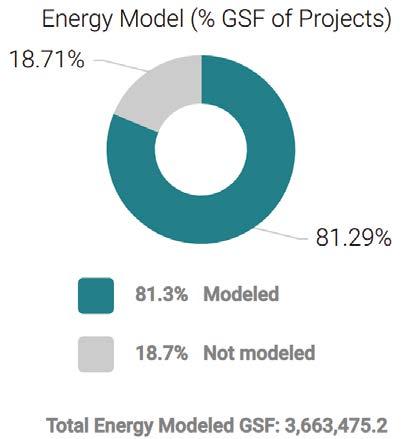

Kahli Merriman AIA 2030 Lead
Nick Lassek Energy Modeling
DDx Champions: Luta Janea
Sukho Jang
Martin Toit
Larry Wright

AIA 2030 Challenge: Reporting Process
New LEO A DALY Project START
Project Manager coordinates with DDx reporting team to determine project eligibility.
If project is determined to be eligible, Project Manager uses Vantagepoint Sustainability tab to input information for ease of import to DDx.
Project Manager coordinates with design team or early phase energy modeling team to ensure energy modeling is created for the project.
DDx team or Early Phase Energy modeling team holds project managers accountable for ensuring projects are reported to DDx.
To Determine Eligibility
Is the project new construction?
Quarterly meetings with DDx team are conducted to ensure all eligible projects are reported.
Are LAD's scope of services project studies, programming, and/or interior finish

Does the renovation scope include a new addition, or modifications to HVAC controls, or more than 30% of exterior envelope?
Does the renovation scope include modifications to existing lighting systems?
services limited to programming, master planning, finish upgrades?
Are LAD's scope of services limited to site/civil/landscape or component upgrades?

SE 2050 Commitment
The Structural Engineers 2050 Commitment Program was developed in response to the SE 2050 Challenge issued in 2019 by the Carbon Leadership Forum and the Structural Engineering Institute.
The comprehensive program has been designated to ensure substantive embodied carbon reductions in the design and construction of structural systems by the collective structural engineering profession all in the name of achieving zero net carbon structures by 2050.
In 2021, LEO A DALY became SE 2050 signatories and committed to focusing on educating ourselves and our communities on the best practices of sustainable structural design, engage in an embodied carbon tracking program within the industry, and reporting on current impacts and trend of structural systems in the name of achieving zero net carbon structures by 2050.
LEO A DALY Targets and Goals
LEO A DALY targets to increase the percentage of total square footage of our projects reported to the SE 2050 through the AIA DDx database by 5% each year. (17.6% of all designed building square footage reported in 2022).
Our Subject Matter Experts
Our SE 2050 Commitment reporting and action plan implementation is led by structural engineer, Jake Zach. Jake oversees the reporting of projects to the DDx database, organizes overall firm educational content specific to the SE2050 Commitment, and provides training on our embodied carbon calculation tool Tally.
Chris Hartnett is a structural engineer and one of our embodied carbon subject matter experts. He supports the implementation of our 2050 commitment within the Minneapolis studio structural engineering team and assists in the development updates to our SE 2050 Action Plan with Jake Zach.


Our Approach
In accordance with our commitment as signatories, LEO A DALY has developed an Embodied Carbon Action Plan and has been updating this document yearly since becoming signatories. See Appendix A for our current embodied carbon action plan.
Our plan addresses LEO A DALY's approach to project embodied carbon reporting, educational efforts internal to the firm, our reduction strategies, and our advocacy efforts external to LEO A DALY to promote embodied carbon considerations in the industry.
We have tracked and reported more than:
3 million square feet
28,000 tons of steel
280,000 tons of concrete
3,000 tons of masonry

Abby Goranson SE2050 Commitment Lead

AIA Materials Pledge
The AIA Materials Pledge intent is to inspire a shift in how the industry evaluates the products and finishes specified daily. Participants commit to five overarching statements that will lead to more intentional product specifications across their portfolios over time.
The five pledge statements address:
• Human health
• Social health & equity
• Circular economy
• Ecosystem health
• Climate health
We joined the AIA Materials Pledge in 2021 as an extension to the AIA 2030 Commitment. We are committed to understanding the environmental and human health impacts of our building materials. As such, we are committed to raising awareness both internally within our teams and to our clients by developing resources to help our teams select and specify products that are responsibly and ethically sourced, free of hazardous substances, transparent in their chemical makeup and disclose their life cycle impacts. Performing a comprehensive evaluation of the products that live within our designs and our libraries while balancing the priorities of our clients is of utmost importance.
We feel a responsibility to make choices that tread lightly on this earth while creating the places that we all can inhabit joyfully. Our intent behind participating in the AIA’s change is to inspire a positive shift in materials specification and encourage progression.
LEO A DALY Targets and Goals
Our Materials Pledge SMEs are continuing to track performance goals and working initiatives. The Materials Working Group provides continual oversight and updating to our identified targets. See Appendix B for our Materials Pledge working goals.
Our primary benchmarks include:
• Requiring all interior finish materials to be low VOC on all projects.
• Requiring a minimum quantity of materials to have Environmental Product Declarations (EPDs) to reflect our commitment to transparency.
• Prioritizing education of the teammates through multiple avenues including a quarterly internal Sustainability focused newsletter, monthly education Greenworks series calls, easily accessible internal website resources and outside manufacturer presentations.

Our Subject Matter Experts
Jennifer Gustafson is our AIA Materials Pledge Lead. Jennifer provides the overall guidance and direction across LEO A DALY to meet our commitment pledge. She leads a Sustainable Materials Working Group with interior design and architectural staff from across our studio locations. The working group is responsible for managing materials specifications to support the pledge statements, managing interior libraries for pledge alignment, establishing an approach for working with product vendor/suppliers, and providing educational content across the firm specific to material impacts.
Our Approach
In order to achieve a design process that has sustainable choices woven into the mindset of our team, we offer multiple avenues of education. We challenge our suppliers to do better and be transparent, while pushing for innovation. We weave fun and educational events into our daily routines. We challenge our teams to select and track sustainable choices even on non-certified projects.
Based on the 5 tenants of the AIA Materials pledge, we have made headway in tracking and addressing human, ecosystem and climate health in tangible ways via tracking methods and crafting physical libraries to reflect our priorities. We are currently focusing on additional efforts to address social health & equity and circular economy through education, research and relationships.
To meet the new requirements for 2024, LEO A DALY submitted three projects that had the required data captured and had completed construction: Hennepin County Medical Examiner, North Metro Regional Public Safety, and Lake Elmo City Hall & Public Safety Facility.
While 2024 requirements were relaxed for initial beta testing, LEO A DALY is required to report material information for 5 to 15 projects by May 2025. As we prepare for this submission now, we will begin by identifying completed LEED, Green Globe, and B3 projects across the firm as materials documentation is part of the certification process. We will also identify a project expert to help navigate the reporting for each one of the projects selected for submission.
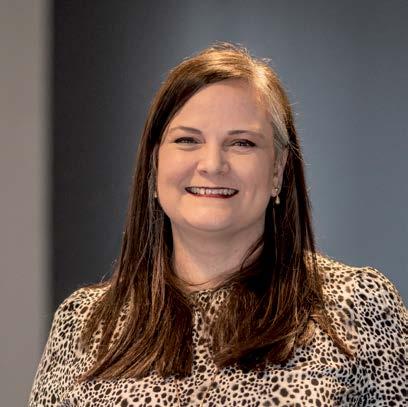
Jennifer Gustafson
AIA Materials Pledge Lead

MEP 2040 Commitment
MEP 2040 Commitment signatories have pledged to achieve net zero operational carbon by 2030 and net zero embodied carbon by 2040 in projects related to mechanical, electrical, and plumbing systems.
In 2024, LEO A DALY signed on to the MEP2040 pledge, committing to establish a company plan to reduce operational and embodied carbon across MEP systems on all projects, targeting zero by 2040. This action further solidified LEO A DALY’s commitment to advancing sustainability across all disciplines in our work.
LEO A DALY Targets and Goals
As recent signatories we are starting to identify and define our company goals and tracking targets. The commitment outlines four key goals for signatories which will be the basis for setting our internal metrics.
• Establish a company plan to achieve net zero targets across MEP systems on all projects by 2040 that allows for measuring and reporting progress.
• Requesting low-GWP refrigerant availability in system designs to reduce or eliminate greenhouse gas emissions from refrigerants.
• Requesting Environmental Product Declarations for MEP system components to better understand their carbon footprints.
• Participating in a quarterly MEP 2040 forum to contribute and enhance collective knowledge and progress in this initiative.



Our Subject Matter Experts
A working group has been established to develop our internal company plan and to track our performance towards supporting the commitment as a signatory firm. Representatives from across our mechanical, plumbing, electrical, and lighting engineering disciplines and our national director of engineering are participating members within this group.
Our MEP discipline directors and studio leads will support MEP resources to the working group, review company plan content and provide avenues within their respective disciplines for education, training, and project tracking to support our final commitment targets.
Our Approach
For fiscal year 2025, LEO A DALY will focus on educating MEP staff on the details of this commitment while continuing the development of the MEP 2040 company plan.
Target completion of our company plan will be the first quarter of our company fiscal year 2026 (calendar year 2025).

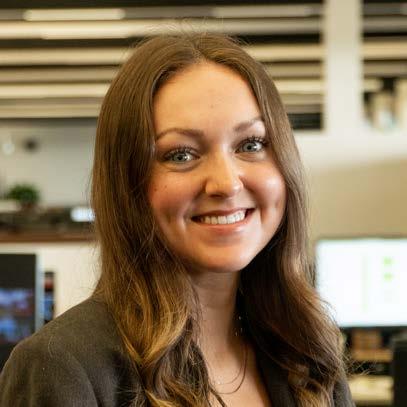
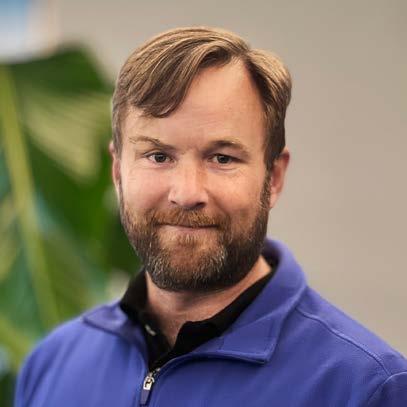

Mark Bradby Subject Matter Expert
Kim Cowman Subject Matter Expert
Uziel Ramos MEP 2040 Lead
Anna Diedrich Subject Matter Expert
Our 2040 MEP Commitment Reporting SMEs
Education & Resources5
Education
Education is key to shifting our culture to universal integration of sustainable principles in design and operations. This starts with a focus on continual education specific to sustainability topics, best practices and our industry commitment performance across the entire firm. It also includes the development of resources to facilitate sustainable design processes.
Building Certification Accreditations and Professional Development
Employees obtaining accreditations centered on industry-leading sustainable building certifications reflect a level of subject matter expertise and credibility when addressing sustainability applications with our clients. These accreditations are also a professional development opportunity for our employees. Industry certifications include LEED, WELL, Passive House, and International Living Futures Institute (ILFI). Professional certifications include those offered through ASHRAE and the Association of Energy Engineers (AEE).
To encourage and promote these certifications, LEO A DALY provides reimbursement for the cost of the examination and any continued renewal cost for employees who have passed. Full reimbursement policy can be found here.
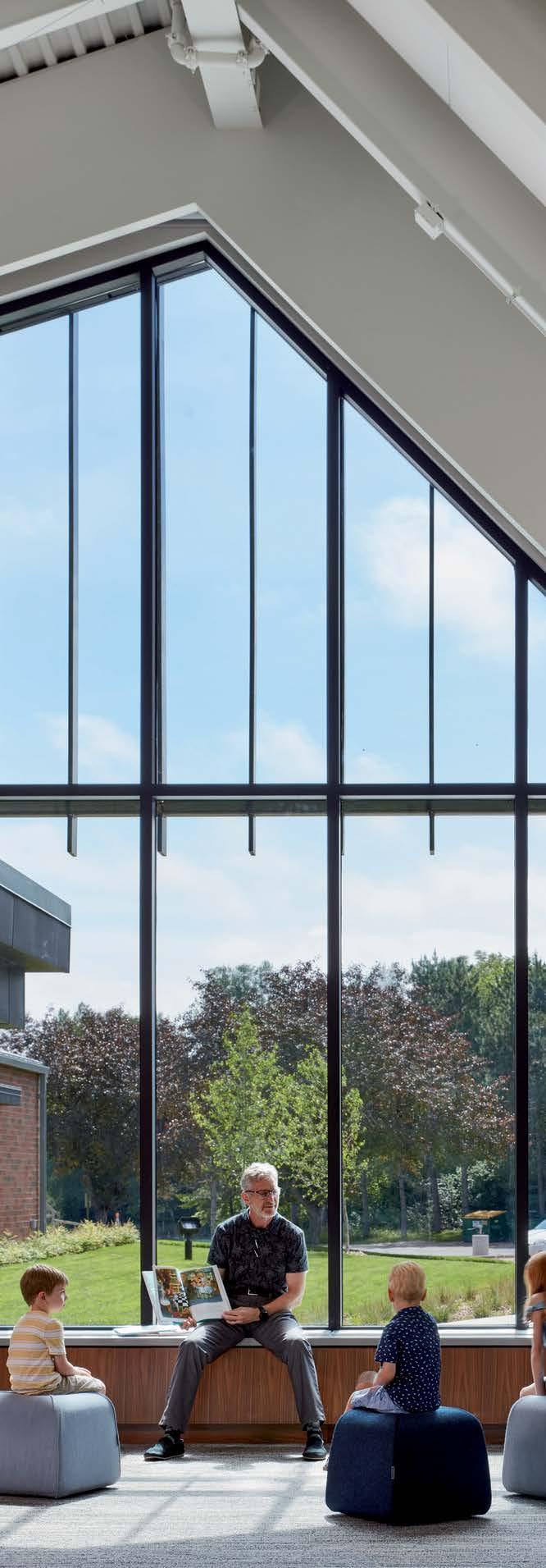
Conference Attendance
In the rapidly developing sector of sustainability, attendance at conferences and industry education events remains one of the best methods of staying up to date with the industry. LEO A DALY supports employee attendance to technical conferences focused on sustainability, including USGBC Green Build, ASHRAE Decarbonization Conference, Urban Land Institute conferences, Clean Med, Carbon and Leadership Forum meetings through reimbursement of employee attendance costs.
Professional Organization Memberships
LEO A DALY maintains company memberships at various sustainability organizations to provide employees access to the latest industry resources, training materials, and connections to sustainability focused peer groups throughout the industry.
Current company memberships include:
USGC Silver Membership: LEO A DALY maintains a company level silver membership to USGBC. This provides the company access up to 30 hours of USGBC course catalog content for our employees to maintain accreditation continuing education hours and for membership discounts on exam study materials and fees. It also gives employees access to reduced conference attendance costs and reduced project registration costs for clients, among other benefits.
BuildingGreen Membership: LEO A DALY maintains a company membership to BuildingGreen, providing a resource for guidance on healthy and sustainable products and strategies. It also supports professionals with knowledge, guidance, CEUs, industry news, facilitating workshops and professional peer networks for sustainability leaders. Membership includes a limited number of user accounts across the company for accessing and sharing content from BuildingGreen across our other LEO A DALY educational forums.
Sustainability Steering Committee members participate in both the Sustainable Design Leaders (SDL) peer network and Sustainable MEP Leaders (SMEPL) peer network groups providing connection and sharing of knowledge across industry participants in monthly network calls and annual peer network summits.
AIA Large Firm Round Table (LFRT) Sustainability Committee: LEO A DALY is a member of the AIA LFRT and participates in the Sustainability committee which connects sustainability leaders across multiple LFRT member firms. LEO A DALY attends the annual LFRT Sustainability Committee Summit, participates in the bi-monthly calls, and has staff who sit on the AIA 2030 and Materials Pledge working groups. As members, we report our AIA 2030, SE2050, and Materials Pledge information to the committee to benchmark and compare ourselves to fellow LFRT peer firms. We also commit to reporting our firm operation carbon emissions and to target a goal of net zero operations along with fellow LFRT firm members.
Company Wide Education Efforts
A move toward a sustainable and high-performance design agenda at LEO A DALY requires continued development of educational content available across the firm. Areas of continuing education offered within the firm include:
Greenworks Group: An educational focused forum meeting monthly and comprised of participants across each studio. Participants are identified by their office leadership or based on their expressed interest in sustainability topics. Meeting topics are typically educational focused on industry trends, internal or external project case studies, outside subject matter expert presentations, overviews of company commitments and sustainable initiatives. Participants in the Greenworks group responsibilities are:
- To actively engage in the monthly calls.
- To facilitate calls as necessary.
- To volunteer for working groups that align with interests, skill-sets, or bandwidth.
All Firm Sustainability/High-Performance Education Presentations:
LEO A DALY offers company-wide virtual educational presentations open to all LEO A DALY employees with offered Continuing Education Units (CEUs) for participants. Examples of presentation content includes:
AIA Framework for Design Excellence Series –
Series of virtual presentations providing an in-depth review of the AIA Framework for Design Excellence Ten principles for good design.
COTE Top 10 Award Winner Presentations –
Series of virtual presentations lead by the managing principals across all studios, highlighting AIA COTE Top 10 Award Winning projects and implementation of AIA Framework for Design Excellence into design.
NetZero Unpacked –
Series of virtual presentations provided by various SMEs across the company outlining the principles, definitions, and design strategies to achieve NetZero designs.
SustainED –
SustainED is a quarterly sustainability newsletter published internally across the entire firm highlighting sustainability topics such as project case studies, Green Champions across the firm, updates on our AIA 2030 reporting values, available educational content and resources, and materials education.

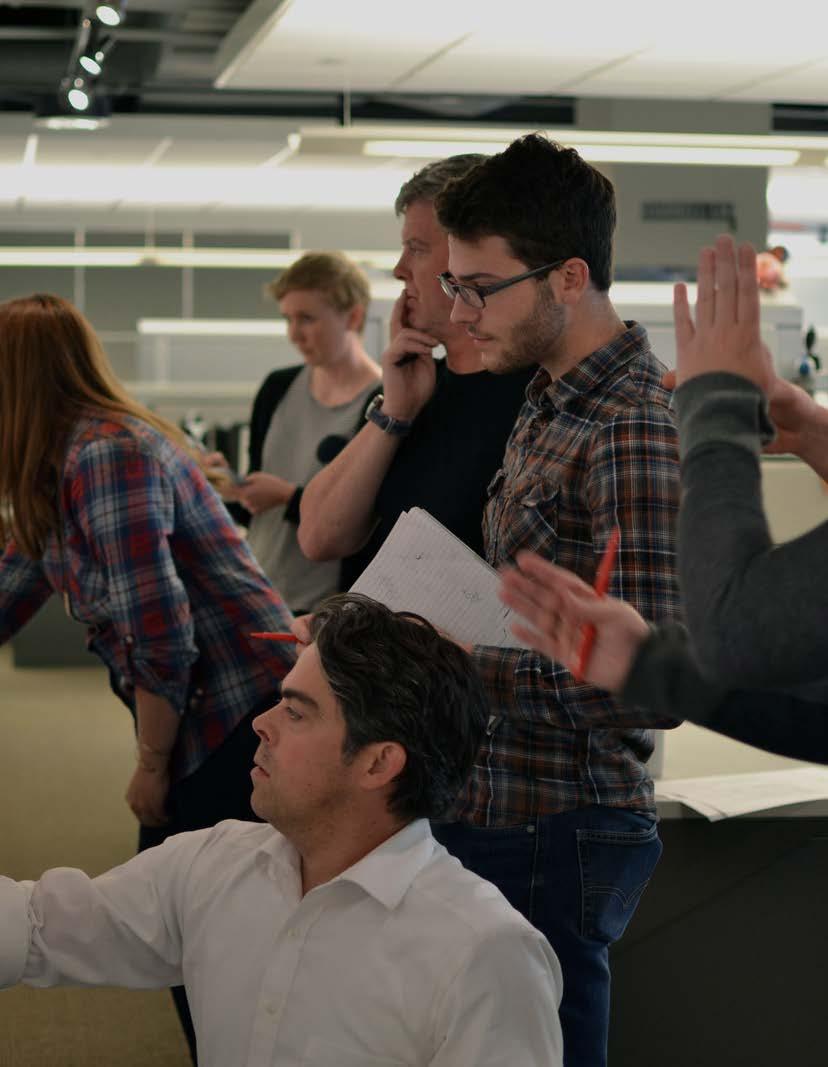
Industry Commitment Focused Education
Each of our industry commitments, AIA 2030, SE2050, MEP2040, and the Materials Pledge, require focused educational efforts to support the implementation of the commitment requirements into our design culture and workflows. This includes whole company educational sessions, focused working groups or discipline specific training.
AIA 2030 Commitment Education Efforts:
Early Phase Energy Modeling Working Group –
This working group meets monthly to continue education on the application of early performance modeling software such as CoveTool, ClimateStudio, and Pollination on design projects. Participants are design team members from across studios.
Project Manager DDX Reporting Education –
Focused training sessions for project managers at each studio location on the process for reporting project predicted energy use information for the AIA 2030 Commitment through the VantagePoint Sustainability tab.
2030 Commitment Reporting Studio Champion Training –
Focused training sessions for identified studio champions to assist in overall company project reporting of EUI data for the 2030 Commitment. Studio champions' responsibility is to work with the firmwide 2030 Commitment reporting leads at a studio level to identify projects meeting reporting requirements. The champions also work with project managers and design teams to update reporting metrics in VantagePoint and point design teams to resources available to assist in project reporting efforts.
SE2050 Commitment Education Efforts:
SE2050 Employee Survey –
In 2020, an internal survey of LEO A DALY employees was deployed to understand familiarity with the concept of embodied carbon to inform future educational sessions and efforts across the firm.
Embodied Carbon 101 –
Whole firm in-depth technical presentations about designing to reduce embodied carbon emissions to provide introduction of the topic for all employees.
Discipline Focused Education and Training –
Tailored presentations to our structural engineering discipline focused on Tally software training, embodied carbon considerations in structural design, and modifications to standard structural specifications to address embodied carbon considerations.
SE2050 Report Sharing –
The firm's embodied carbon project data is shared to the SE2050 database yearly. This reporting information is then shared across the firm in the SustainED quarterly newsletter and through presentations to the Greenworks group.

MEP2040 Commitment Education Efforts:
Company-wide and discipline specific training content and resource material is currently being outlined and developed as part of the MEP 2040 plan for the firm. Anticipated educational and training presentations include:
• Whole firm MEP2040 Commitment Introduction and Signatory Responsibilities presentation.
• Mechanical, electrical, and plumbing discipline specific training on signatory responsibilities and considerations in the MEP design process to fulfill commitment.
Materials Pledge Education Efforts:
Interior Design Discipline Education -
• Assess gaps in materials knowledge through focused conversations nationwide with Interior Design leadership quarterly meetings. The Materials Working Group incorporates outcomes from the Interiors leadership meetings into the group's working goals document.
• Engage outside vendors to present locally to studio teams on topics ranging from embodied carbon to manufacturers' specific effort to “clean up” their manufacturing process.
• Developed materials posters identifying material properties for the interiors libraries as easy reference guides for designers.
• Target yearly budgeting of at least (1) interior design or architect professional to attend Parsons The New School online course on Sustainable Building: Materials Guide for a Healthy, Circular, Affordable Future.
Firmwide Materials Education –
• A dedicated section of each quarterly published SustainED newsletter addresses education on Materials Pledge principles, materials best practices, and industry materials topics.
• Target at least (2) materials focused topics for presentation to the Greenworks Group each year.
Future Education Focused Goals
• Employee Onboarding Education: During the onboarding process, incorporate education on company sustainability commitments and on the location of sustainability resources.
• Training for project team sustainability leads to advocate for sustainable design strategies and implement sustainable design commitments.
• Project manager and Director of Operations training for inclusion of sustainability metrics in End of Month reporting.

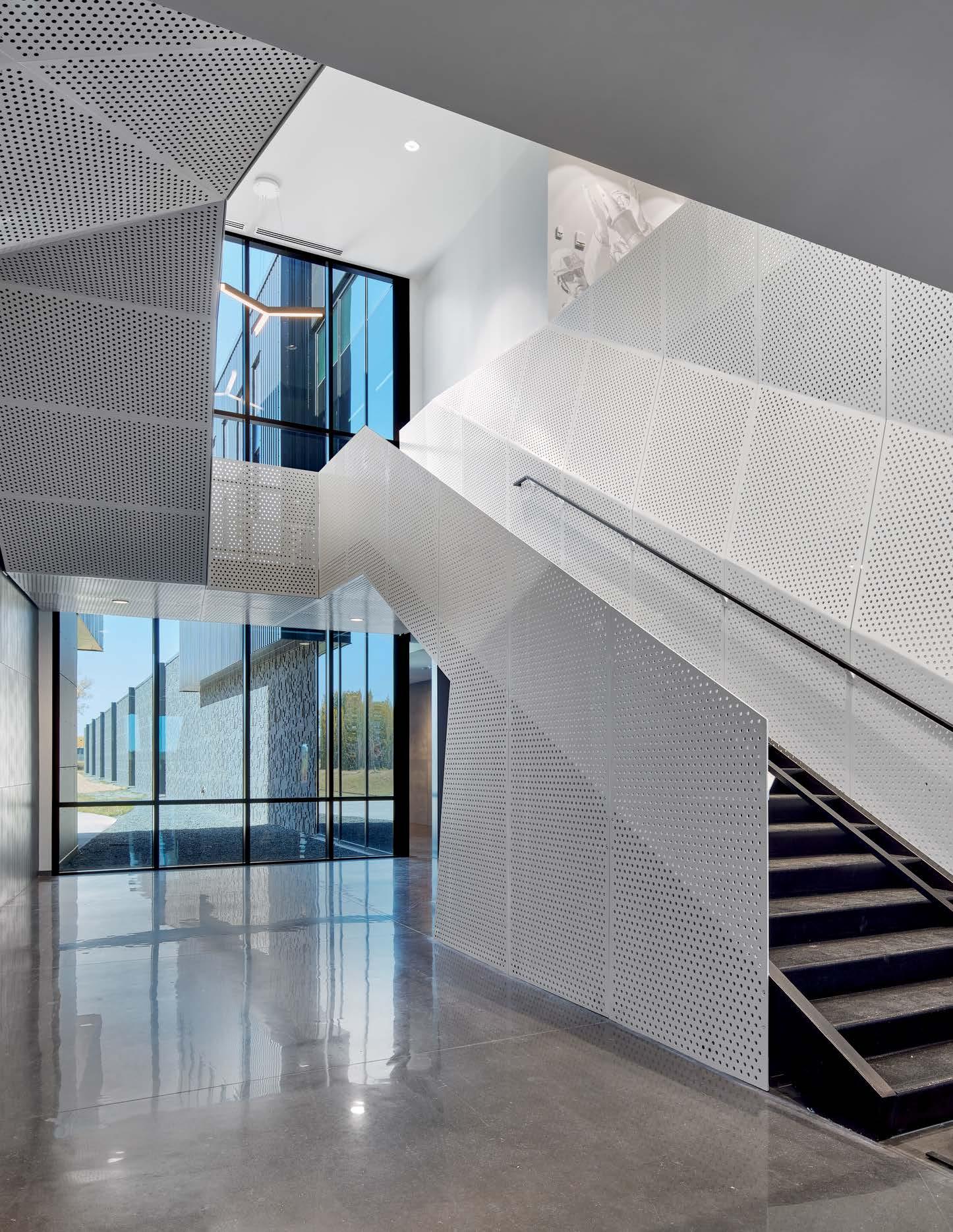

Resources
LEO A DALY is working to continually develop and improve resource materials to assist employees in incorporating our sustainability commitments into the design process. We work to find relevant sustainability related materials across the firm, and to find tools to report and track our project performance metrics for EUI or sustainable certifications. We provide guidance for project manager workload planning for sustainable design efforts.
HUB Sustainability Dashboard – A sustainability dashboard page located on The Hub and accessible to all employees provides links to various sustainability data for the firm, as well as resources and tools. The page includes links to find personnel with Sustainable Building Accreditations or total number of projects with Sustainable Building Certifications. View here.
Vantagepoint Sustainability Page – The sustainability tab of Vantagepoint Projects page includes areas for project teams to input and track AIA2030 reporting information for reporting through the DDX database and to enter Building Sustainable Certification information for LEED, WELL, Green Globes, B3, Energy Star.
Standard Design Driven Energy Analysis Hours Guide – This document provides guidance to project managers to plan for hours required for various levels of performance energy modeling.
Resource Library
Quick Reference Guides
Inflation Reduction Act (IRA) – Overview document of Inflation Reduction Act tax incentives available to clients.
Energy Use Benchmarking Tool Kit – Document provided to point design teams to tools to help benchmark building Energy Use Intensity (EUI) against other similar buildings to set energy targets and goals for projects.
Future Resource Development Goals
• Yearly review and updates to the Hub Sustainability Dashboard Content.
• Expansion of Vantagepoint Sustainability tab to facilitate reporting for the Materials Pledge and SE2050 Commitment.
• Sustainable spread templates for project proposal use.
Operations
There is a carbon cost to the business of design and LEO A DALY is committed to evaluating our company’s environmental impact to implement strategies for improving our operations and reducing our carbon footprint. By 2030, we are committed to reducing our carbon emissions per employee over a 2024 baseline by 50%. Our ultimate goal is to operate as a carbon neutral firm and we are in the process of identifying our strategies to achieve this target.
Our operations and policies impact the health and well-being of our employees and we have a responsibility to continually evaluate our policies and programs to further employee engagement and to support a culture of sustainability.
Carbon Benchmarking and Targeted Reduction Strategy
Establishing a plan to meet our emissions reduction targets is key towards holding ourselves accountable and implementing comprehensive strategies across the firm to improve our operations.
Step 1 - Emissions Benchmarking:
Our first step towards achieving targeted greenhouse gas emission reductions for our operations requires establishing our current emissions benchmark across all of our operating studios. In 2024, LEO A DALY engaged a third-party sustainability consultant to assist in the data collection, data analysis, and determination of our operational baseline emissions inventory. The inventory includes the following emission scopes:
SCOPE 1:
Emissions associated with company vehicles, refrigeration and air conditioning equipment leakage, and stationary combustion sources such as on-site heating boilers and emergency generations systems owned and operated by LEO A DALY.
SCOPE 2:
Purchased steam, chilled water, and electricity for studio operations.
SCOPE 3:
Emissions associated through evaluation of purchased goods and services, employee commuting, and business travel. A comprehensive employee commuter survey was developed for response by all employees to determine commuting emissions.
LEO A DALY will use the established greenhouse gas emissions inventory in 2024 as our benchmark for targeting future reduction goals.







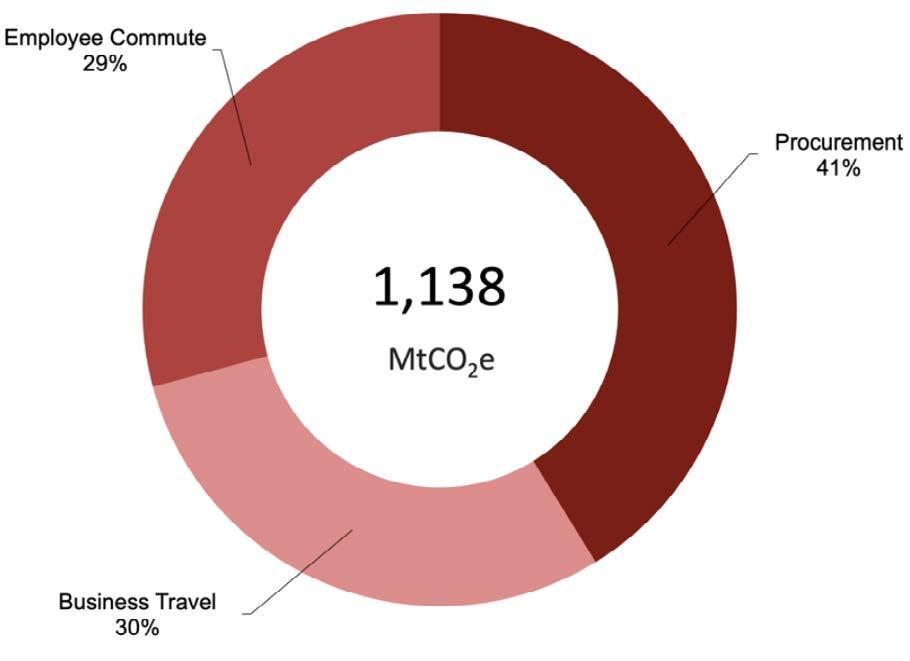
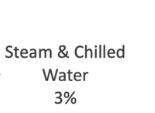
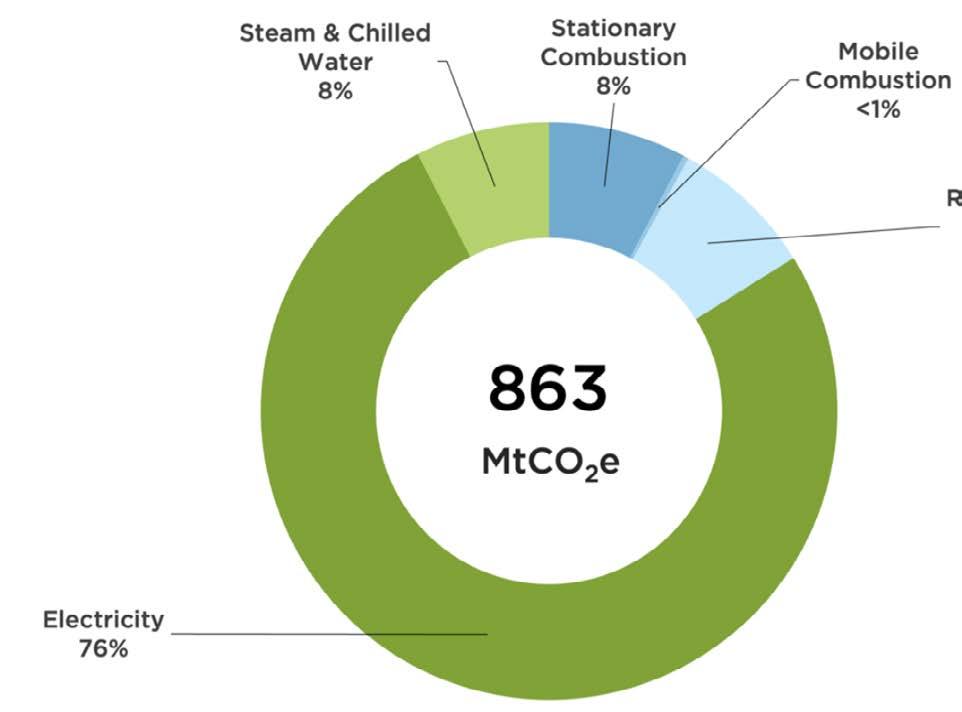


Step 2 – Carbon Neutral Pathway Plan:
Following the establishment of our greenhouse gas emissions benchmark, LEO A DALY will identify specific strategies across our operations to reduce our emissions to target a 50% reduction on a per employee basis by 2030. These strategies shall include:
– Policy Changes:
Operations and Sustainability Steering Committee to create new or modify existing policies around our high carbon activities identified through our carbon inventory exercise.
– Office Improvements:
Develop carbon reduction strategies in all of our office locations. Operations and Sustainability Steering Committee to establish champions and working groups in each studio to identify studio specific goals and targets.
– Low Carbon Real Estate:
Operations and Accounting to advocate for high-performance and low carbon real estate. Identifying preferred lease agreements for studios located in facilities that meet minimum sustainability certifications such as LEED, WELL, Living Building Challenge. Currently our Dallas, Los Angeles and Washington, D.C. studios have LEED certifications.
– Telecommuting Policy:
Policy allows an employee to work at home, or other approved remote location, for part of their regular workweek providing flexibility in their work-life balance.

Policy Status, Review, and Implementation for Sustainable Practices
Both comprehensive firm wide and studio specific policies are required to implement a holistic approach to addressing sustainable operations, health and well-being of our staff.
Studio Policy/Engagement:
Each studio specific sustainability champions group will identify sustainability programs and operations to meet studio determined goals and metrics. These groups will engage with the studio operations director and administrative staff for implementation and execution. Potential areas of focus include: Studio Ride Share Programs, Waste Reduction Strategies, Localized Wellness and Fitness Activities, Participation in Community Engagement Events.
Firmwide Policy/Engagement:
The Sustainability Steering Committee and Human Resources will on an annual basis review our current policies for support of a sustainable culture. Current policies implemented include:
– Wellness:
Discuss any wellness programs or mental health support programs through our company.
– Paid Parental Leave:
Effort to support new parent relationships and assist with balancing work and family life.
– Flexible Work Schedule Program:
Program designed to provide employees with the ability to schedule their work to better fit their work-life balance.
– Telecommuting Policy:
Policy allows an employee to work at home, or other approved remote location, for part of their regular workweek providing flexibility in their work-life balance.
Advocacy Community Engagement Initiatives 7
Advocacy /Community Engagement / Initiatives
Emphasizing a culture of sustainable design expands beyond the internal operations, education, and training within LEO A DALY. Finding avenues to advocate for sustainable design principles in the industry, with vendor partners, and through community engagement is critical to continue to elevate sustainable design understanding across the industry.
Conference Presentations and Publications:
LEO A DALY has spoken at various industry regional and national conferences on specific sustainability focused topics. We will continue to develop speaking topics based on internal research and/or case studies to submit to conferences.
Speaking Topics
• Implementing Electric Vehicle Charging stations on campus, understanding infrastructure impacts/costs due to new demand – 2023 CAPPA Regional Conference.
• Adaptive Reuse in Healthcare Facilities: Transforming Existing Structures for Sustainable Healthcare Solutions – 2024 Clean Med.
• How VA in Tulsa Is Using Adaptive Reuse to Serve Its Patient Community – 2024 Health Care Facilities Innovation Conference.
• Practical Lessons for Sustainability in Healthcare – 2024 ASHE Region 6 Conference.
• Sustainability in the Commercial Real Estate Market – 2024 Saint Paul Port Authority Panel Discussion.
• Do No Harm: The Relationship Between Healthcare and Climate Change – 2022 Healthcare Facilities Symposium and Expo.
• Increasing Healthcare-Facility Humidity to Reduce the Spread of Pathogens – 2021 ASHE Annual Conference.
Published Content
• Lighting and Sustainability Facilitate ‘Doing Good’ at Thurgood Marshall Hall – LEO A DALY Blog Post 2024.
• Future-Proofing the Past through Adaptive Reuse – LEO A DALY Blog Post 2024.
• Decarbonization: Challenges and Opportunities in Reducing Embodied Carbon – LEO A DALY Blog Post 2024.
• Decarbonization Strategies for the Whole Building Life Cycle – Facilities Management Advisor 2024.
Additional topics currently in development include:
• Adaptive reuse presentation for the AEI National Conference.
• Sustainability article for The Military Engineer (TME) Magazine.
• Path to Decarbonization Presentation.




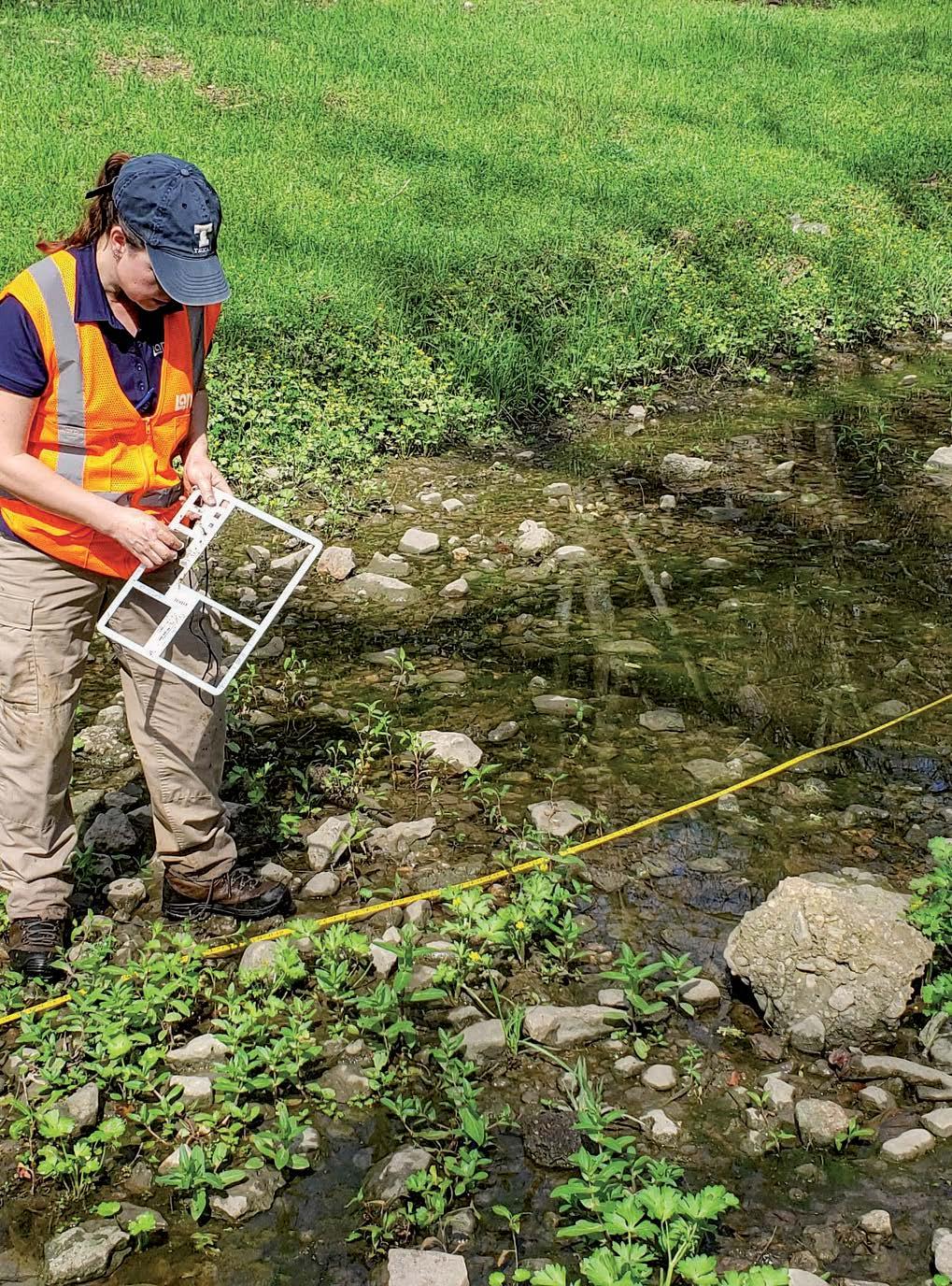
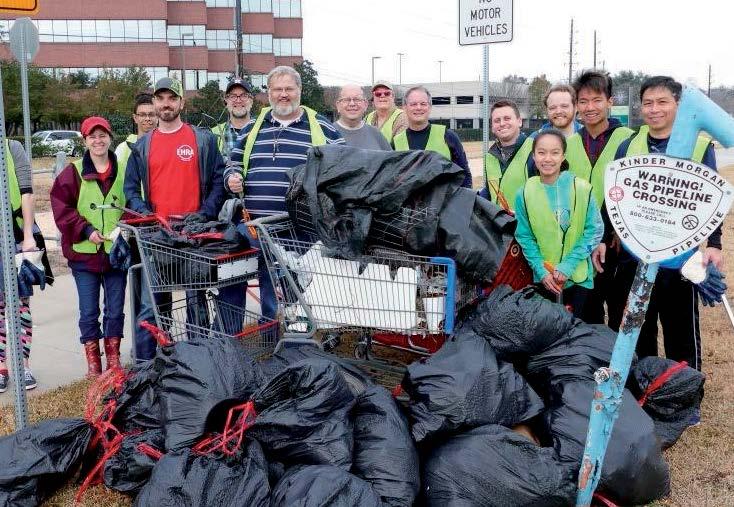
Community and Industry Engagement
Participating in community focus sustainability events and organizations advocates at a wider level the importance of sustainable considerations for LEO A DALY. Examples of community and industry engagement include:
• City of Omaha Climate Action Plan Community Stakeholder Focus Group participation.
• Organized Studio Earth Day Vendor Expos at participating LEO A DALY Studio locations.
• Studio specific community event participation.
• Nebraska Chapter of the Carbon Leadership Forum education sessions and employee membership sponsorship.
• CLF MEP2040 Quarterly Forum participation.
• ASHE EPA Energy Star committee membership.
Future advocacy goals include:
• Identification of additional industry organizations for employee engagement and participation focused in sustainable design advancement.
• Expansion of studio led and studio specific advocacy events or local community engagement activities.
Appendix A: Embodied
Carbon Action Plan


Education
Embodied carbon touches every project we do as a firm. Therefore, it’s imperative that every professional at LEO A DALY understand embodied carbon and be mindful of the effects their design decisions have on it.
Our initial embodied carbon education has focused on awareness.
Our key messages are:
• Our design decisions affect not just our buildings and our clients, they affect the world, through our carbon footprint.
• We can all reduce embodied carbon.
• SE 2050 is geared toward structural engineers, however, we will leverage our integrated design practice to think about embodied carbon through architecture, interiors and mechanical, electrical and plumbing engineering. We’ve made it a priority in our education efforts to break down the assumption that embodied carbon is solely the responsibility of structural engineers. Although structural elements are the biggest contributor to embodied carbon in a typical building, roughly 40-50 percent of embodied carbon comes from other disciplines. As an interdisciplinary design firm, we are committed to understanding not only the cost of structural carbon, but the role played by architecture and interior design as well. Working together, we can address it holistically.
Repetition has been important to our education efforts. At the beginning of 2020, an internal survey found that most employees were unfamiliar with the concept of embodied carbon. Today, after repeated exposure to the education efforts outlined below, we estimate 80 percent of designers across disciplines understand and appreciate embodied carbon. This percentage, and the actions related to it, will increase as we continue our education efforts.
Specific educational measures from 2024:
• Design Excellence Presentation: Companywide presentation focusing on embodied carbon in concrete and strategies for its reduction. The audience included structural engineers.
• University Presentation: Decarbonization in the Built Environment to the University of Nebraska Architectural Engineering AESLAC organization.
• Lunch and Learn Session: Organized an educational session specifically focused on implementing thermal breaks in structural systems to reduce thermal bridging, which reduces energy use and improves sustainability.
• SustainED: Quarterly internal newsletter focusing on sustainability including embodied carbon.
Knowledge Sharing
Knowledge sharing is a key part of our strategy for communicating our embodied carbon reduction work outside of the company. We believe that by sharing our efforts, successes and lessons learned with clients, the design community and the public, we can make a real difference in the fight against climate change. We are committed to weaving sustainability into everything we do, and our goal is to make embodied carbon information a central part of our brand story. By doing so, we hope to inspire others to take action on this critical issue.
Our knowledge sharing strategy uses multiple channels to reach our key audiences of clients, the design community and the public. Each one will require us to develop unique messages that speak to that audience’s concerns, and each audience will be receptive to different channels.
Knowledge sharing activities in 2024:
• Leadership in the Nebraska Carbon Leadership Forum and Minnesota Structural Engineers Association Sustainability Committee.
• Blog post: “Decarbonization: Challenges and Opportunities in Embodied Carbon”.
• Article: “Decarbonization Strategies for the Whole Building Life Cycle” in Facilities Management Advisor.
• Article: “Up to the Task,” about embodied carbon benefits of steel in the Saint Francis Hospital Muskogee design.

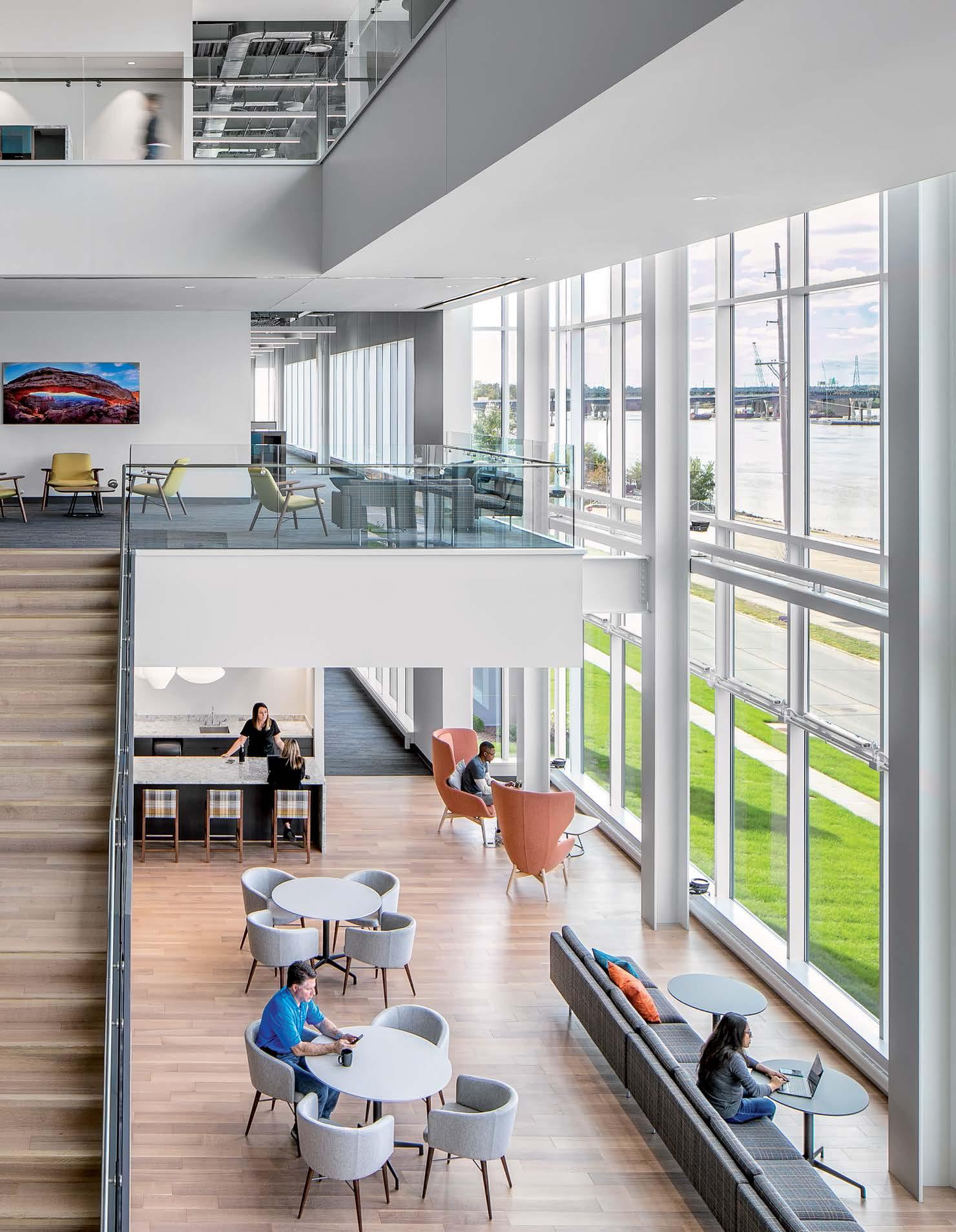

Reduction Strategy
Our strategy for reducing embodied carbon starts with accurate tracking and benchmarking of our design portfolio. This will give us an accurate baseline of how much embodied carbon we are producing.
Concurrent with this step, we are focused on updating our construction documents to include sustainability and CO2 reduction targets, based on the latest technologies researching and implementing design strategies that actively work to reduce embodied carbon.
We believe that this two-pronged approach will be the most successful in reducing our embodied carbon footprint. By accurately tracking and benchmarking our progress, we will be able to see the results of our efforts, teaming with material suppliers to specify alternative materials that reduce greenhouse gases and adjust our strategy as needed. Additionally, by actively researching and implementing design strategies that reduce embodied carbon, we will be able to have a direct impact on reducing our emissions.

Reduction strategies implemented to date:
• Tracking embodied carbon on select projects.
• Educating our employees on embodied carbon and how to reduce.
• Sharing the message of embodied carbon with clients, vendors, and industry.
• Educating partnering structural firms on the benefits of reducing embodied carbon and how to account for it.
• Marketing our expertise in adaptive reuse projects to add more to our portfolio.
• Designing buildings for durability/flexibility to promote longer building life.
Plan for future reduction:
• Select embodied carbon goals for projects in the schematic design phase.
• Create a standardized bill of materials to be included in project whole building life cycle assessments.
• Update specifications to include targets for embodied carbon values for specific materials (E.g.: concrete mixes).
• Conduct WBLCAs at selected project benchmarks (schematic design, design development, contract documents, as-builts).
• Consider embodied carbon in system selection during schematic design and design development.
• Include specification language requiring Environmental Product Declarations to be submitted for review for select materials. (Additionally, require EPD data to come in below specified benchmarks).
• Prioritize building structure and building shell for embodied carbon considerations.


Reporting Planning
Our efforts at tracking embodied carbon began in earnest in 2021, when we set a goal of tracking embodied carbon for six LEO A DALY projects during the year. In total we’ve tracked 20 projects, and the resulting data has been submitted to the DDX as part of our 2030 Commitment. In the process, we have developed insights that have helped improve the tracking and performance of subsequent projects.
With the signing of SE 2050, we evolved to:
• Calculate embodied carbon for structural materials using product-specific EPDs where available. If not available, we use industry averages from software programs like Tally.
• Gather EPDs using databases such as the EC3 tool by Building Transparency. We request individual project specific EPDs where appropriate on projects for materials procured.
• We use Tally to conduct life cycle assessments and quantify embodied carbon during the design stage.
• During design, our LCAs consist of systems level analysis using industry averages, including material life stages A through C. During material procurement, product level comparisons using EPDs consider stages A1-A3.
• We calculate material quantities using building information modeling, specifically Revit. Company standards outline which materials are included and which are excluded from modeling.
• We have submitted our data to the 2050 database and will continue to do so.
Elective Documentation
Education
• Present at least one webinar focused on embodied carbon and make a recording available to employees.
• Train all of our firm’s structural engineers on the core concepts and skills required to measure, reduce, and report embodied carbon.
• Initiate an embodied carbon interest group within our firm and outline our goals.
• Engage with a CLF regional hub.
Reporting
• Submit a minimum of two projects per U.S. studio with structural engineering services to the SE 2050 Database.
• Include all structural material quantities in our submissions to the SE 2050 database.
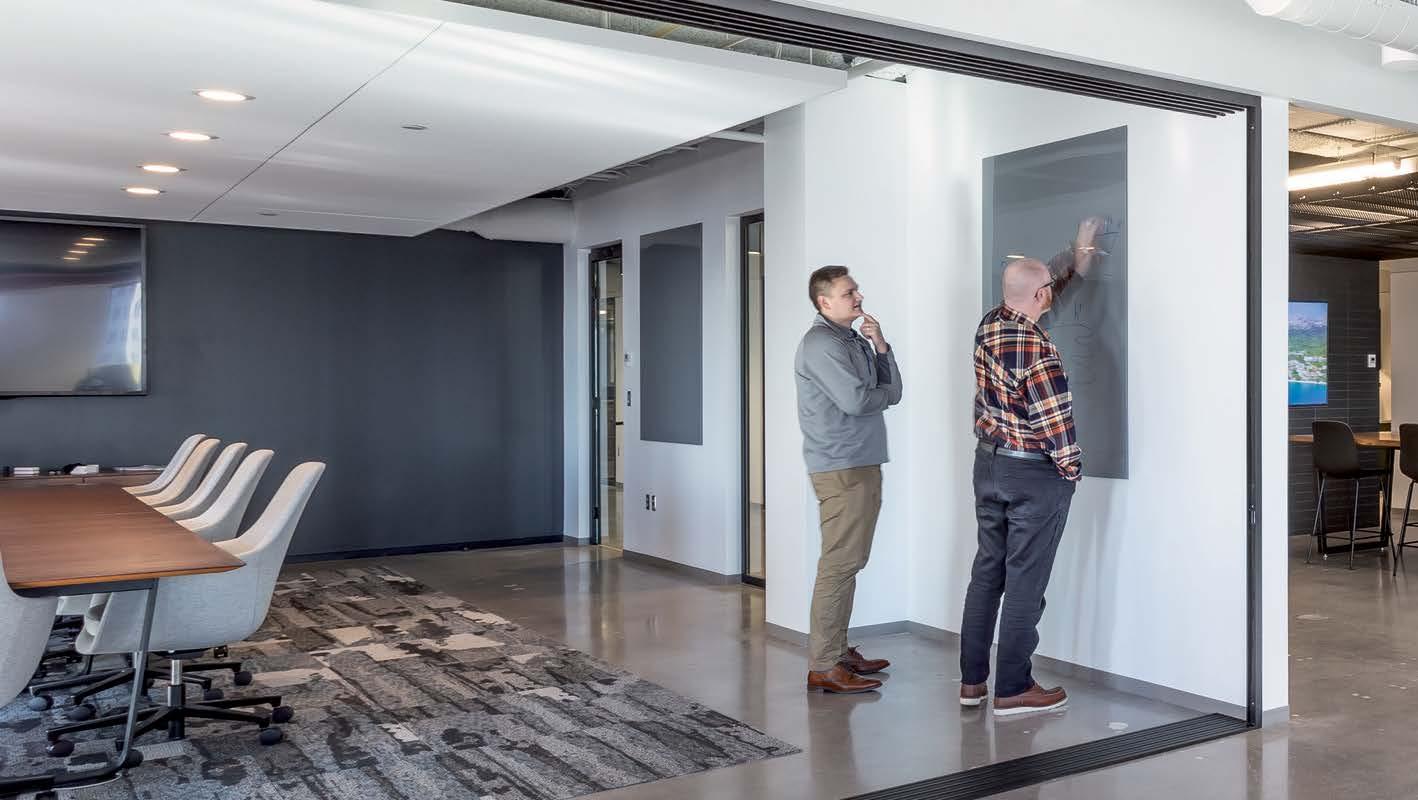
Reduction
• Update our specifications to include Global Warning Potential goal, and specify performance requirements rather than prescriptive, to all concrete producers.
• Integrated new language into our specification templates requiring Environmental Product Declarations (EPDs) for select projects and mandating procurement of materials with lower global warming potential compared to industry averages. These updated specifications were issued on at least two projects last year and incorporated into:
- Cast-in-place Concrete Specification
- Structural Steel Specification
- Steel Decking Specification
• Compare different design options with embodied carbon as a performance metric during the project concept phase. Explain what we did and what the results changed (if anything).
• Participate in a LEED, ILFI Zero Carbon, or similar project design charrette and speak to potential design considerations impacting embodied carbon.
Advocacy
• Publicly declare our firm as a member of the SE 2050 Commitment.
• Give an external presentation on embodied carbon that demonstrates a project success or lessons learned. Get connected at a CLF regional hub near you and be sure to post the recording.
• Engage with structural material suppliers in our region to communicate the importance of Environmental Product Declarations (EPDs) and low-carbon material options.
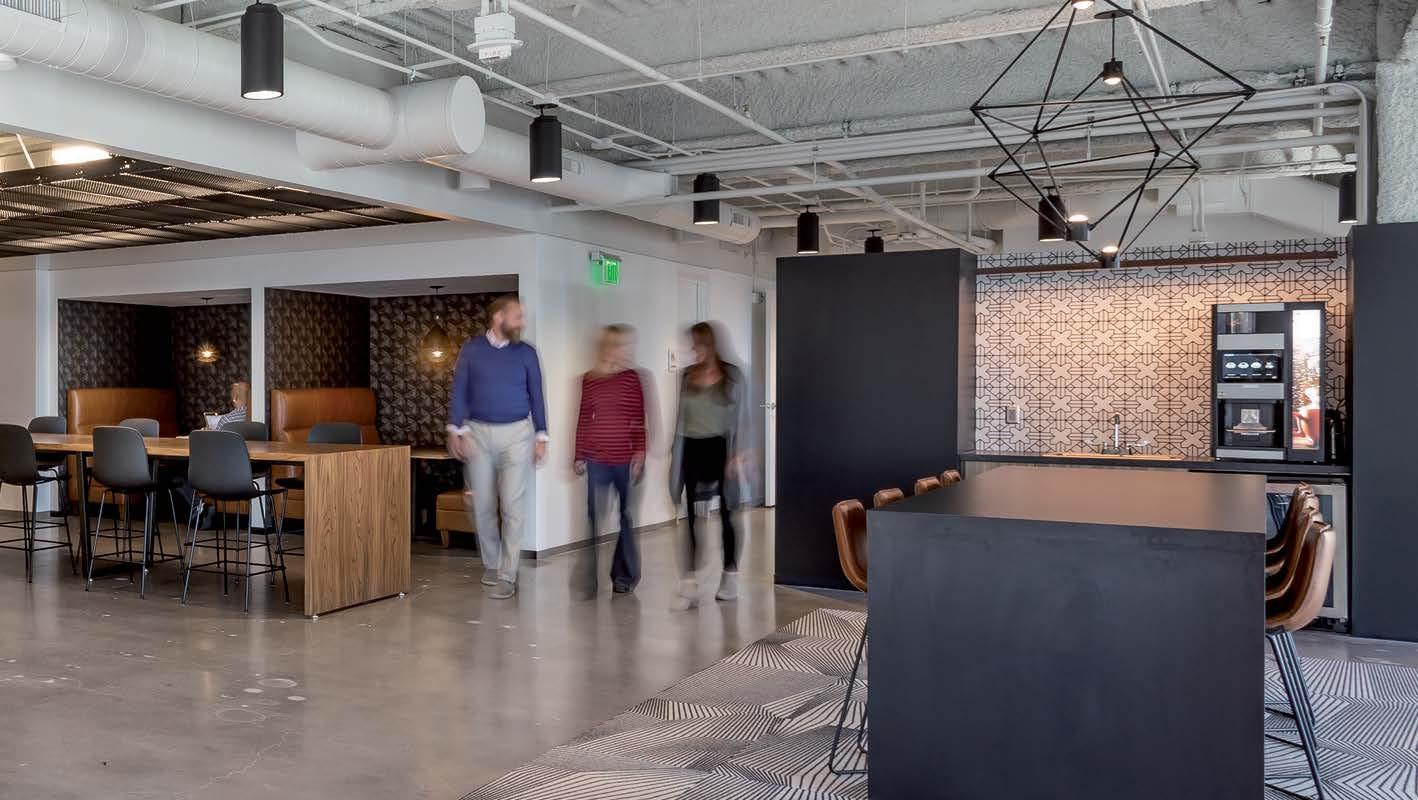
Appendix B: AIA Materials
Materials Pledge
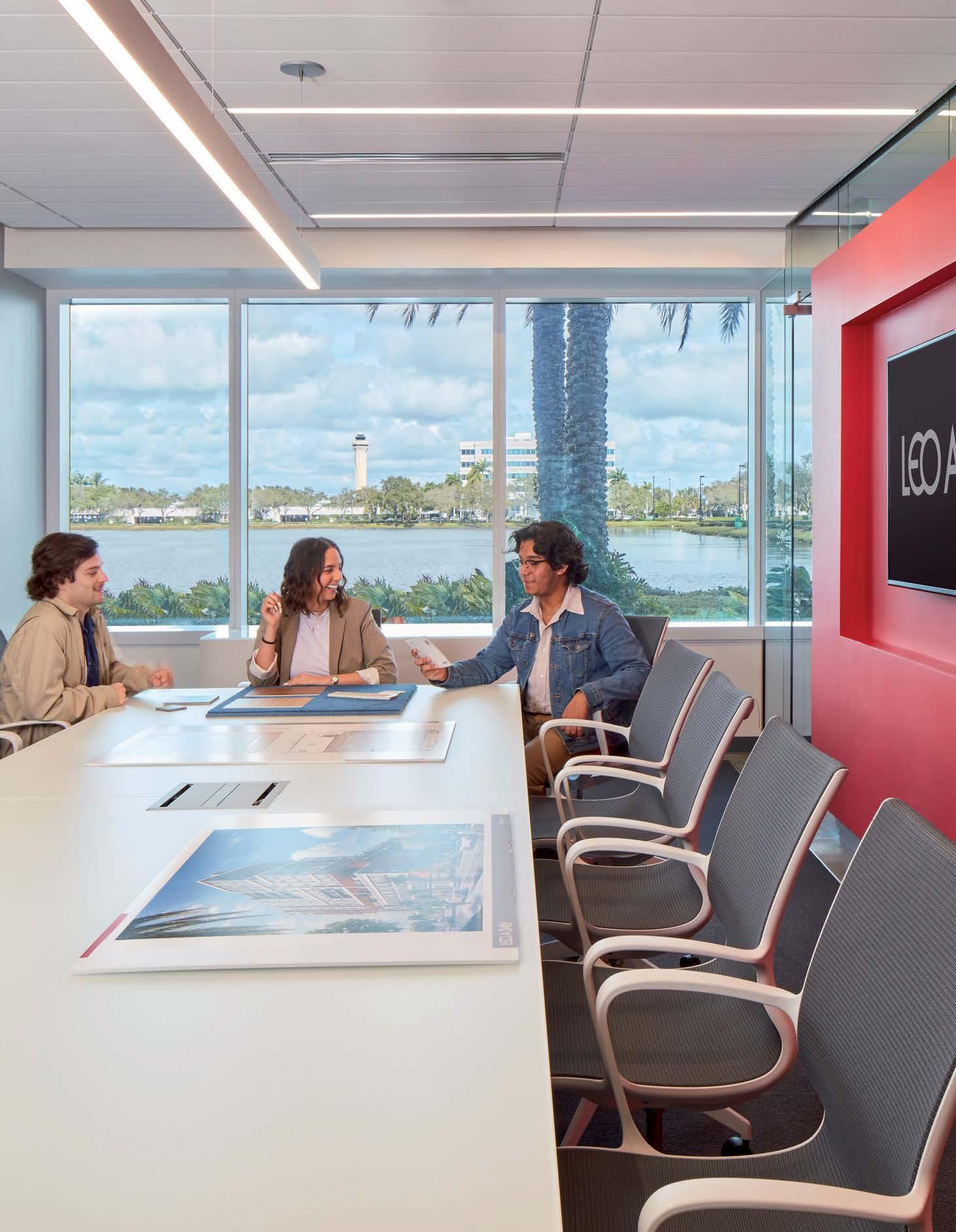

Company Commitment
We joined the AIA Materials Pledge as an extension to our participation in the AIA 2030 Commitment. We are committed to understanding the environmental and human health impacts of our building materials. As such, we are committed to raising awareness both internally within our teams and to our clients by developing resources to help our teams select and specify products that are responsibly and ethically sourced, free of hazardous substances, transparent in their chemical makeup and disclose their life cycle impacts.
Performing a comprehensive evaluation of the products that live within our designs and our libraries while balancing the priorities of our clients is of utmost importance. The AIA Materials pledge aligns perfectly with one of our guiding principles, “Responsible: Own the impact of our work.”
Design and Approach
The path to a sustainably responsible building starts with the design team aligning and understanding the goals of the clients. We prioritize the project goals as well as use our expertise to provide a design that incorporates both sustainability and minimizing impact on cost.
To achieve a design process that has sustainable choices intrinsically woven into the mindset of our team, we have endeavored to offer multiple avenues of education. We have made efforts to challenge our suppliers to do better and be transparent, while pushing for innovation that we can embrace. We weave fun and educational events into our daily routines. We challenge our teams to select and track sustainable choices even on non-certified projects.
Based on the five tenets of the AIA Materials pledge we have made headway in tracking and addressing human health, ecosystem health and climate health. We use tracking methods and physical libraries to reflect our priorities. We are currently focusing on additional efforts to address social health and equity and circular economy through education, research and relationships.
We feel an utmost responsibility to make choices that tread lightly on this earth while creating the places that we all can inhabit joyfully.


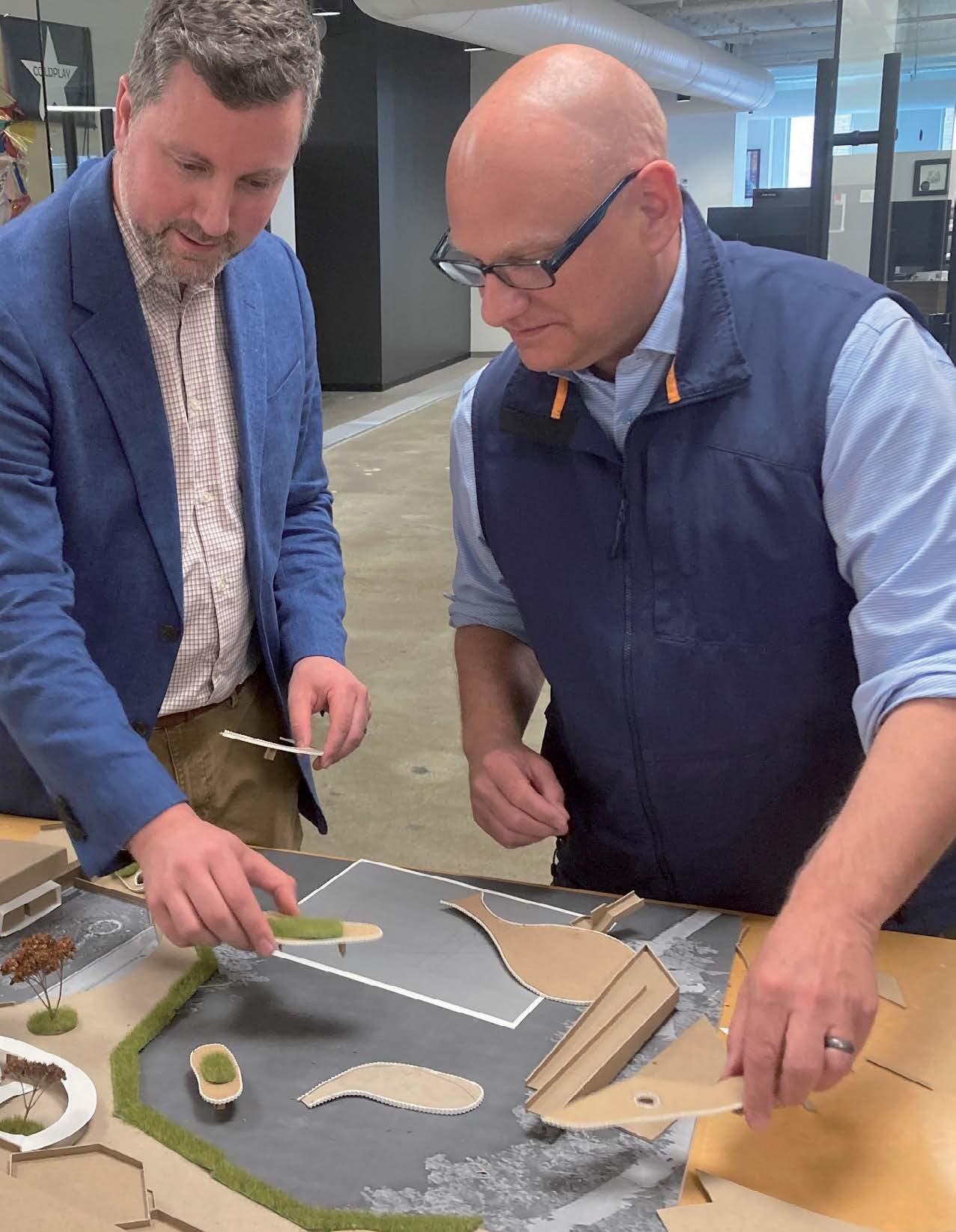
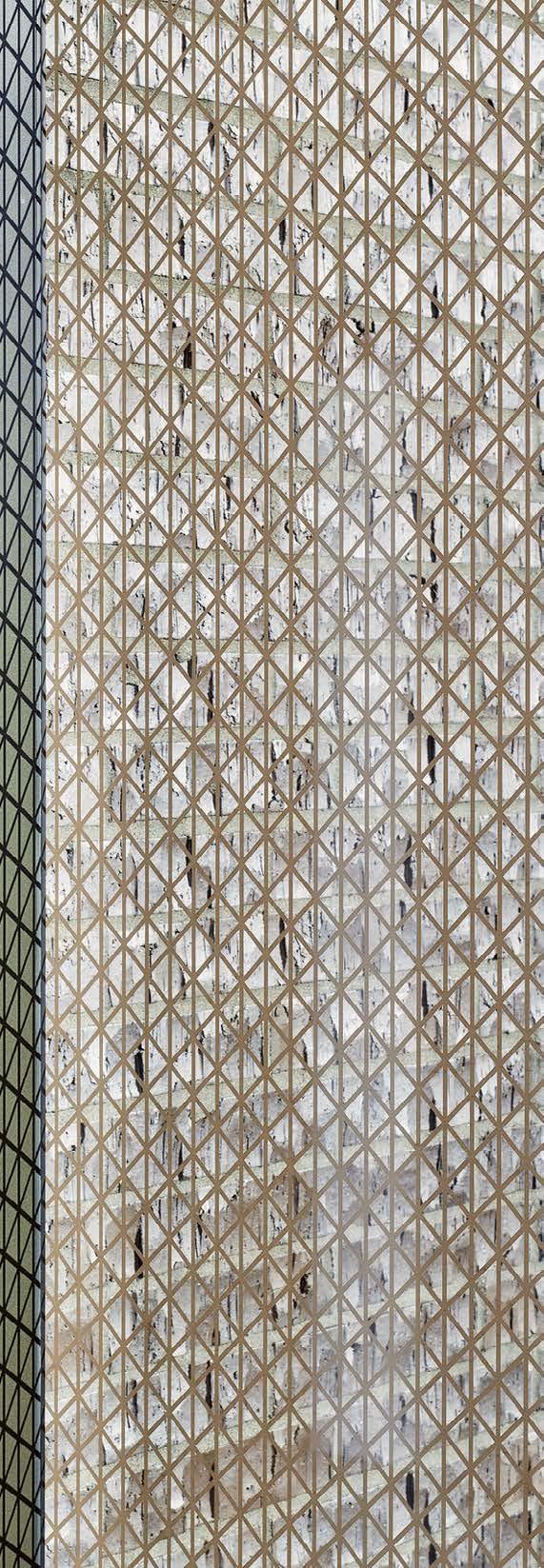

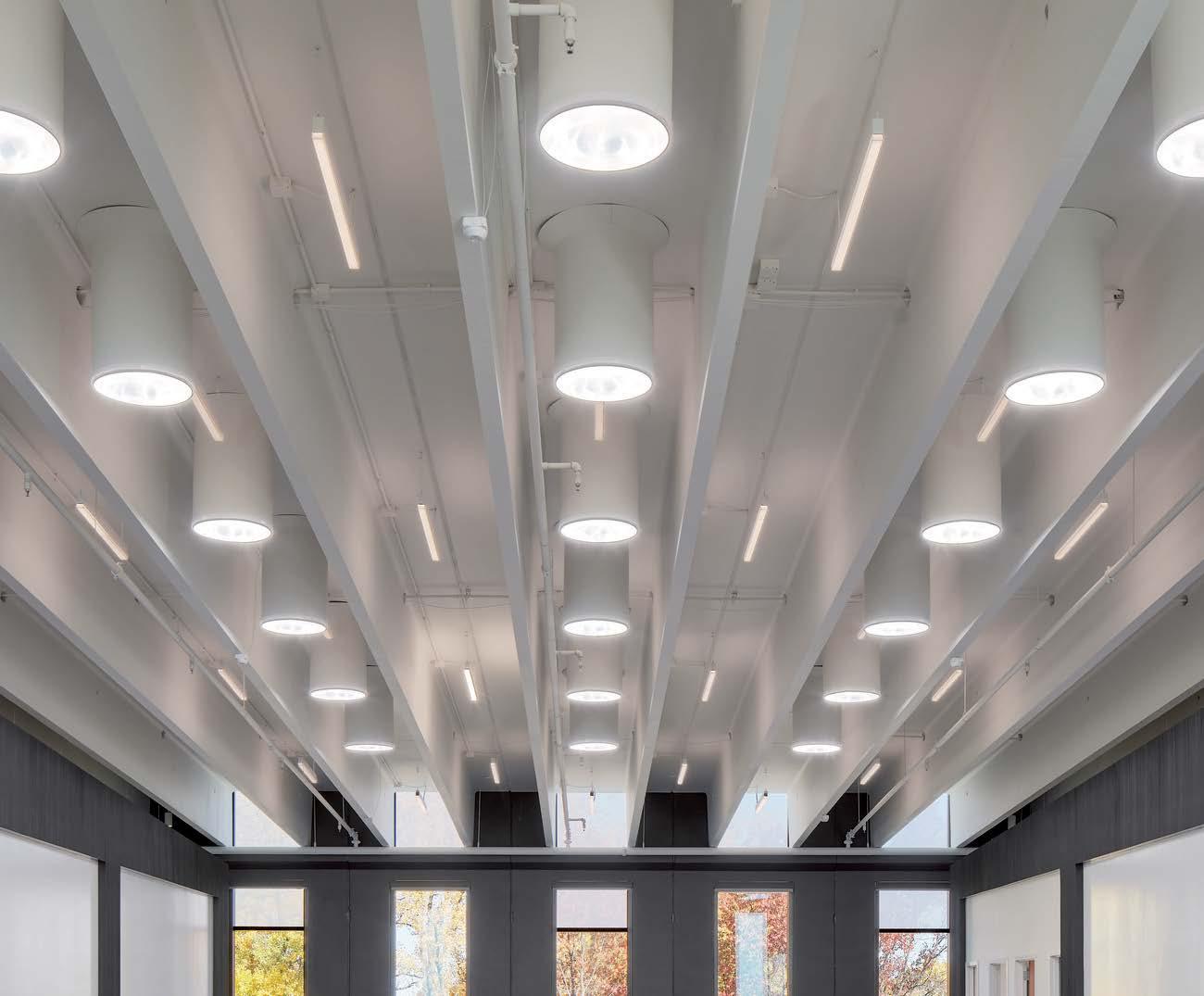

Goal Setting and Evaluation
We have a robust list of short- and long-term goals to help us achieve the objectives in this pledge. Highlights include:
• Requiring all interior finish materials to be low VOC on all projects.
• Requiring a minimum quantity of materials to have EPDs to reflect our commitment to transparency.
• Prioritizing education of the teammates through multiple avenues including a quarterly internal Sustainably focused newsletter, monthly education Greenworks series calls, easily accessible internal website resources and outside manufacturer presentations.
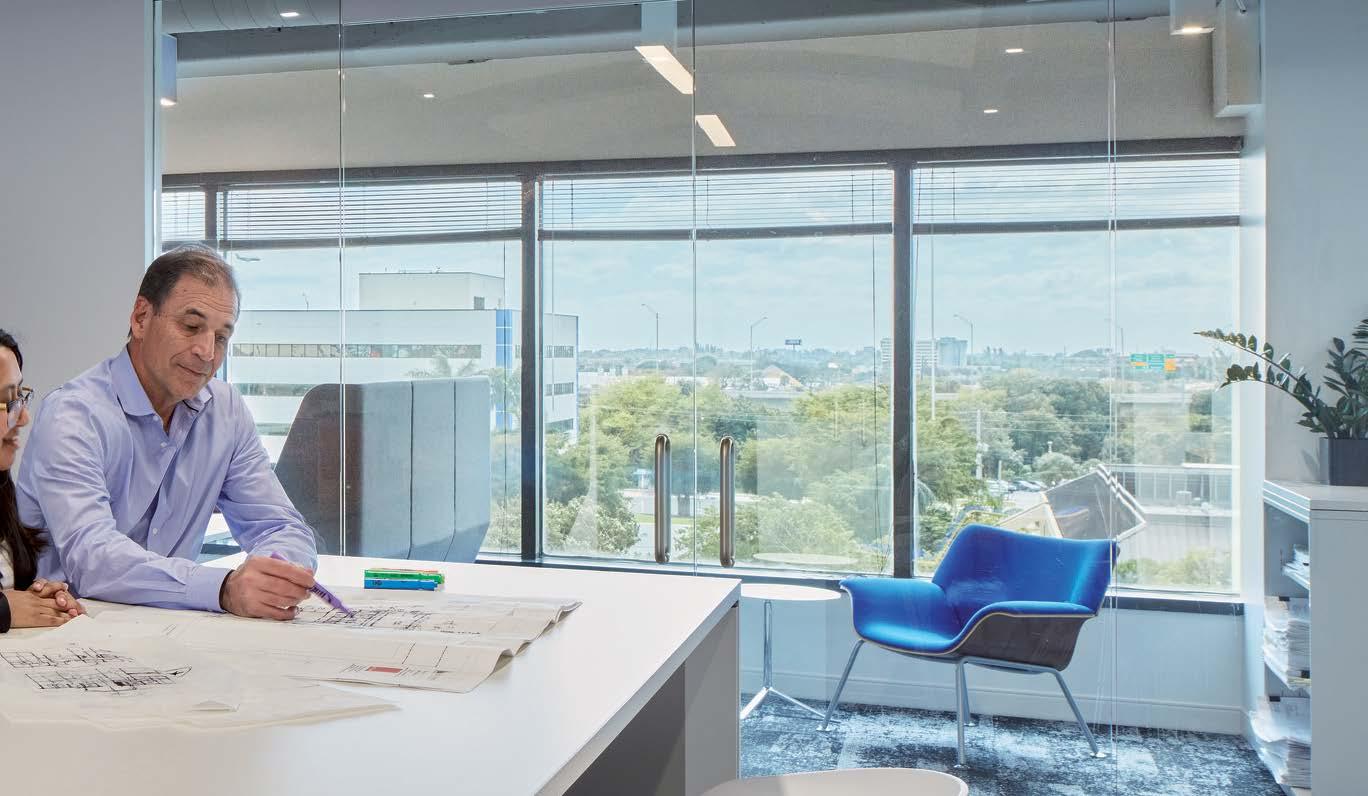
Governance and Reporting
Regarding material usage in the buildings, our designers have primarily functioned as a member of the team to help report to the individuals who perform the LCA analysis tasks as needed. We continue to educate ourselves on how to select materials with a better performance track record and finding the embodied carbon information of our selections in order to complete that piece of the analysis as more interior finish materials begin reporting this information.
When engaged on a certified building such as LEED, MNB3, Green Globes, WELL or Fitwel, we have internal tools and tracking methods as well as educational opportunities that focus on online tools for streamlining or guiding the selection process.
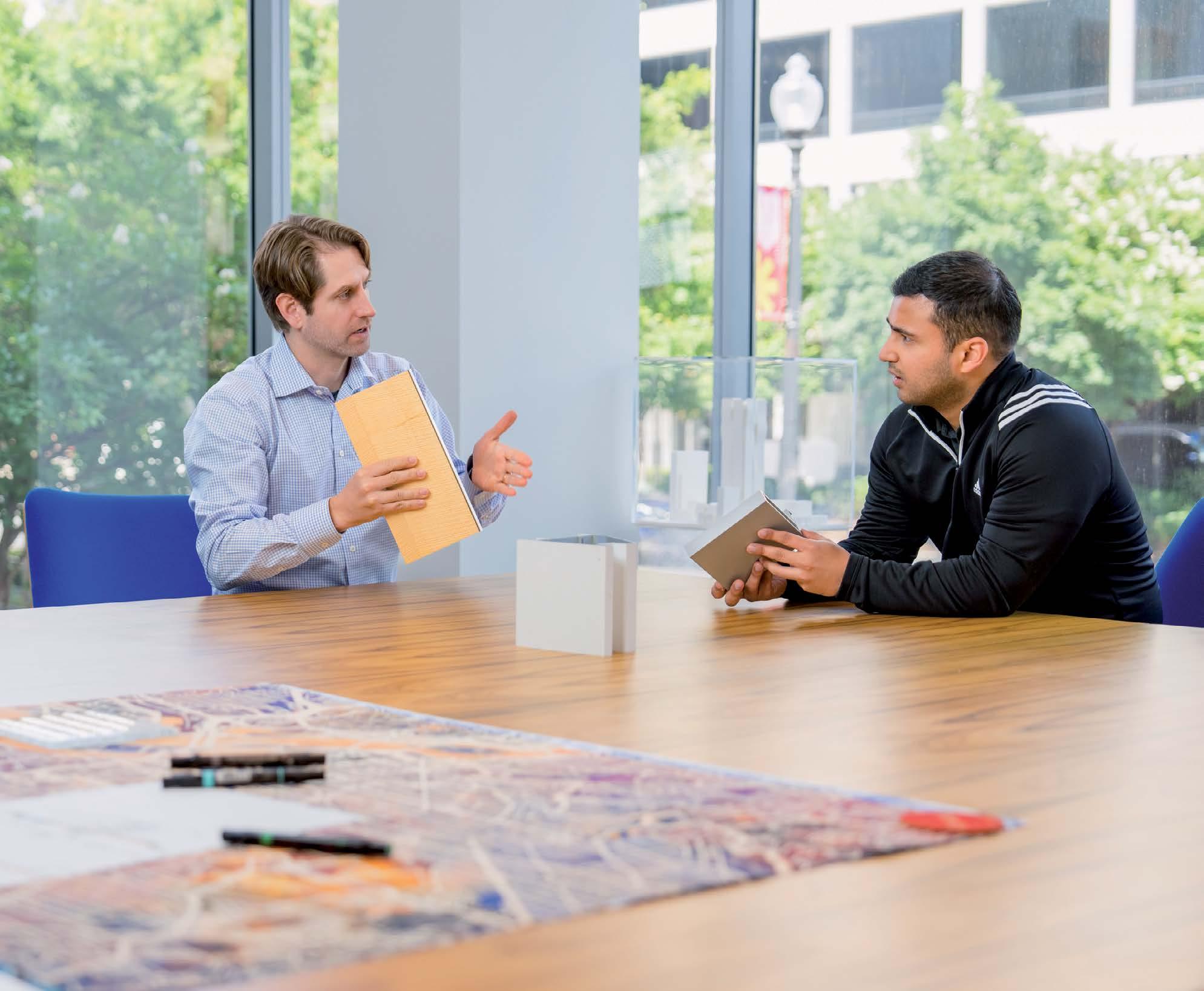

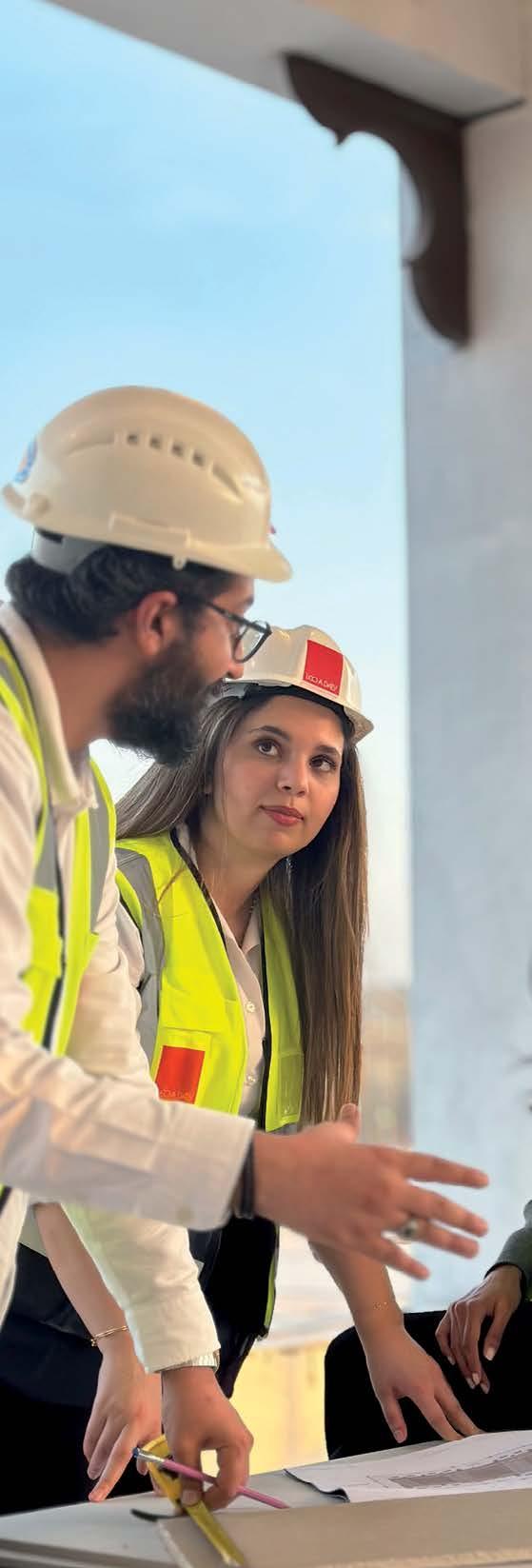

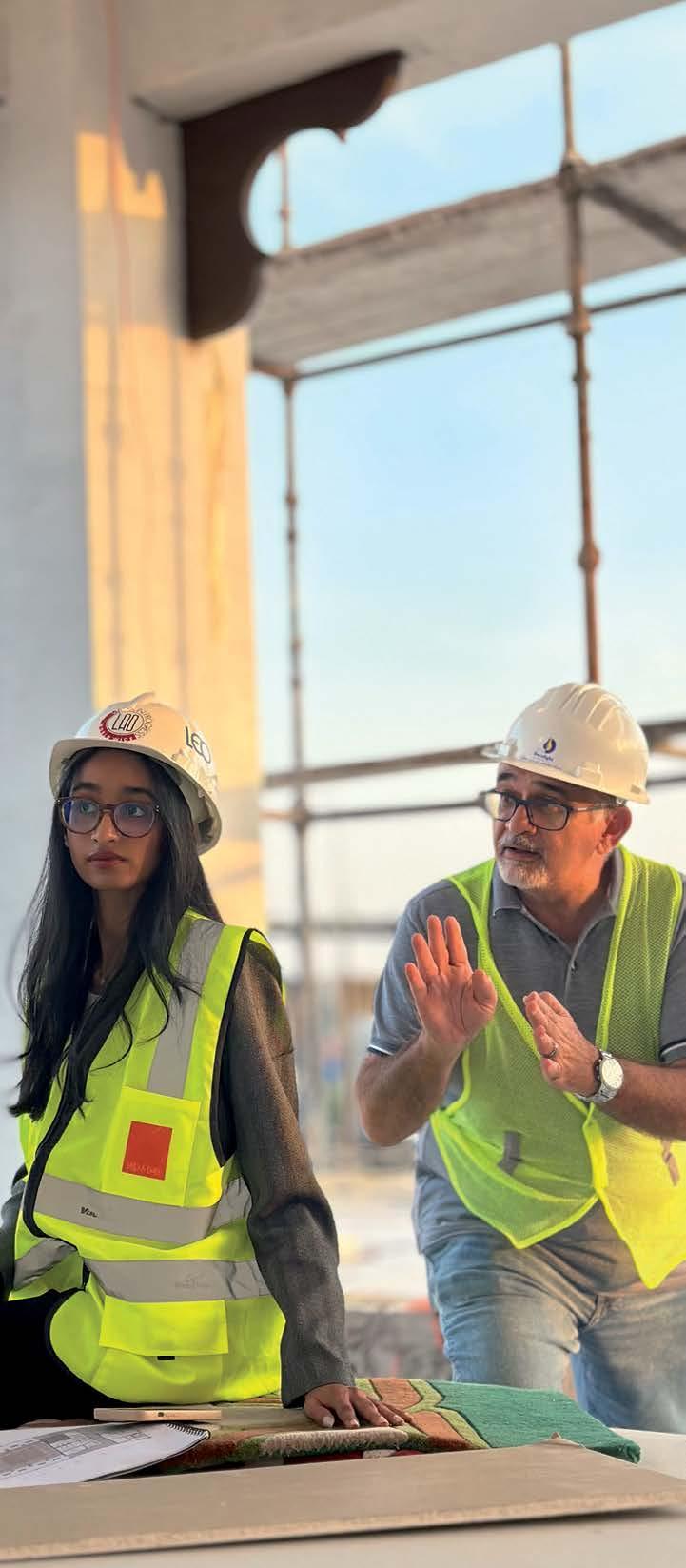
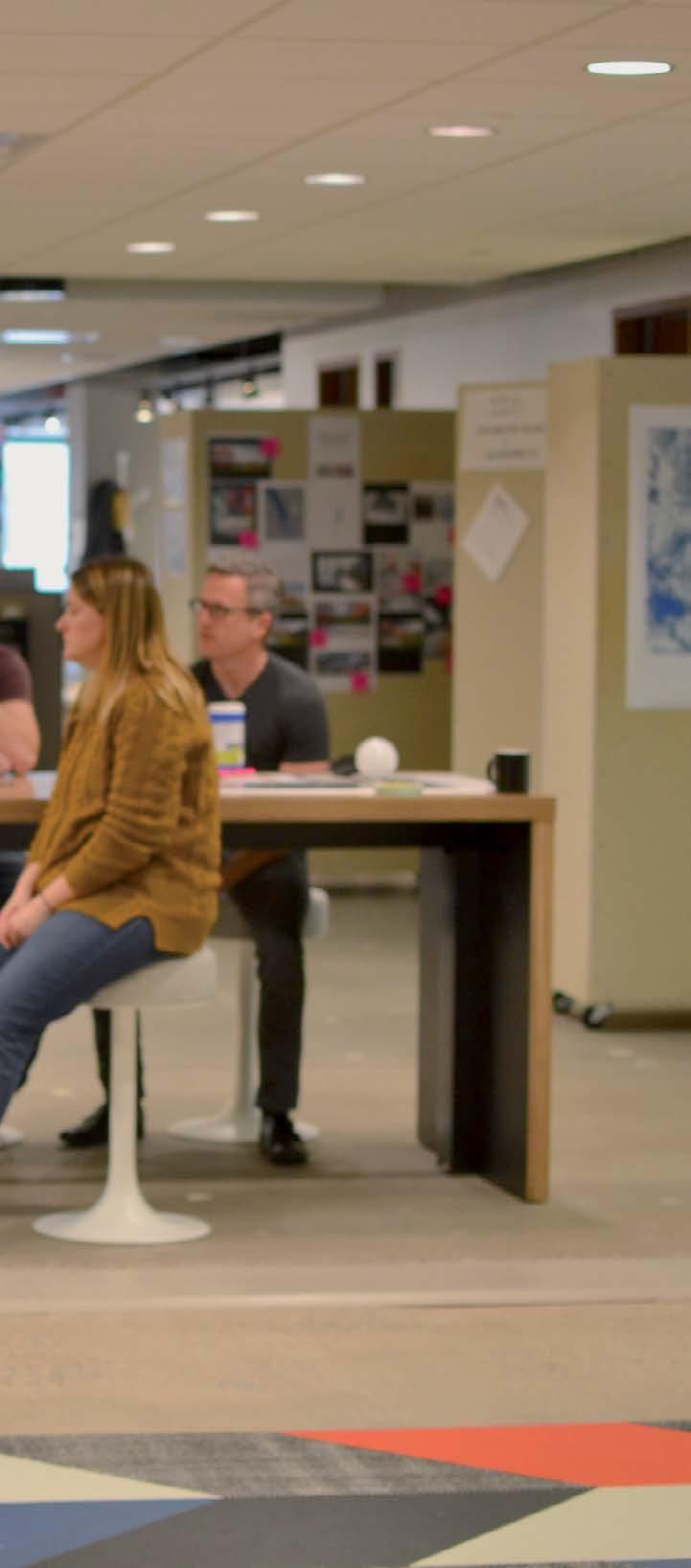
Internal Training and Education
We assessed the gaps in knowledge through focused conversations nationwide with our Interiors leadership. We then formed a multi-discipline materials focused working group to address those gaps. We have been approaching education as a multi-tiered effort to distribute information.
Key strategies include:
• Monthly online sustainability conversations
• Quarterly sustainability newsletter
• Continuous update of our internal website which provides resources to employees
• Engaging outside vendors to present locally to our teams on topics ranging from embodied carbon to manufacturers' specific efforts to clean-up their processes
• Additional learning opportunities through industry conventions and courses and knowledge-sharing of lessons learned to other employees
• Encouragement to all designers to read and understand the AIA sustainability resources that are readily available and to implement those into the design process
Outreach and Advocacy, External Knowledge Sharing
We encourage our employees to actively engage in local community events, with each location prioritizing a variety of charities. Participation in conventions and professional organizations is also highly encouraged. Additionally, we host an annual event with local manufacturers' representatives, focusing exclusively on sustainable offerings and multidisciplinary collaboration. Many of our staff members are LEED, WELL, or Fitwel certified, and we actively promote their involvement in these initiatives.
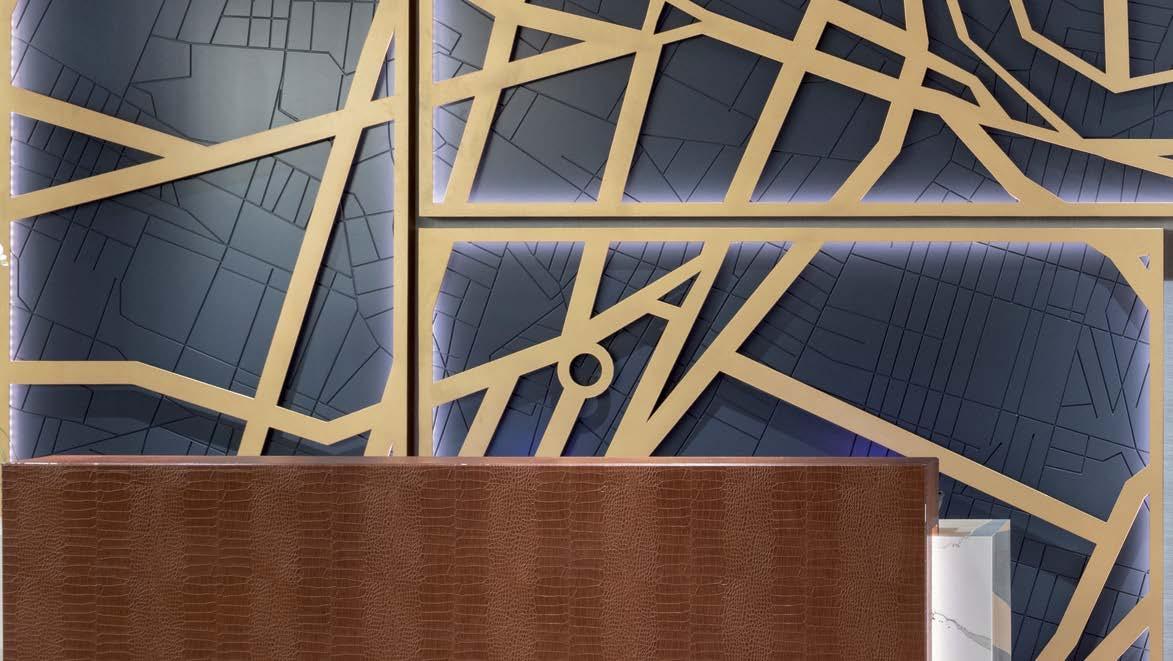
Operations and Outlook
Our working group is represented on a larger national committee that examines our operational carbon footprint. Various measures are implemented across different locations, including the elimination of bottled water, the establishment of recycling and composting centers, and the development of recycling partnerships with schools for sample materials. Additionally, we offer fresh fruit and healthy snacks to employees, among other initiatives.
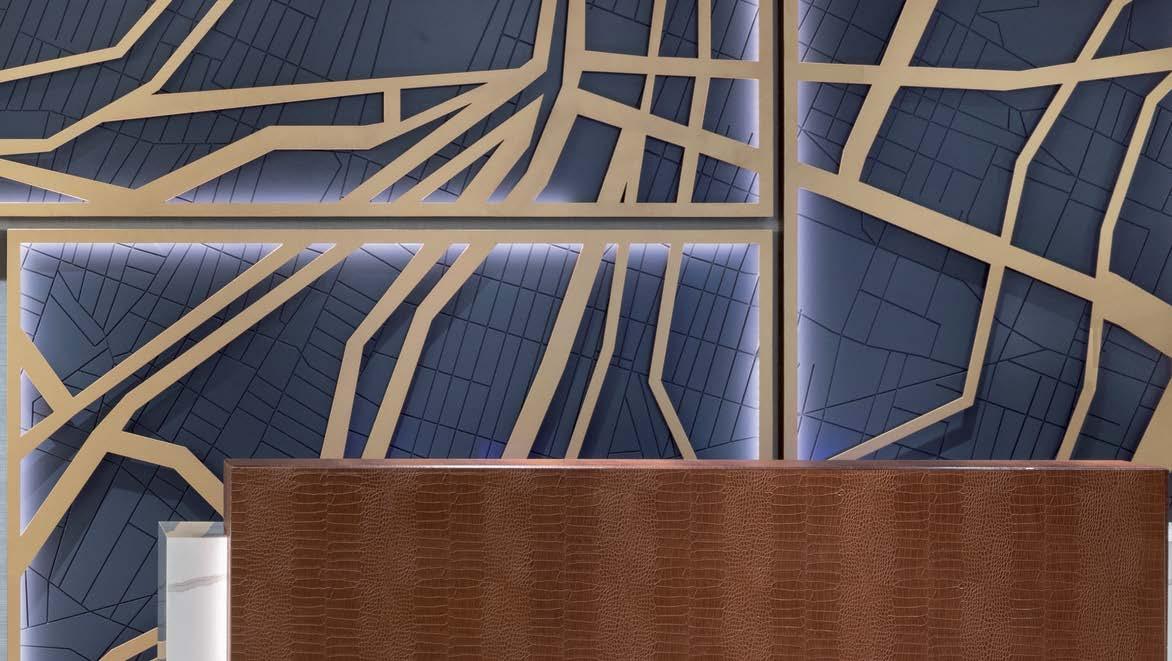

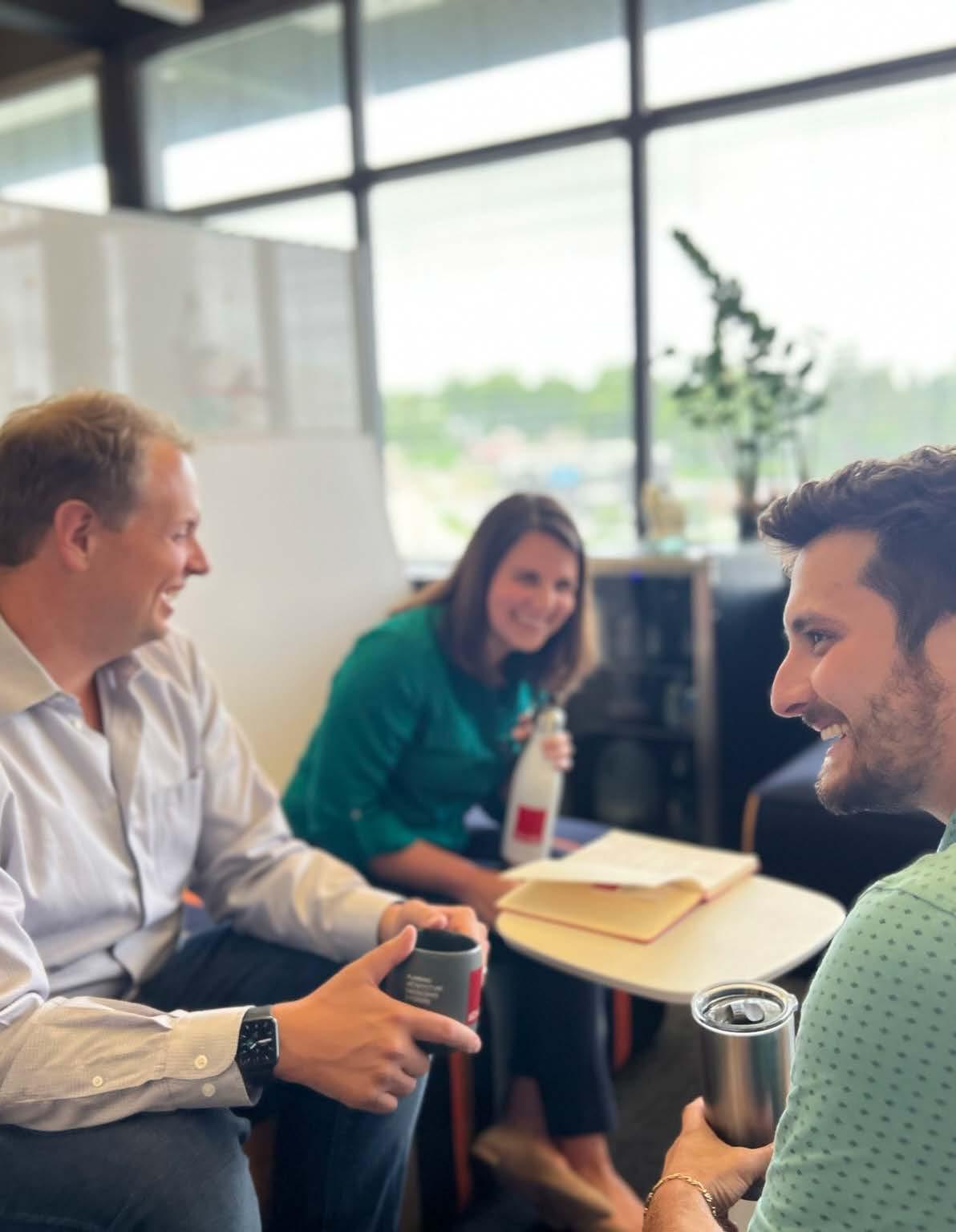
INTERIORS
